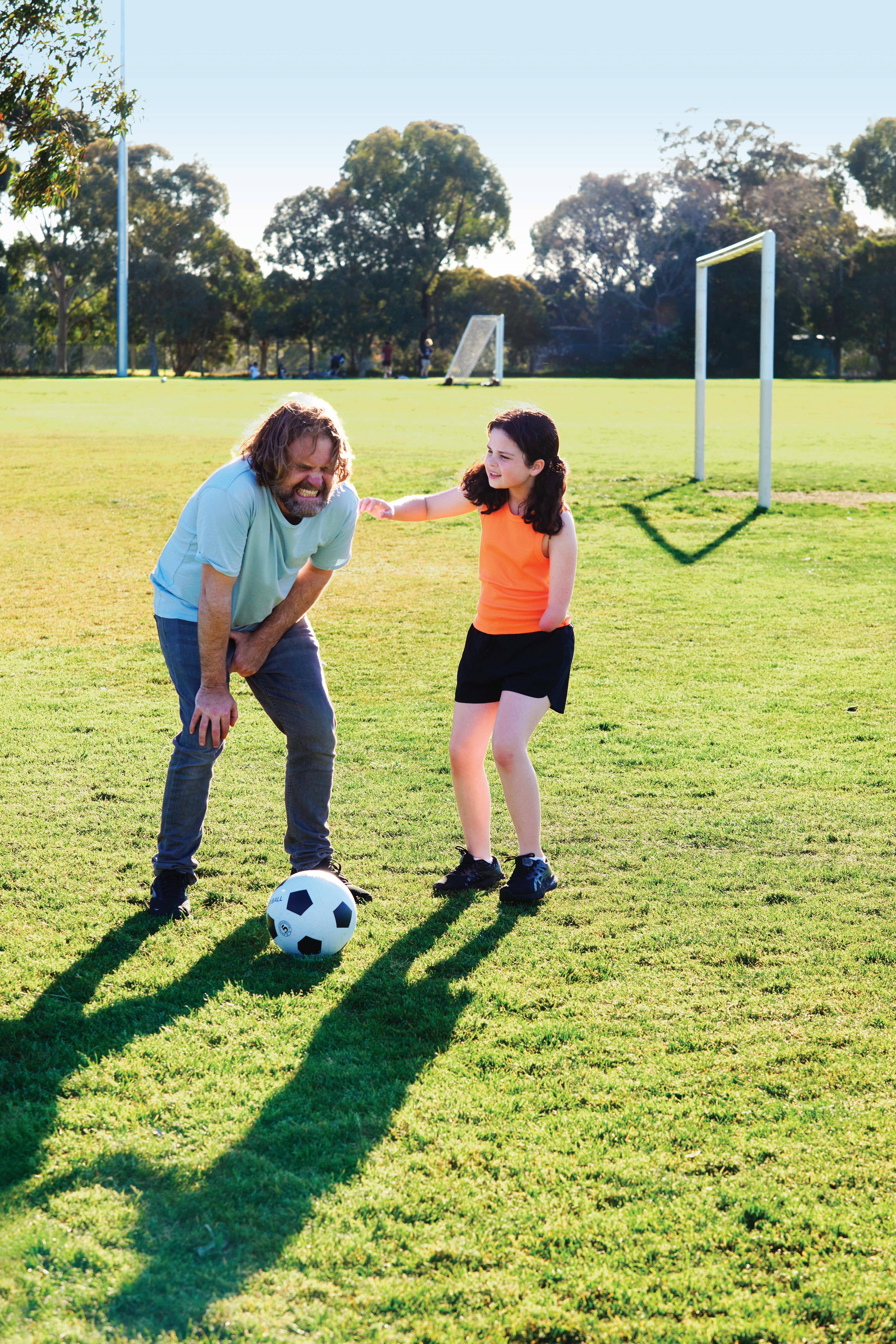


Intensive programs still available throughout 2024 - but filling fast!








Intensive programs still available throughout 2024 - but filling fast!




Have you thought about supporting your child’s healthy growth and development while they sleep?
Encourage supportive sleep with our range of nighttime positioning aids, designed to promote proper alignment, enhance respiratory function, and ensure uninterrupted sleep.
Help improve your child’s comfort and well-being throughout the night, fostering restorative rest for optimal development.
In our world of raising kids, teens and young adults living with disability, there is one thing that is often overlooked amongst the therapies, interventions and caring that takes place – their mental health. We’re regularly told to consider our own mental health as parents and carers, to prioritise our emotional wellbeing, take time out and fit our own masks first to be able to be the best for our young ones, but what about their mental health? Thankfully, there has been a growing movement to raise awareness of this, to identify early signs and intervene in an appropriate way when necessary. In this issue we explore how children and young people with disability are impacted by mental health issues and some strategies to support them. It’s well worth a read!
It’s a jam-packed issue (as always) and we also focus on the hot topic of the NDIS review and two key elements relevant to families of children and young people – foundational supports and navigators, we preview the Paris Paralympics, explore what happens at a mobility equipment fitting and have included a comprehensive pushchair and stroller review.
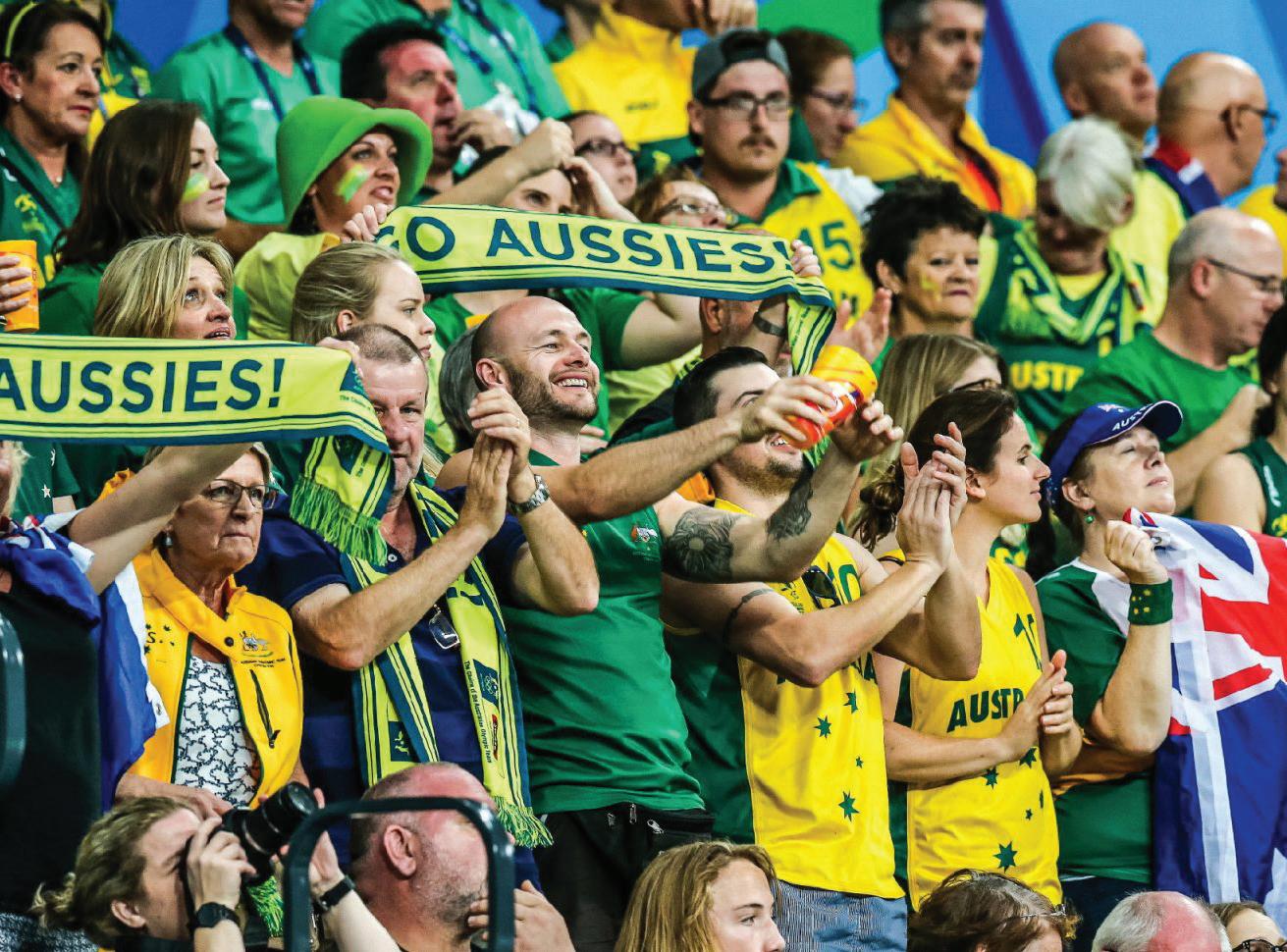
And I can’t leave this welcome without saying a BIG HAPPY 10TH BIRTHDAY TO SOURCE KIDS!! That’s right, we’ve been around for a decade and we’ve kicked some pretty big goals in that time –but more about that on pages 46-47; please make sure you check out our highlights and if you don’t already follow us on Facebook and Instagram (our handles are below) jump on now we’ll be sharing our celebrations with you all there!
Love to you all,
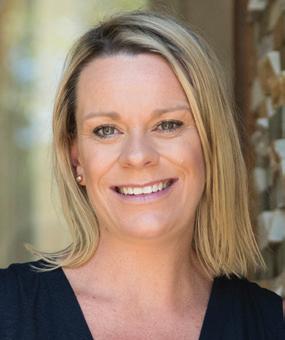
CONTENT EDITOR: Nicole Davis
PRODUCT EDITOR: Kelly Wilton
HEAD OF SALES & BUSINESS DEVELOPMENT: Matthew Rainsford, matthew@sourcekids.com.au 0409 418 362
HEAD OF EVENTS: Naomi Sirianni, naomi@sourcekids.com.au 0447 755 043
GRAPHIC DESIGN: Emma Henderson
PUBLISHER/CEO: Emma Price
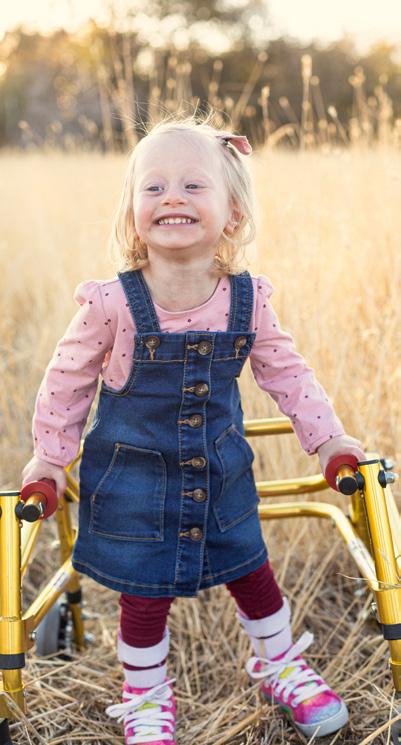

In February 2023, autistic pilot Hayden McDonald was the winner of the ABC Trailblazers award. His goal? To fly solo around regional Australia. And in December of 2023 he completed his mission. Check out his socials to find about more about his amazing journey and adventures.
wingswithoutbarriers.com.au
@wingswithoutbarriers
@wings_without_barriers


Cool Tools is an animal-themed collection of emotional regulation cards designed to address anger management for kids. They help provide the tools to navigate strong emotions, encouraging improved well-being. The 42 card packs are colourcoded into five self-regulation categories: resting, moving, sensing, expressing, and thinking. mydiffability.com.au
Is your child interested in skateboarding and wants to learn how to do some sick tricks in a supportive group? Shredabilities offer a skateboarding program that is more than just the sport - focusing on enhancing motor skills, building confidence, and social connections for children of all abilities. Location is ACT & NSW. abilitiesunlimited.com.au
@AbilitiesUnlimitedAustralia
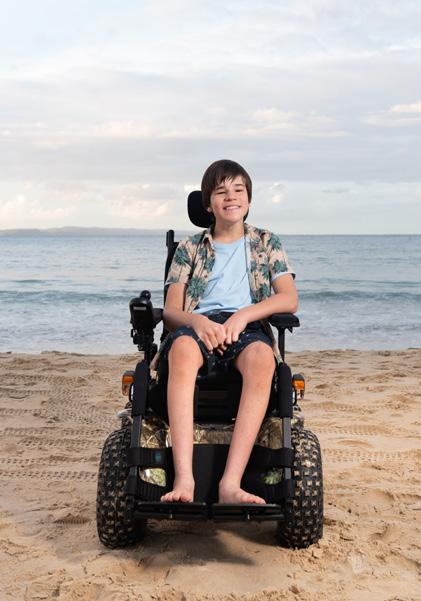


Did you know that we have an amazing FREE resource to help you if you’re looking to acquire or replace valuable assistive technology products for your child or young adult? We’ve covered manual and powered wheelchairs, pushchairs and strollers, bikes and trikes, standers, walkers, seating and positioning, bathroom aids and beds and sleep systems. It’s your assistive tech bible!

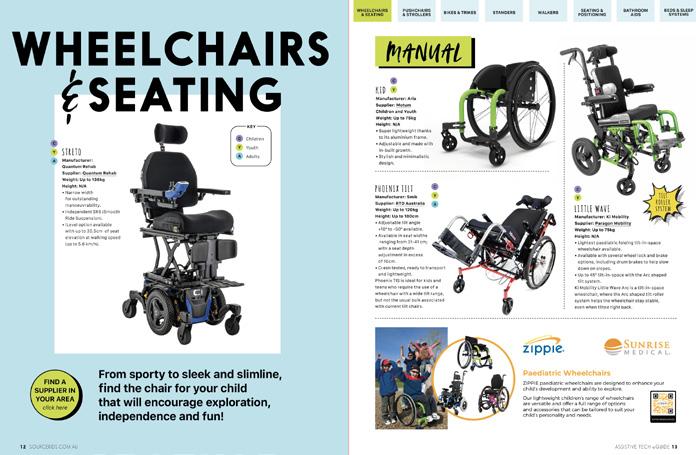
We are a team of experienced occupational therapists, speech pathologists, psychologists, positive behaviour support practitioners, social workers, music therapists and physiotherapists.
With a united focus on achieving your goals, we’re more than a service – we’re your partners for therapy supports.
Visit us at livebig.com.au or call us on 1300 390 222
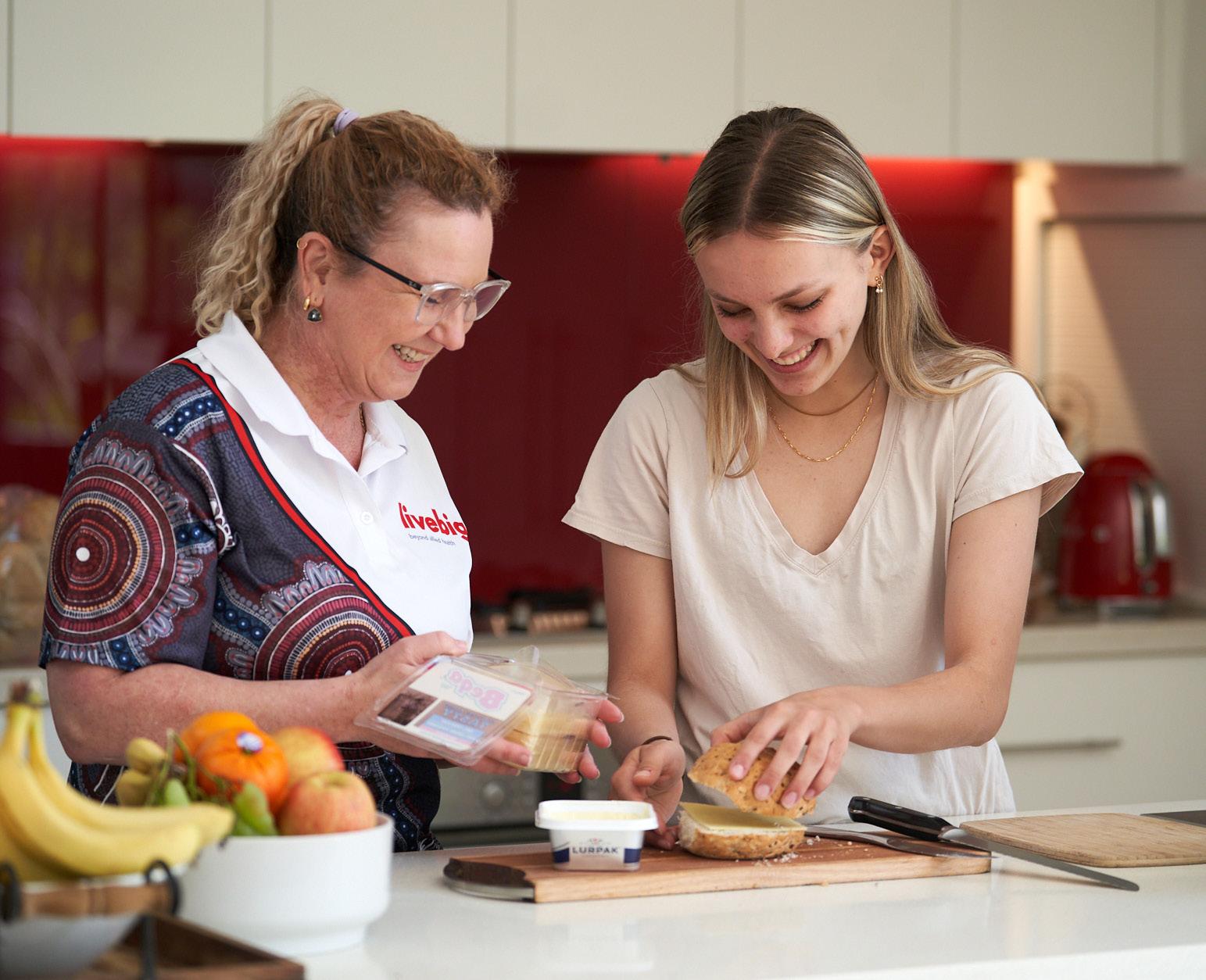
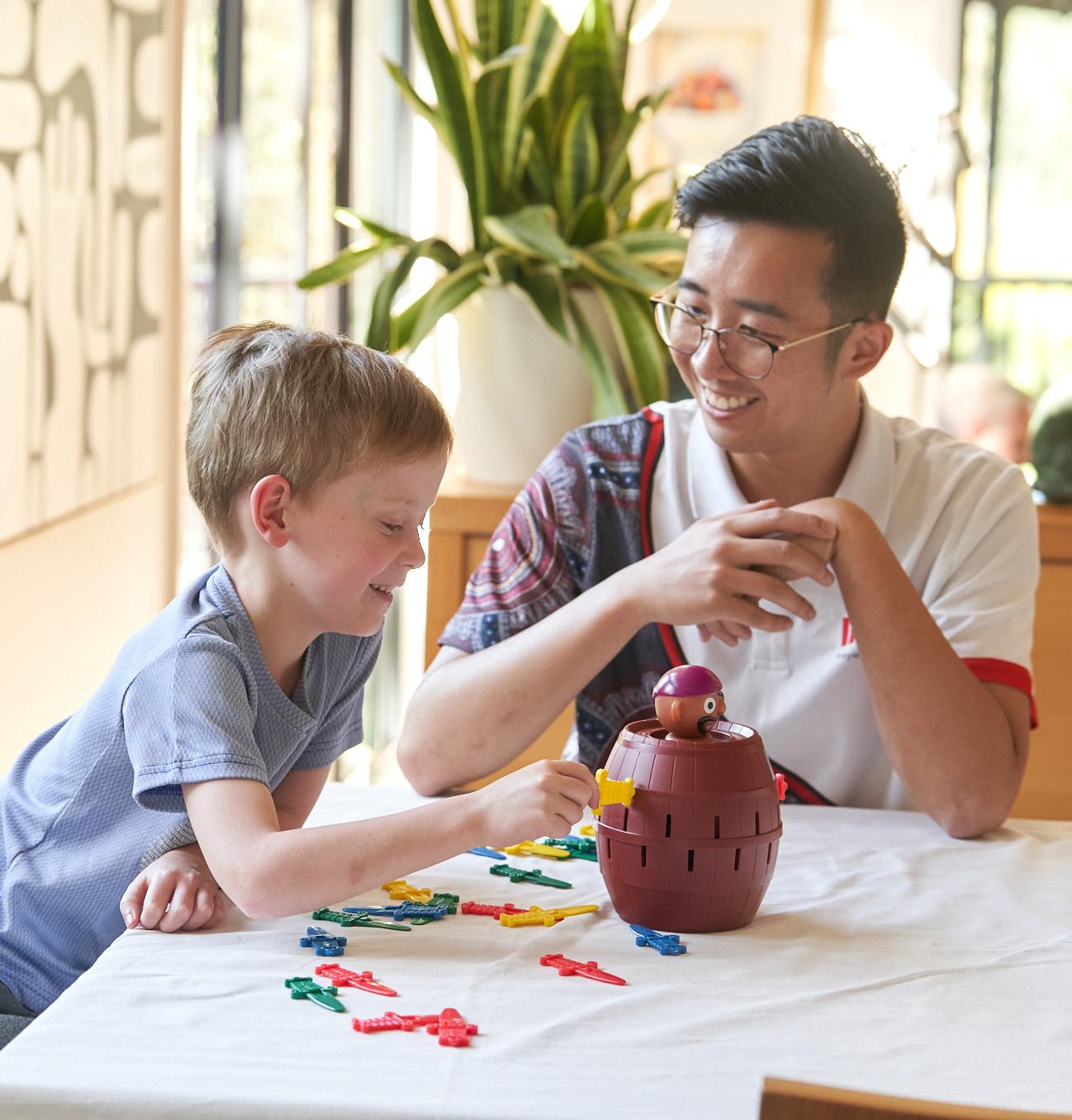



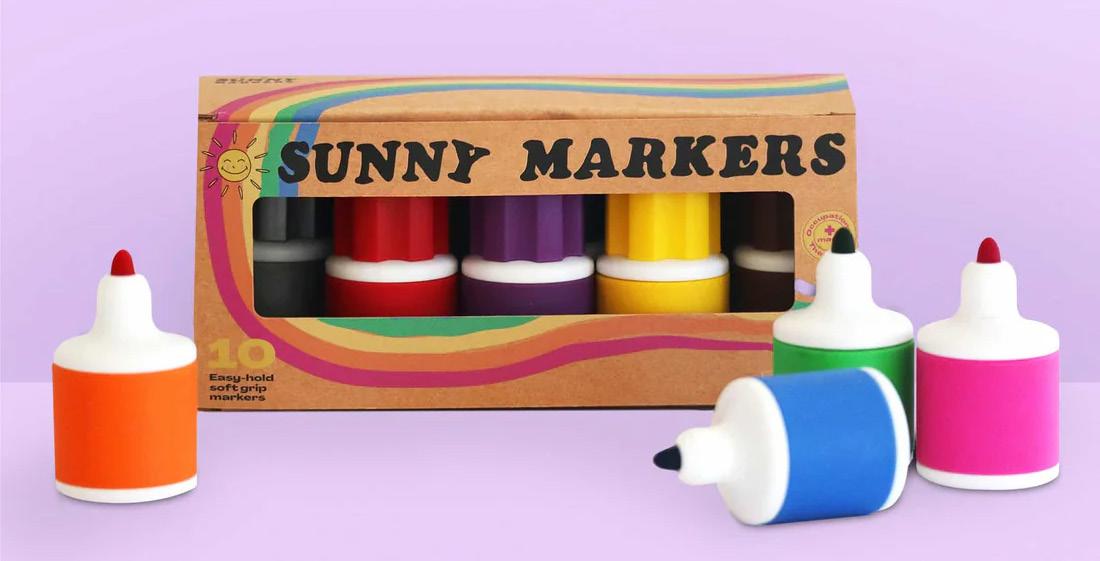
Sunny Markers are a hand and finger strengthening power tool! The marker pens are used by kindergartens, schools, occupational therapists, and educators to help children feel confident in both academic skills and everyday tasks and activities. Sunny Markers are designed to be short and thick in shape and size to support children of all ages to improve their fine motor skills. sunnymarkers.com.au // @sunnymarkers
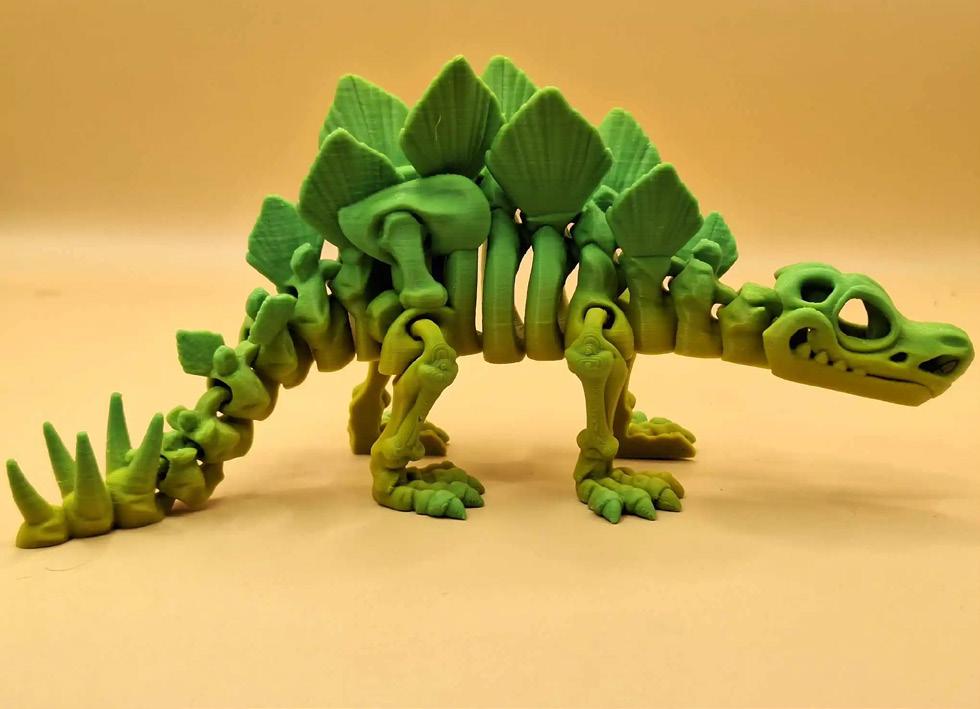
Do you have a keen dino lover at home? These amazing 3D-printed articulated fidgets are available in T-Rex, Triceratops and Stegosaurus and are perfect for dino lovers young and old. madiefidgets.com.au // @madiefidgets
The Nibble & Rest Footsi Grow is a height adjustable children’s footrest. The first of its kind worldwide, this footrest has been designed for children aged 3 to 9 years old. The product has been created with the intention of allowing your child to thrive at any task at hand while sitting at a dining chair, desk chair or even bar stools by providing them fundamental foot support. nibbleandrest.com
ADJUSTABLE FOOTREST FOR KIDS


The HipSurfer hipseat from Hackerlily is a doctor approved, strap-free and customisable baby carrier that absorbs and redistributes your child’s weight, so you can hold them for longer, without pain or strain. The wide, padded waistband and ergonomic design minimises spinal curvature (from hip-popping) and common repetitive strain injuries. Taking just 15 seconds to strap on, the HipSurfer is a fantastic option for families looking for a simple, comfortable and practical way to reduce the load of carrying their newborn, baby or toddler.
*Claimable through NDIS consumables budget. hackerlily.com // @WeAreHackerlily


In recent years, there has been a growing awareness of mental health issues in children, prompting caregivers, educators, and healthcare professionals to pay closer attention to early signs and intervene effectively. Over the next few pages, we’ll explore the impacts of these issues on our children and young people with disability, as well as strategies to provide them with support.

theSpotting mental health issues in children and young people with disabilities can be complex due to the different ways that their diagnosis may present. For instance, if your child is non-speaking, or exhibits certain behaviours related to their disability, pinpointing specific mental health red flags can be challenging. Nevertheless, it is crucial for caregivers, educators, and support networks to be aware of potential signs indicating mental health concerns.
While some nuances may vary – especially in ‘nontypical’ children, changes in behaviour, mood, social interactions, physical symptoms, or expressions of distress should never be overlooked.*
Here are some indicators to watch for:
* It’s essential to engage in open communication with professionals and seek guidance if there are any concerns, especially if there’s an immediate life-threatening situation, where accessing 24-hour support becomes paramount. (see pages 17-19 for information on who to speak to and where to go for help).
Pay attention to significant shifts in your child’s behaviour. This could include sudden mood swings, increased irritability or anger, withdrawal from social interactions, or a loss of interest in activities they once enjoyed. Abrupt changes in behaviour patterns, especially if they persist over time, may signal underlying emotional distress.
Every child faces stressors, but difficulty coping with stress can be a red flag. Notice if your child becomes overwhelmed easily, struggles to manage emotions during challenging situations, or exhibits physical symptoms like headaches or stomach-aches in response to stressful situations.
A decline in academic performance, particularly if it’s inconsistent with their previous abilities, can indicate underlying mental health issues. Watch for changes in concentration, motivation, and engagement in schoolwork, as well as frequent absences.
We know that many of the diagnoses our children have come with their fair share of eating and sleeping challenges. However, keep an eye out for new or increasing disruptions in sleeping or eating habits which can be indicative of emotional distress. Pay attention to significant changes such as insomnia, nightmares, oversleeping, loss of appetite, binge eating, or new and unusual food rituals.
Children experiencing mental health challenges may express physical complaints like headaches, stomach-aches, or other vague symptoms without a clear medical cause, or a cause that’s somewhat ‘normal’ for their disability. While it’s essential to rule out medical issues, persistent physical complaints with no underlying medical/diagnosis explanation may warrant further exploration into their emotional well-being.
If your child suddenly loses interest in activities they once enjoyed or begins to withdraw from relationships with family members or friends, it could be a sign of emotional distress or depression.
Notice if your child begins to isolate themselves or withdraws from social interactions that they have previously enjoyed. This could include avoiding social gatherings, spending excessive time alone, or displaying reluctance to participate in activities they previously participated in with peers.
Listen to your child’s words, or however they express themselves if they’re nonspeaking, carefully. Expressions of hopelessness, helplessness, or thoughts of self-harm should always be taken seriously. Even subtle hints or jokes about self-harm or suicide should prompt immediate attention and intervention.
Anxiety disorders can manifest in children as excessive worry, fear of specific situations or objects, or constant feelings of nervousness. Watch for signs of persistent anxiety that interfere with your child’s daily functioning or cause significant distress.
If you observe any of these signs or have concerns about your child’s mental well-being, it’s crucial to seek support from mental health professionals. Early intervention and support can make a significant difference in addressing challenges and promoting your child’s overall well-being and resilience.

Turn to pages 17, 18 & 19 for avenues of support.
Around half of kids getting neurodevelopmental assessment show signs of mental distress. We can support them better.
Neurodevelopmental conditions, including autism and attention deficit hyperactivity disorder (ADHD), affect one in ten people. While the primary focus is often on these diagnoses, worrying research shows people with neurodevelopmental conditions are at a much higher risk of experiencing serious mental health concerns. They may also find it particularly challenging to access mental health support.
For instance, when young autistic people seek help from youth mental health organisation Headspace, they often present with severe anxiety and depression. Importantly, these mental health symptoms are one of the most important contributors to their disability in daily life. We wanted to get a better understanding of how early mental health symptoms emerge. Our study, published last year, assessed mental health symptoms in young children attending their first neurodevelopmental assessment. This study used the Sydney Child Neurodevelopment Research Registry, an ongoing program focused on child development clinical services.
The results surprised us. About half of the children showed clinical levels of mental health symptoms and were in need of support. This risk increased to nearly 70% for children with multiple diagnoses.
So, when children first present with neurodevelopmental concerns, they are also likely to have mental health concerns. More work needs to be done to ensure mental health and neurodevelopment needs are addressed early. Neurodevelopmental assessments may present an opportunity to combine efforts.
In our study, 232 families were asked about their child’s mental health when they first attended a broader neurodevelopmental assessment. The reasons for the higher-than-average mental health concerns in people with neurodevelopmental conditions are complex.
People with neurodevelopmental conditions can face greater challenges related to social determinants of health, such as unstable housing, financial difficulties, family separation and conflict, social isolation, and unemployment.
Other social factors, including stigma, discrimination, peer rejection and exclusion in communities, and social, occupational, and educational support services also play a role.
Some neurodevelopmentally specific factors can also increase risk for mental health concerns. Neurodevelopmental conditions can be associated with difficulties with attention, impulsivity, problem solving and working under stress. There may be differences in sensory processing and concrete and repetitive thinking. Such factors can make emotion regulation more challenging.
Finally, some genes that are linked to conditions such as autism and ADHD are also linked to other mental health conditions.
So, mental health care should be central to health supports for people with neurodevelopmental conditions. Unfortunately, they experience many barriers to accessing care. These include:
• A lack of professional focus and training in mental health that takes neurodiversity into account.
• Incorrect beliefs from professionals that neurodivergent people may be too complex to benefit from standard assessments and supports for mental health. Yet, common tools for depression and anxiety have been shown to work well.
• Limited evidence with few trials of psychological therapies for mental health focused on or including neurodiverse people.
• A complex government structure and hard-to-navigate referral pathways for funding, services and inclusion that separate disability and mental health care.
• Stigma and discrimination where needs are overlooked because of a neurodivergent diagnosis. Social anxiety or depressive symptoms may be too easily attributed to social interaction difficulties or flatness of expression associated with autism. Anxiety and worry may be too easily attributed to executive function and emotional regulation difficulties associated with ADHD.
• Access and cost can make it very hard to see a mental health professional, such as a psychologist. You might be able to get National Disability Insurance Scheme (NDIS) support for needs specific to autism, but mental health is considered separately.
A failure to provide mental health supports when symptoms first develop results in more acute and chronic issues. Individuals present more frequently to acute mental health services, have more emergency service presentations and more inpatient admissions for complex and chronic mental health problems.
needs early before these problems become more complex. When children receive their first neurodevelopmental assessment, usually after waiting years, they should have access to the right supports for lifelong development.
The federal government has commissioned a mental health strategy specifically for autism. State-specific supports include New South Wales’ new mental health hubs for people with intellectual disability.
These latest steps are positive. But a fully integrated strategy needs to include all those with neurodevelopmental conditions. Our research shows children with multiple neurodevelopmental conditions are at greatest risk and there’s a need to provide mental health supports to these children as early as possible.
Over half of the children in our study had clinically elevated internalising symptoms, including anxiety, depression, loneliness and withdrawal
Sadly, autistic people also have a tenfold higher risk of suicide, compared to people without neurodevelopmental conditions. That’s why our study is important. Over half of the children in our study had clinically elevated internalising symptoms, including anxiety, depression, loneliness and withdrawal. This increased to nearly 70% of children if they received more than one diagnosis. These symptoms were more common in girls.
Studies show such problems get more frequent as children age. There is an opportunity to address mental health
Individuals, families and the community will need access to supports and resources that help them to navigate, understand and be empowered in their mental health care. This will be likely facilitated by technology, personalised care methods and community engagement in co-design of these pathways. The assessment and support process provides a unique opportunity for education and engagement with other service providers and community hubs that can promote lifelong well-being.
It will be critical that state and federal governments work in partnership to ensure mental health care can be provided across disability, education and health systems.
By University of Sydney: Adam Guastella Professor and Clinical Psychologist, Michael Crouch Chair in Child and Youth Mental Health, Kelsie Boulton, Postdoctoral Research Fellow, Natalie Silove, Associate professor.
Content Trigger Warning: This article discusses mental ill-health and suicide.






I’ll never forget the night my 14-year-old son was admitted into the unit from the children’s emergency department; that long, quiet walk to the depths of the hospital in the early hours of the morning. The hallways were dim, and the Dr. Seuss outline on the locked doors of the adolescent psychiatric ward confronting. They removed his belt and shoelaces before he was allowed in, and he held onto my hand to the fingertips until he could touch me no longer.
I’ve never experienced a lower point as a parent. What had I missed? As soon as I noticed Philip’s melancholy wasn’t leaving him I found him a psychologist, but he just descended deeper and deeper into anxiety and depression.
Or was it anxiety and depression?
Looking back, I’m not sure it was either of those things, because just days later, while my son was sitting beside me clutching my hand, a psychiatrist told me they suspected he was autistic.
“No, my other son, Giovanni, is autistic, Philip isn’t autistic,” I said.
She calmly led me through the reasons why they thought it was worth assessing him and Philip and I locked eyes and shared a moment of realisation. So many of his behaviours and struggles were explained by not just autism but Attention Hyperactivity Deficit Disorder (ADHD).
That ADHD was why I believe that I had missed the autism in Philip and is what makes his presentation so different to his brother’s.
Autism and ADHD are also why Philip, who had struggled with the norms of life from a young age, had quietly fixated on



suicide as a solution and his ADHD was why his attempts were so haphazard.
Undiagnosed autism and ADHD almost cost me my son. Not one teacher or doctor or therapist had ever mentioned the possibility to me, which is something I feel needs to be urgently addressed in the form of further training in both the education and medical fields.
The guilt I felt and still feel for having missed this will never fade but served as an important lesson when, five years later, Philip’s brother, Giovanni began his own struggles with mental ill health.
“Mum, I don’t, just don’t want to wake up tomorrow,” Giovanni texted to me after one particularly challenging day at school. You’ve never seen a mum move so quickly. I sent a quick email to his school, withdrawing him immediately, and raced home to my little boy to put his life back together in a way that worked better for him. We’d tried five different schools by then, so distance education it would be.


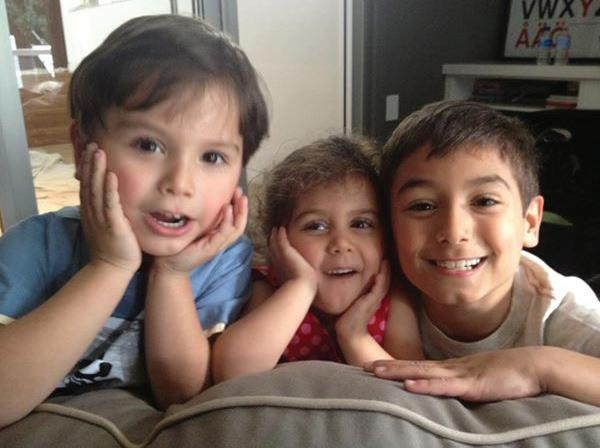
treatment options.
That first therapist I found for Philip not only missed the signs of Philip’s autism and ADHD but also failed to comprehend just how serious his self-harm and threats of suicide were.
I emailed them from the psychiatric ward to explain Philip was autistic and had ADHD and that he’d attempted suicide several times, and perhaps they needed some serious retraining. Over the course of four years Philip and I would experience even more sub-par mental health care from a psychiatrist who fixated on Philip’s weight and accused him (and me as his carer) of being anorexic, and shamed me for pulling him out of school.
Life, through the lens of autism, is a completely different experience to that of a neurotypical child, and so is mental ill health.
Putting Philip’s life back together in a way that worked for him was also how he was eventually able to recover from his own struggles.
The areas of autism and mental ill health are ones that need an extraordinary amount of work, as far as I am concerned. Life, through the lens of autism, is a completely different experience to that of a neurotypical child, and so is mental ill health. It often presents differently, and it certainly needs differently curated
“You’ve removed him from his social groups,” he solemnly explained to me, having also missed Philip’s autism and ADHD and failing to connect Philip’s lack of appetite with mental ill health.
Then there were the angels, the incredible mental health professionals who we both feel we were meant to meet and who helped pull Philip through.
When Giovanni began to feel unwell, I knew I’d have to find another angel, someone who understood him and was able to connect with him and would help
For more information about autism and mental health, you can visit autismawareness.com.au or autismwhatnext.com.au.
If you or someone you know is struggling with their mental health, please reach out to the following mental health services:
• Kids Helpline: 1800 55 1800 kidshelpline.com.au
• SANE Australia: 1800 187 263 sane.org
• The Suicide Response Project suicideresponseproject.com
If you require mental health crisis support, call Lifeline on 13 11 14. In an emergency, call 000.
me pull him through so he could live to become the man I know he can be. We found him, and Giovanni is improving, but we have a long road to go.
It takes years of not fitting in, of feeling different, of not receiving consistent support and accommodations to be broken in the ways my boys were broken, and therefore years to heal. We are still healing today and will be for the rest of our lives.
I think of autism and mental ill health as like a lifetime of paper cuts; they nick you here and there, but as you get more and more of them, as you struggle to find your place in the world, they become a large wound.
Noticing when the nicks happen is crucial to raising and caring for autistic children, and explaining why they happen and why they feel so painful, is an important part of parenting children on the spectrum.
By Jo Abi. Jo Abi is a senior writer at 9Honey, contributor to Today Extra, consumer reporter and autism advocate.

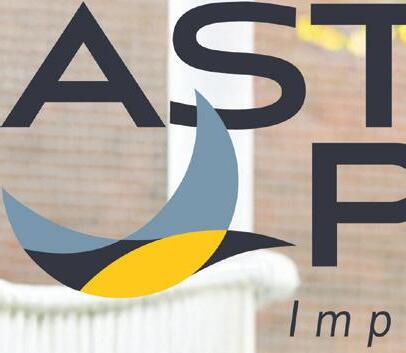
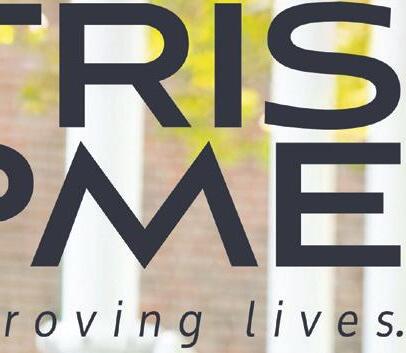
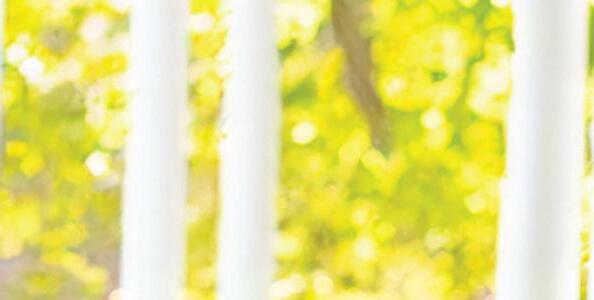
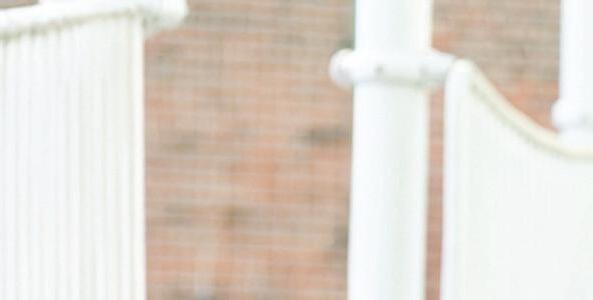


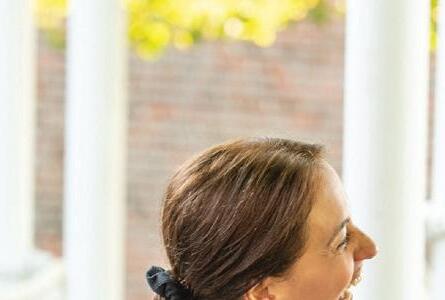
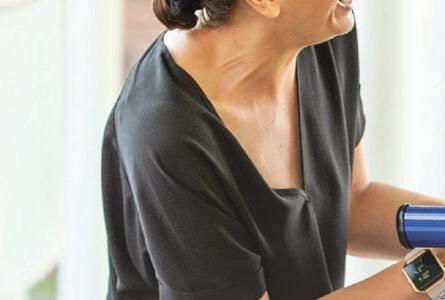

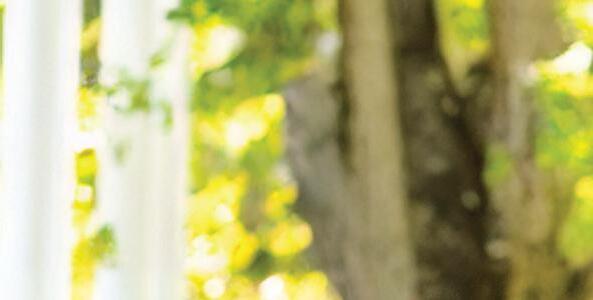
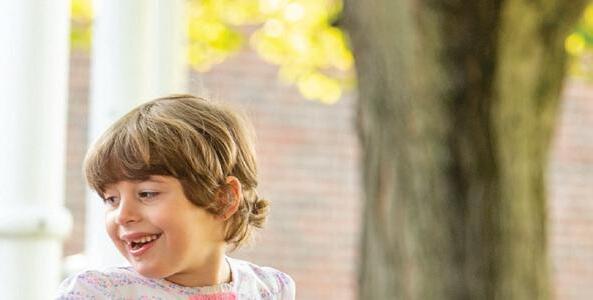


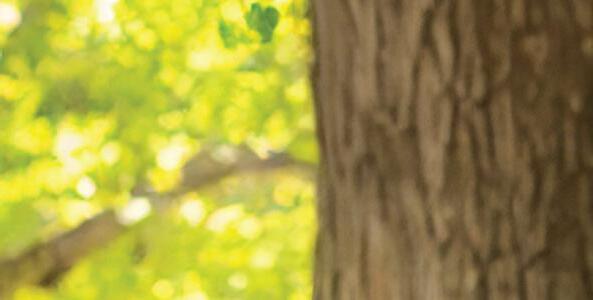
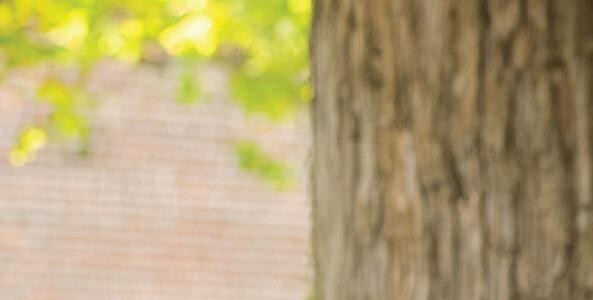
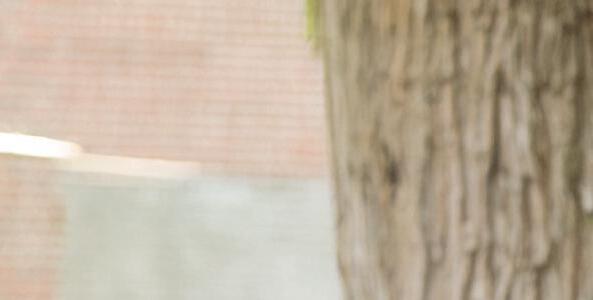





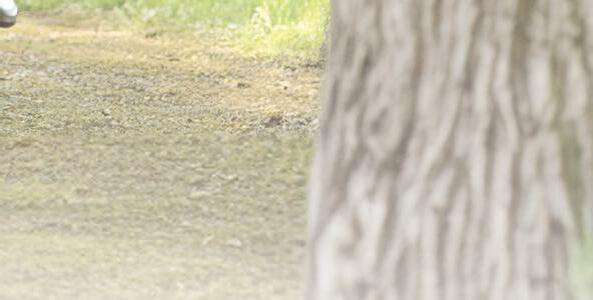

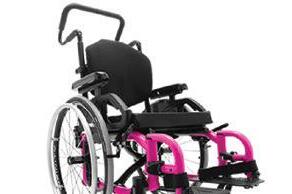

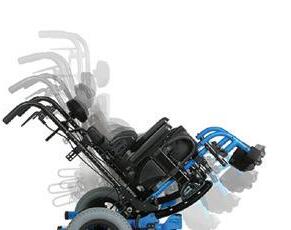



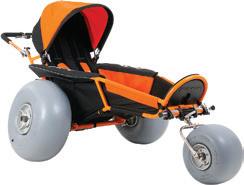



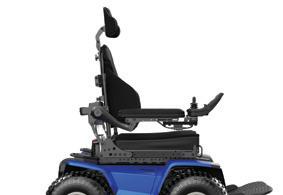

Explore the world of possibilities with Astris PME, Australia’s leaders in special needs equipment. Our Assistive Technology devices are designed to promote independent, active lifestyles, with tailored solutions for diverse needs. Partnering with therapists, we ensure the best outcomes for clients of all ages. Experience the difference with our extensive trial equipment range. Connect with our Specialist Consultants today for personalised support. We’re happy to help!














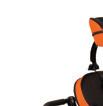

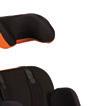







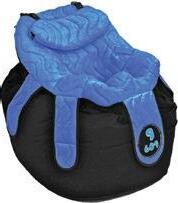



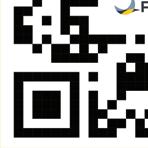







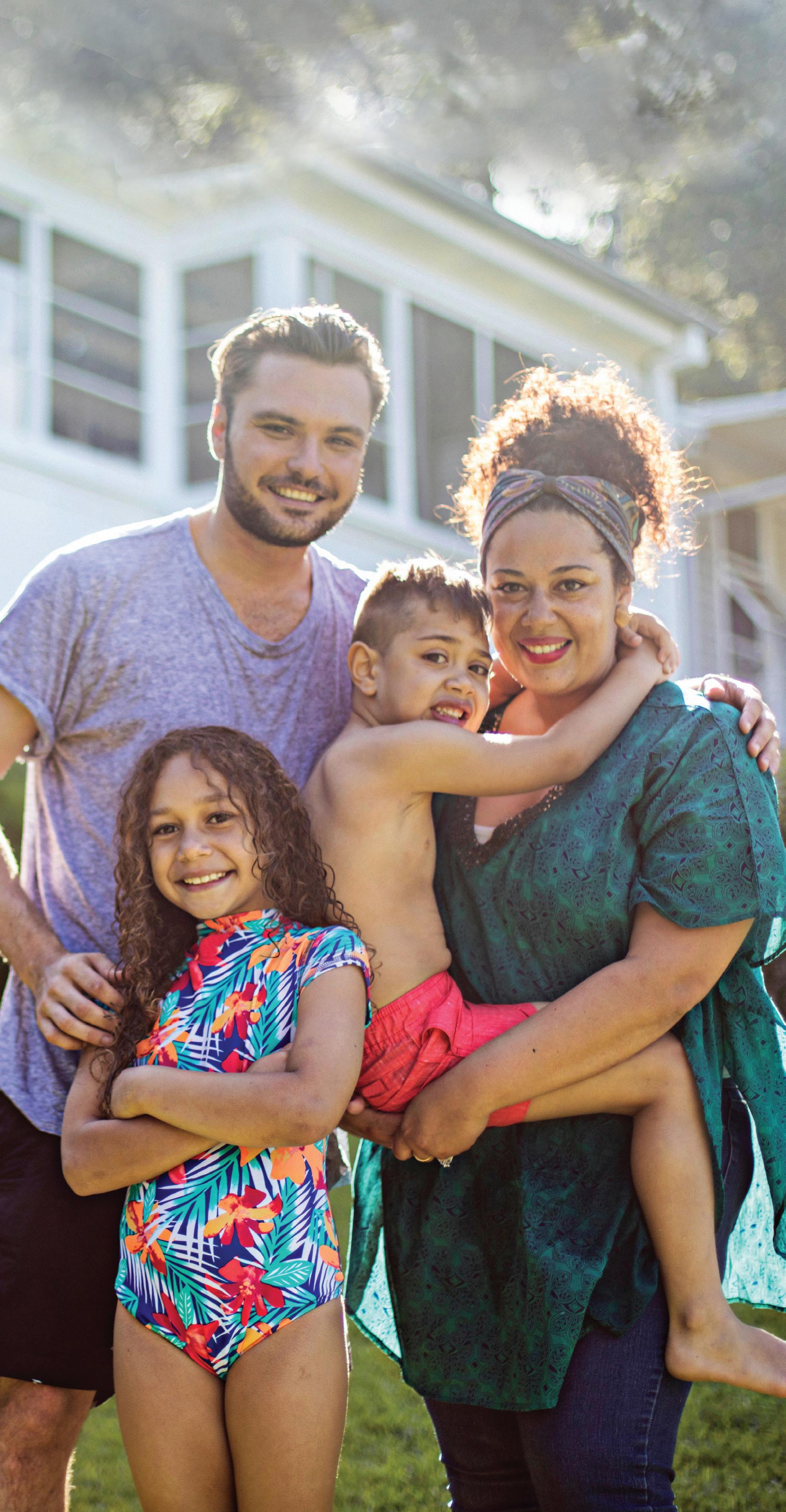
Call to book your FREE Unpack Your Plan Session with Australia’s leading NDIS plan manager!
In your session we’ll:
• help you understand the funding in your NDIS plan
• explain all the budget categories
• discuss the kinds of supports you can use
• share tips and tricks about how the NDIS works.
With us, it’s all about you.
We support you to navigate the NDIS with confidence, armed with the knowledge you need to get the most from your child’s plan.
And, we take care of NDIS admin and paying invoices to give you more time to focus on the things that matter to you and your family.
Call today to make your booking or scan the QR code to register your interest and we’ll call you!
We’re proud to partner with Source Kids.














The following information is taken from a factsheet written by our friends at ACD who are based in Victoria. A lot of the resources are relevant for all states or are nationwide services, but some are specifically for residents of Victoria. Turn to page 19 for services for residents in other states.
Dealing with mental health issues and disability can be challenging for both you and your child. Sometimes, symptoms of anxiety and depression are overlooked in children with disability. It’s important to trust your instincts and seek assistance if your child experiences unexplained mood or behavioural changes.
There are a variety of services to help improve your child’s mental health.
Your child’s GP is the best place to start. They can check if there is something physical affecting your child. Pain or illness can cause behaviour changes. The GP can monitor their condition and prescribe appropriate medication. They can also write a mental health care plan which helps cover the cost of a counsellor or psychologist. If necessary, your GP can refer your child to a psychiatrist.
Community health services across Victoria offer mental health support, including counselling and psychology. These are usually free or at a reduced cost. In Victoria you can search for services near
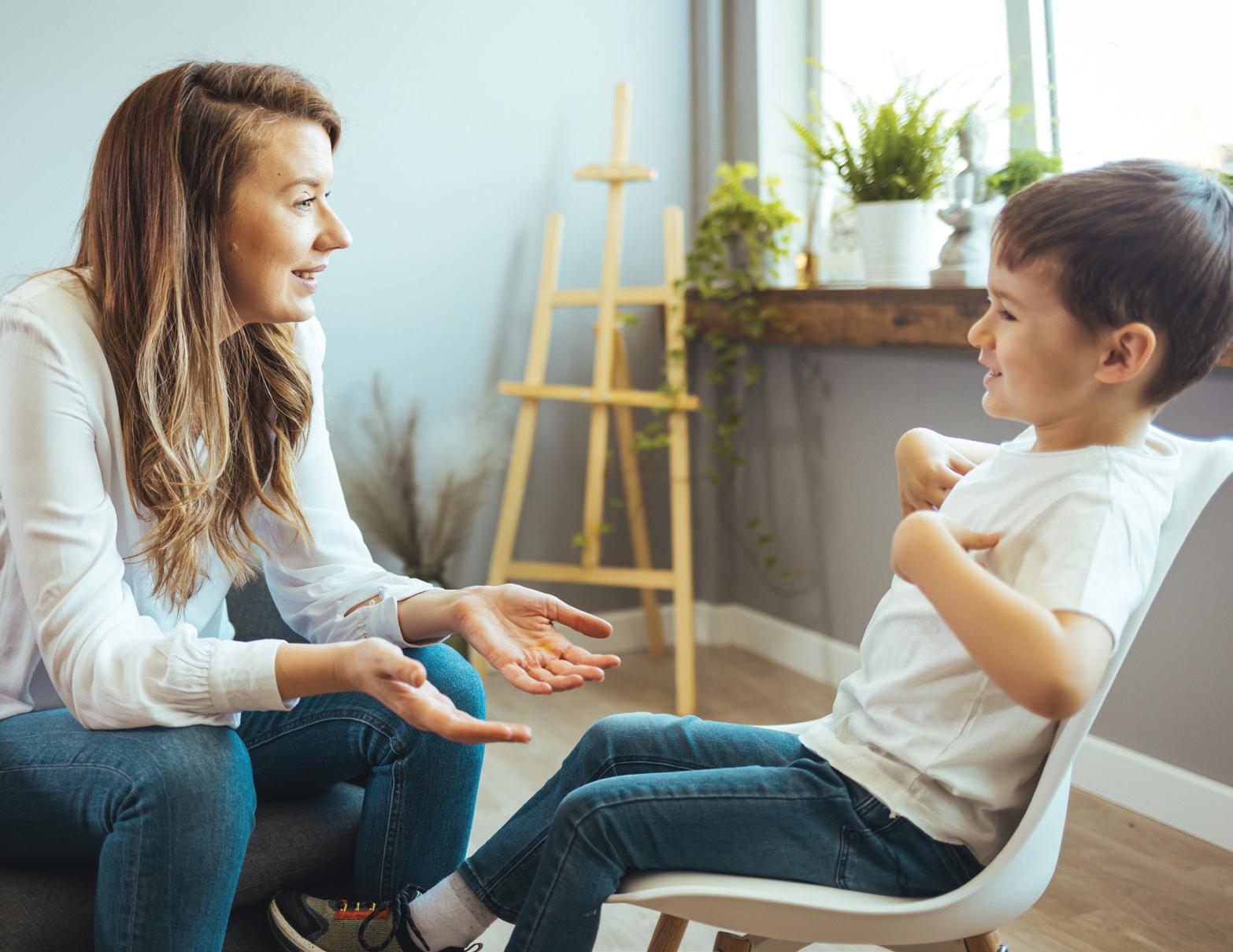
you at - health.vic.gov.au/communityhealth/community-health-directory
Additionally, there are new Mental Health and Wellbeing Connect centres that are open across Victoria. It is a free service. They help connect families with support. Find out more at betterhealth. vic.gov.au/mental-health-andwellbeing-connect
Mental health practitioners are in every secondary and specialist school. They might be a psychologist, mental health nurse, social worker, or occupational therapist. They can talk to you or your child about what support is available locally.
Headspace is for young people aged between 12 and 25. Their centres have
doctors, health workers and mental health professionals. They can help with different issues including anxiety, stress, bullying, depression, or problems with family and friends.
There are centres across regional Victoria and metropolitan Melbourne, and around the rest of Australia.
You can chat online with a qualified professional, visit a centre, or just read their information on mental health topics. Go to headspace.org.au.
If you or your child qualifies for a mental health care plan, you will be entitled to Medicare rebates for up to 10 individual psychological appointments and up to 10 group allied mental health services each year. A rebate means that there is some cost covered by Medicare and some cost you will need to pay.


You can’t get Medicare rebates for all the sessions at once. After your first six appointments, you must see your doctor again for a mental health plan review. They can then consider whether you need a referral for further sessions.
If you have private health insurance, you may be able to access some mental health services through your insurer. However, it is important to remember that not all mental health services are covered by private health insurance.
Finding support that suits the needs of you and your family may take time and there may be waiting lists.
Families should be actively involved in supporting strategies or plans at home and making sure that other important people in your child’s life are involved.
It’s important to make sure the counsellor or psychologist can support the communication needs of your child with autism, intellectual disability, or communication disorder. Check that the professional your child will be seeing has experience and knowledge of your child’s disability. Seek referrals from friends, colleagues, doctors, teachers, or your paediatrician, and ask why they are recommended.
You can search for psychologists in your area on websites such as Australian Psychological Society - psychology.org. au/find-a-psychologist
Counsellors should have professional registration. You can check or search for counsellors via this websitearcapregister.com.au
Like other therapies, counselling or psychology can’t work in isolation. Families should be actively involved in supporting strategies or plans at home and making sure that other important people in your child’s life are involved.
Talking therapy or counselling is where your child can talk about their situation with a trained counsellor (usually one-toone.) Counsellors don’t often give advice; they support the child to talk through the situation and come up with their own solutions.
Kids Helpline Free confidential 24-hour telephone and online counselling for young people aged between 5 and 18. Call 1800 55 1800 kidshelpline.com.au
Beyondblue
24-hour telephone support and links to local services. Call 1300 22 4636 beyondblue.org.au
Lifeline
In some cases, your child’s GP or psychiatrist may suggest medication to assist with conditions like anxiety or depression (psychologists cannot prescribe medication). Medication can help relieve symptoms, but it’s important to be aware of possible side effects. Have a discussion with your child’s doctor or psychiatrist about any concerns or queries you may have regarding the medication.
For some young people, it will be important to set up a safety plan. This plan should be created with input from your child. It’s there to help your child when they are in crisis and perhaps at risk of suicidal behaviour. It can include a written list of coping strategies, resources, and emergency contact numbers.
In Victoria, Child and Youth Mental Health Services (CYMHS) supports children and young people with serious mental health issues:
The full, original version of this article has a list of contacts for various Vic regions and suburbs - acd.org.au/findingmental-health-support-for-your-child
This information is reproduced with permission from the Association for Children with a Disability (ACD) who’ve been advocating for children with disability for more than 40 years. Visit acd.org.au
24-hour national telephone crisis counselling service and online counselling. Call 13 11 14 lifeline.org.au
Healthy Mind
An online Easy Read tool designed to help people with intellectual disability (ID) to recognise and regulate their thoughts and feelings. blackdoginstitute.org.au/resourcessupport/digital-tools-apps/healthymind
The Suicide Response Project – Autism
A resource for autistic people and their families about suicide and how to help. It highlights the risk factors and includes information about what to say and do if you feel your child is at risk of suicide. suicideresponseproject.com
Caring for someone at risk of suicide is a traumatic experience for everyone, but you are not alone so please seek support. If you are concerned your child is in immediate danger of suicide, take them to hospital or call 000.
‘Read on for services in other states’

The following is a selection of resources you may find useful. Your GP or paediatrician will also be able to suggest other sources of support.

CHILD & YOUTH MENTAL HEALTH SERVICES canberrahealthservices.act.gov.au/ services-and-clinics/child-and-youthmental-health
MINDMAP
A list of non-government organisations which support young people with emerging or present mental health issues in the Northern Territory (NT) nt.gov.au/wellbeing/mental-health/mentalhealth-support-for-young-people
NORTHERN TERRITORY MENTAL HEALTH
LINE: 1800 682 288
The NT Community website has a list of community-based mental health services available in urban, rural or remote areas of the NT. ntcommunity.org.au/servicescategory/mental-health-and-suicideprevention
1300 MH CALL (1300 642 255) is a confidential mental health telephone triage service that provides the first point of contact to public mental health services for Queenslanders.
ACCESS CHILD & YOUTH MENTAL HEALTH SERVICES IN QUEENSLAND childrens.health.qld.gov.au/services/ mental-health
There is also an acute response team available at 07 3068 2555. It’s available 24/7 for children, young people, their families, and carers.
A MindMap Youth Navigator can connect young ACT residents aged between 6 and 24 years to local mental health services and resources. mindmap.act.gov.au
CANBERRA HEAD TO HEALTH
For over 18s, this is a free, commonwealth funded service that is available to all those who live, work, or play within the ACT. The centre provides both telephone-based and face-to-face support. canberraheadtohealth.com.au
MENTAL HEALTH LINE
The 1800 011 511 Mental Health Line is NSW Health’s 24/7 statewide phone service which links people with NSW Health mental health services.
MENTAL HEALTH INTELLECTUAL DISABILITY HUB
A service that helps children and teens under 18 years old with intellectual or developmental disability. schn.health.nsw.gov.au/mental-healthintellectual-disability-hub
CHILD AND ADOLESCENT MENTAL HEALTH SERVICES (CAMHS) health.nsw.gov.au/mentalhealth/services/ children
CHILD AND ADOLESCENT MENTAL HEALTH SERVICE (CAMHS)
A free community-based tertiary mental health service provided through the Women & Children’s Health Network across South Australia, providing care to those with severe and/or complex mental health needs. wchn.sa.gov.au/our-network/camhs
YOUTH MENTAL HEALTH SERVICES
Young people aged 16 to 24 can access Youth Mental Health Services 24 hours a day, 7 days a week by calling 13 14 65.
CAMHS CRISIS CONNECT
For urgent mental health help or advice for children and young people, call CAMHS Crisis Connect on 1800 048 636, 24 hours a day, 7 days a week. cahs.health.wa.gov.au/Ourservices/Mental-Health/CAMHS-CrisisConnect
COMMUNITY CAMHS
Mental health assessment, case management and multidisciplinary intervention for children and young people experiencing significant mental health challenges cahs.health.wa.gov.au/Ourservices/Mental-Health/Community-CAMHS
Care, Compassion and Understanding
Serving our Customers with Integrity, Respect and Expertise

We supply these categories and more from all major manufacturers.

Check out these feel-good products to help boost you and your child’s mood over the winter months!

As the nights draw in, grab this cool beanie and head off on a short walk with your path being lit the whole way! In as little as 10 minutes, a short walk can help to increase your overall wellbeing, which is great news for those of us who are time poor! As well as boosting mood, and improving joint health, walking is a low impact exercise. RRP $19 // PRAVETTE Upgraded LED Lighted Beanie Hat // amazon.com.au

Did you know that dark chocolate, aside from its deliciously rich flavour, offers a variety of health benefits? Along with its antioxidant properties, it may help lower cholesterol levels, prevent cognitive decline, and reduce the risk of heart problems. So go ahead and enjoy a delightful treat! RRP $24 // lindt.com.au
Help the nervous system and promote relaxation
Not just for our kids! Weighted blankets are great for parents and carers too. They’re known to reduce stress and anxiety by their natural calming Deep Touch Pressure Stimulation - the pressure being applied to your body that can help to produce ‘happiness’ chemicals and regulate mood. RRP $189 // pillowtalk.com.au
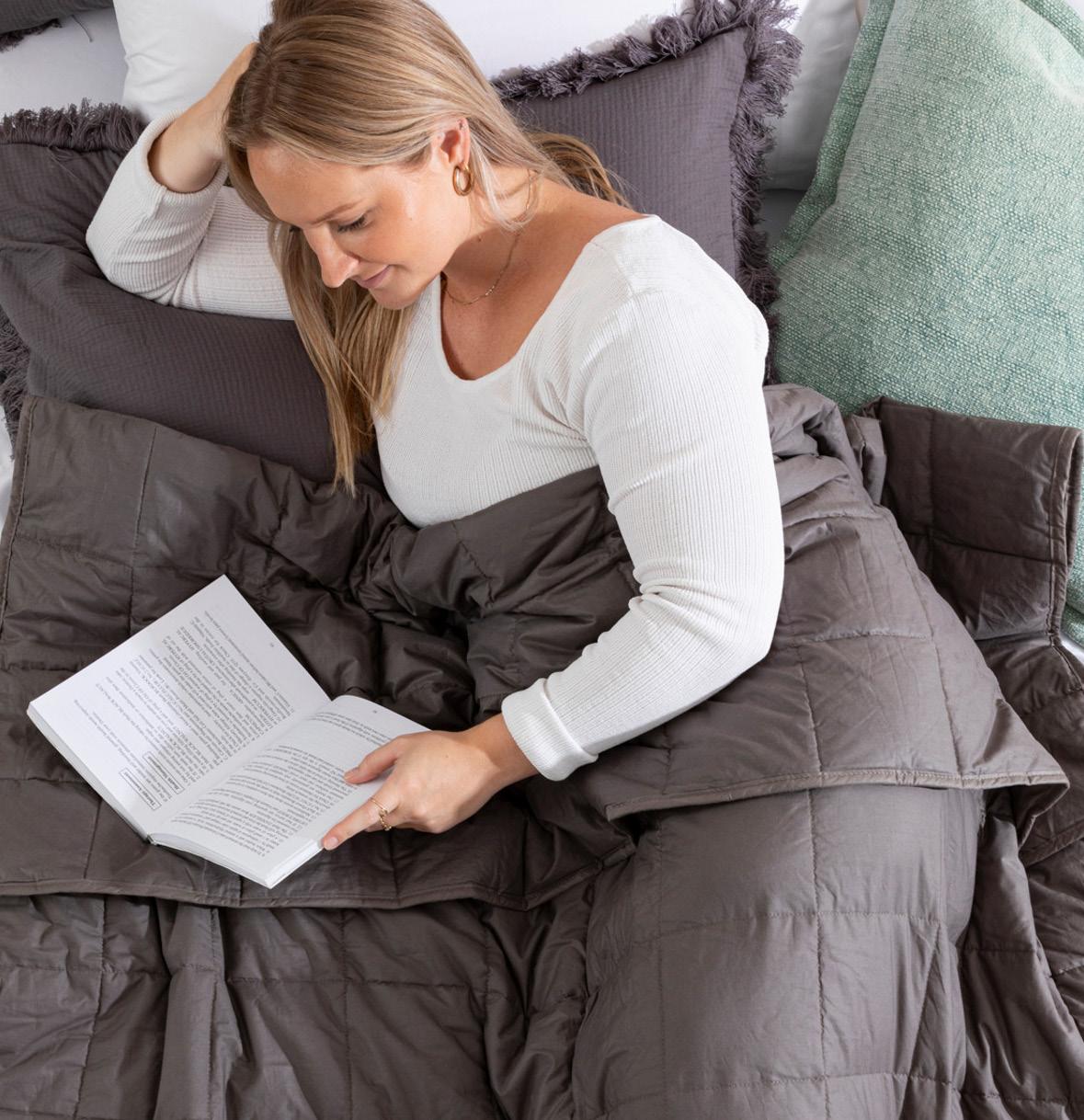

Source Mamas and carers will love this! Prioritising self-care is something many of us struggle with so we love the idea of this ‘retreat in a box’ delivered every three months; filled with almost $300 of Aus + NZ wellness products, plus a 20-page wellness Retreat Guide, playlists and so much more. Use the contents to find small bursts of time that can make a big difference to you! RRP $99.95 // retreatyourself.com

Carving out a small area in your home dedicated to sensory needs will help soothe the senses and slowly regulate emotions when the meltdown stage is hit.
A Lycra tunnel is great for kids who need vestibular (movement) and deep pressure (proprioceptive) input which helps to promote calmness, relaxation, attention and concentration. RRP $125 // mydiffability.com.au
Papernook’s guided ‘therapy in a box’ encourages you to explore curiously and creatively. Tailored for teens and adults, art therapy is a great activity that is judgement free and helps emotional wellbeing and reduces anxiety. Each box contains: Welcome message; guided instructions by a fully qualified and registered Arts therapist; craft materials, nature and stimulus, including image and word cards - no box is the same! RRP $110 // papernook.com.au

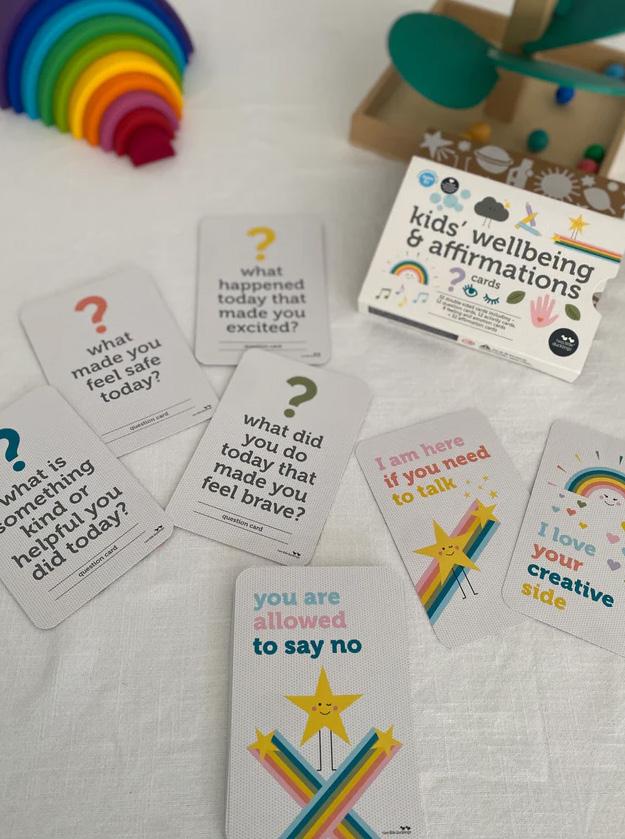
Assisting kids to focus on the positives of their day will help build resilience and self-awareness which is why we love these wellbeing and affirmation cards. Each pack includes: 32 x positive affirmation cards; 12 x question cards, 12 x activity cards to help children practice mindfulness PLUS 8 x feeling and emotion cards. RRP $34.95 // theotstore.com.au

Turn any area into a soft, comfy, inviting area perfect for play or sitting around. So versatile, they look great in kids' spaces or in the lounge room. A 30mm thick slow rebound memory foam rug perfect for any activity on the floor. RRP $199 //therapysensory.com.au
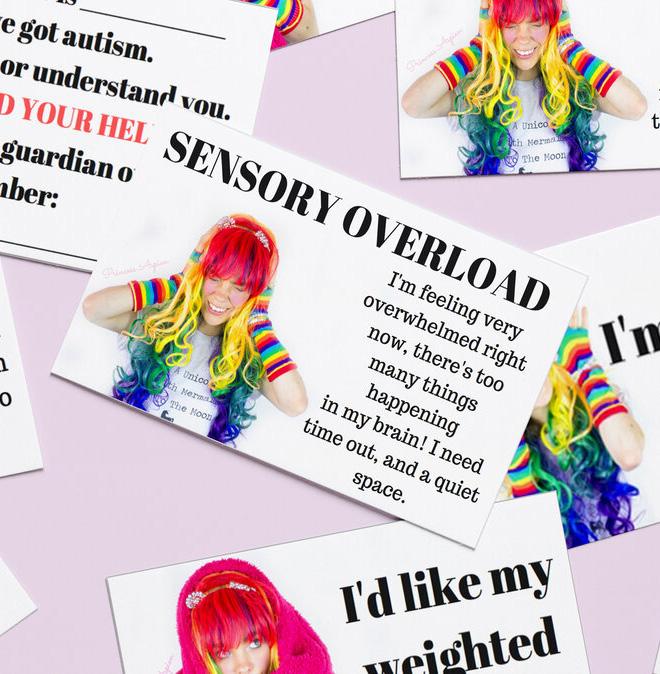
To help promote improved general wellbeing, these sweet cards by Chloe Hayden will help the young person in your life better manage and regulate their emotions. Messages such as “Sensory Overload” and “I need my weighted blanket” help support people when they are unable to use other forms of communication. RRP $10 // chloehayden.com.au

The new NDIS PACE system and recent changes to the NDIS can be confusing. It can be hard to stay on top of it all, let alone work out how it might impact your child’s NDIS Plan.
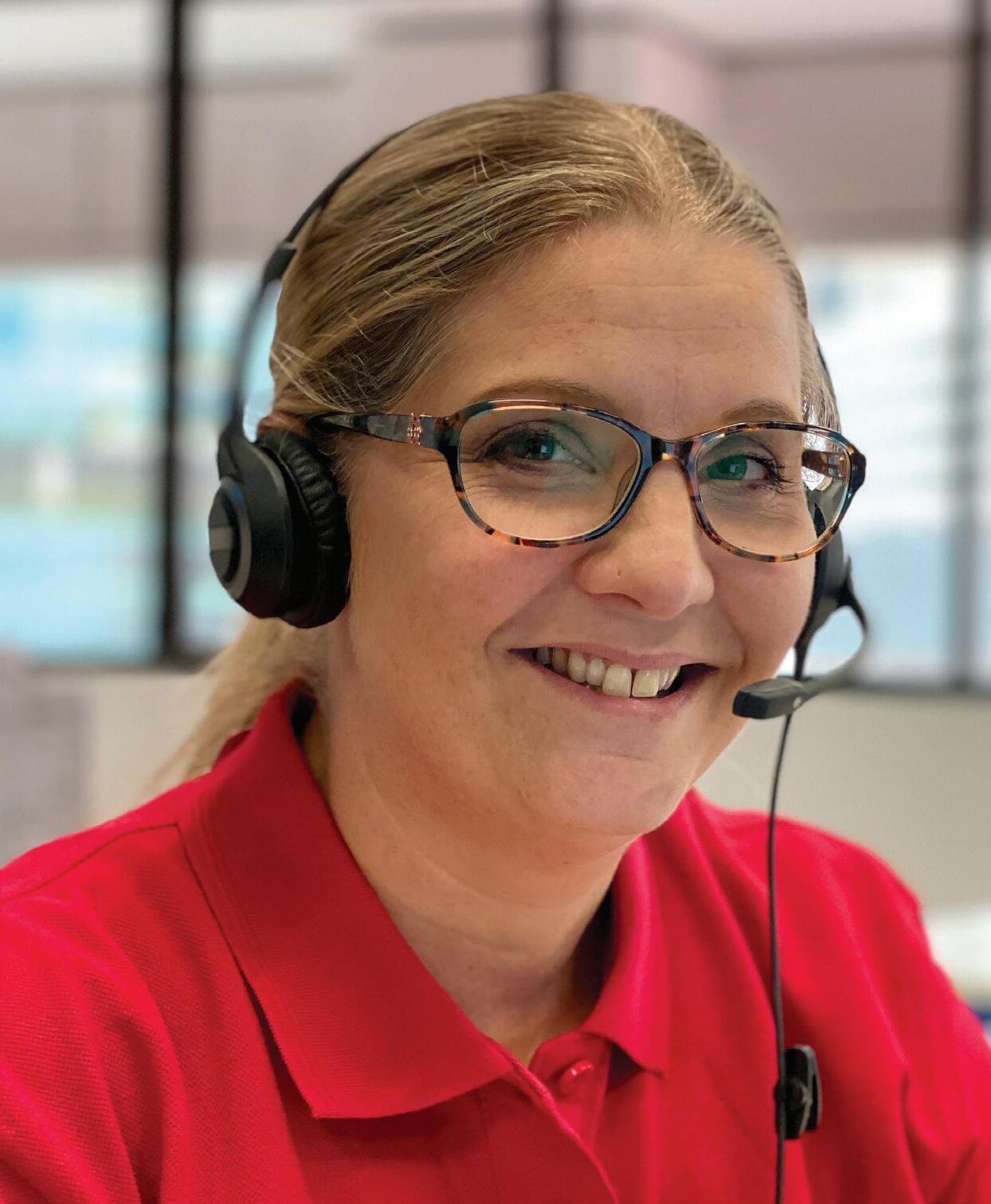
Experienced Leap in! plan manager, Tabitha is on hand to help. Tabitha answers some frequently asked questions about how PACE and NDIS changes may impact your child’s plan and budget.
PACE is the name of the new NDIS computer system, which was introduced at the end of 2023. It replaces the previous system the NDIS used to communicate with you and manage your child’s NDIS Plan. NDIS participants are progressively being moved onto the PACE system as plans are renewed. All first plans are created in PACE.
The NDIS says the new system is designed to:
• Improve the participant and provider experience
• Provide clearer and more consistent information about how decisions are made
• Make systems and processes more consistent nationally
• Make it easier to implement recent changes to the NDIS Act.
How will the new PACE system change the way my child’s plan is reassessed?
With PACE, reassessing your child’s plan becomes a more collaborative process. During a reassessment, you’ll sit down with your NDIS partner (usually an early childhood partner or local area coordinator) to discuss and decide if any changes are necessary to better support your child’s needs. This is designed to ensure the plan remains as effective as possible as your child grows and their needs evolve.
Will my child have a longer NDIS Plan?
The short answer is maybe! If your child has stable support needs, their NDIS Plan may be up to three years long. However, most children and teens will have a shorter plan period to meet their dynamic needs. Multi-year plans will have annual amounts to spend on supports and services your child needs each year. The funds for multi-year plans are released each year.
Have NDIS support categories changed?
The NDIS has updated its support framework, increasing the number of categories and introducing new types of supports:
There will now be four support types instead of three:
• Core
• Capacity Building
• Capital
• Recurring (new).
There have also been six new support categories added:
• Home and living (Core)
• Behaviour support (Capacity Building)
• Assistive technology repairs and rental (Capital)
• Specialist disability accommodation (Capital)
• Transport (Recurring)
• Young people in residential aged care (YPIRAC) (Core).
Will support budgets be more flexible?
The new structure allows for more flexibility within each budget category. For example, under Core supports, your child’s budget can be used flexibly across any related category, whether it’s for daily living, community participation or consumables. This means you can allocate funds more flexibly based on your child’s priorities and needs.
Capacity Building and Capital supports budgets may have stated support categories. Stated supports are less flexible and can only be used for items or services within that support category.
How do I endorse a plan manager under the new PACE system?
There are a few ways you can endorse a plan manager for your child’s NDIS Plan:
• Inform your child’s NDIS partner during your planning or reassessment meeting that you wish to endorse a plan manager
• Call the NDIS on 1800 800 110 and ask them to endorse your chosen plan manager
• Some plan managers, like Leap in! can be contacted directly and they can request to be endorsed through the PACE system. The NDIS will then contact you to confirm this, or you can call the NDIS to approve it.
Do you have any tips for choosing and endorsing a plan manager on the PACE system?
When endorsing a plan manager for your child’s plan, ensure they're included specifically as the “plan manager” and not just a “plan provider”. Use the start date of your child’s current plan as the endorsement start date to ensure all invoices are processed without issues. It's also a good idea to confirm with the person on the phone that the endorsement is complete to avoid any misunderstandings. If you're continuing with the same plan manager for a new plan, mention this during your discussion to confirm their ongoing role.
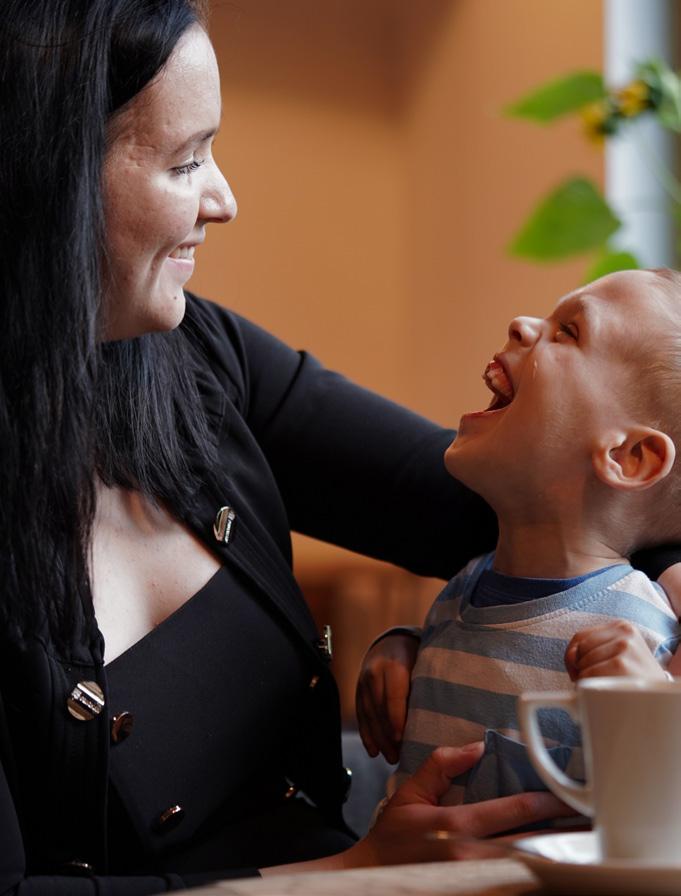
When will my child move onto the new PACE system?
The new system has been in place for all new NDIS participants who have joined the scheme since late 2023 and rollout of the system will take up to 18 months. Existing participants can also expect to be moved to the new system at the time of their next plan reassessment.
Want trusted information you can rely on?
At Leap in! we’re your partners in navigating the NDIS. Like Tabitha, our experienced plan management team can help you get the most from your child’s plan.
Leap in! has designed a web page specifically for parents and carers to simplify PACE and other NDIS changes, and their potential impact on your child’s NDIS Plan. Our page is regularly updated to bring you the latest insights and changes.

SCAN TO VIEW
DO YOU HAVE A QUESTION YOU’D LIKE US TO ANSWER IN THE NEXT EDITION OF SOURCE KIDS? WE’D LOVE TO HEAR FROM YOU. SEND YOUR QUESTION TO MYSTORY@LEAPIN.COM.AU
Since our lives changed irrevocably during the pandemic, rates of social anxiety in children have reached an all-time high. This concerning trend is affecting children of all ages and those who are neurotypical as well as those who are neurodivergent.
People with social anxiety often experience significant distress and discomfort in social settings, such as meeting new people, speaking in public, participating in group activities, or even engaging in conversations.
While it’s normal for children to feel shy or nervous in certain social situations, social anxiety becomes a concern when it significantly interferes with a child’s daily life and functioning. Recognising the signs, understanding the causes, and implementing appropriate strategies are vital in ensuring that children can maximise their potential and navigate their world.
There are many signs of social anxiety in children, and these can manifest differently depending on the age and personality of the child as well as any diagnosis they may have.

Common things that you may notice include:
Avoidance of social situations:
Children with social anxiety may avoid or feel extremely uncomfortable when they have to interact with peers or adults, such as at school events, parties, or even classroom activities. They may ask lots of questions before these events occur and may also experience separation anxiety if they are being left in one of these situations without a safe figure.
Physical symptoms: This is commonly reported as tummy aches or headaches when there is no medical cause. This is true of many anxiety disorders and is often used as an avoidance strategy.
Difficulty speaking: Some children may struggle to speak or express themselves in social settings, fearing they’ll say something wrong or be ridiculed by others.
As children grow and develop, the settings in which you would notice the anxiety can shift. Here are some signs to look out for by age group as well as some relevant social factors to consider:
Preschool age (3-5 years old)
Children may show reluctance to engage in group activities, playdates, or interact with unfamiliar people. They are likely to want you to be present for the majority of the time and to take the lead in any social setting they find themselves in. Prior to Covid, if these behaviours were ongoing, this would often lead to an assessment for neurodivergence. As many of the children who are currently this age lacked opportunities for early socialisation (particularly in places with harsher
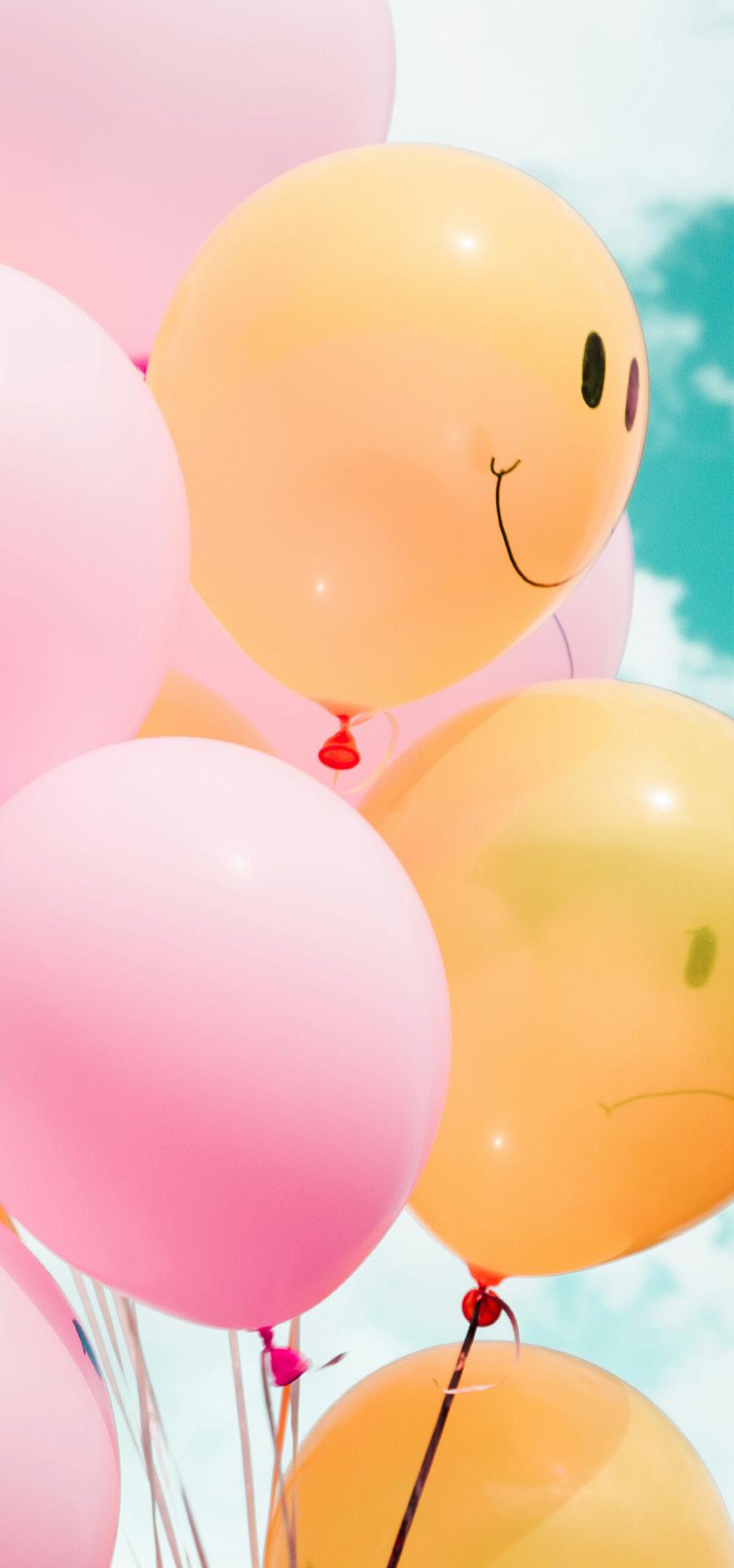
lockdowns), the landscape has changed significantly in how their development is being viewed.
Primary school age
The transition into primary school should be an exciting one with opportunities for forming friendships, playground games and group projects. For a child who has social anxiety and is keen to avoid social situations, this transition can be highly provocative. For many children this is the first time that new independent friendships are being formed and children with social anxiety may have difficulty making friends. This can be because they struggle to initiate or maintain friendships due to fear of rejection.
High school age / adolescence
As children grow into teenagers and their independence grows, adolescents with social anxiety may withdraw from social activities, spending excessive time alone
or avoiding group settings. This can affect their academic performance as well as avoiding anything that would draw attention to them for fear of being judged, criticised, or embarrassed by others. This can lead to adolescents retreating into an online world and spiralling into school refusal and other anti-social behaviours.
Once it is acknowledged that your child is experiencing social anxiety, there are a multitude of strategies that can assist them to learn to manage their social interactions in a way that causes them minimal distress. Whilst the following list is not exhaustive, it can be a good starting point and allow your child to feel heard, understood and in control.
These differ from child to child and can be made worse by sensory sensitivities and rigidity in neurodivergent children. Once someone’s triggers are understood and parents/caregivers understand the impact a situation can have on them, allowances should be made in other parts of the day to accommodate the fact that they have faced something very difficult.
A common theme in those with social anxiety is the dislike of the unpredictability that social situations can bring with them. E.g. who will be there, how long will it last for, exactly what will happen. Whilst we may not have all the answers, any information we can provide will allow them to feel more reassured and centred when going into a social environment.
In any situation of high anxiety, the person with anxiety will be looking for things that make them feel grounded and safe. For young children, this could be a transition object or toy from home and for older kids this may be having their phone with them so they can retreat to the bathroom for 10 minutes and play a game! Another
example of providing safety is reminding them which people there they are comfortable with. By accepting their need for safety and figuring out with them the best way to provide it, you validate them where they are.
No matter how a social situation goes and whether they thrived or not, letting your child know that you are proud of them for trying will go a long way to reminding them that you are an ally! This is also true when agreeing with them how long they have to do something for. Clear start and end times are important for people with social anxiety and they will rely on them to make it through.
Depending on the age of your child, this can take many different forms. It may be strategies for you to help your child navigate the world, it may be them working with someone to explore their triggers, it may be them working with someone on academic related work so that they feel less embarrassed to present in class. Whatever form it takes, having a professional on your child’s team who fully understands can be a game changer! Social anxiety is something that is often minimised and written off as being due to other factors. However, recognising it in its’ own right, allows it to be dealt with in a way that is personalised for the child involved and gives them opportunities to shine.
ByAriella Lew. Ariella Lew is the founder and director of Kids on Track Consultancy. Kids on Track consults with families, schools and allied health professionals around issues including but not limited to: behaviour support, family dynamics and parenting, disability, NDIS access and support co-ordinations, chronic conditions and more.
kidsontrackconsultancy.com; admin@kidsontrackconsultancy.com; 0416 612 676
If your child struggles with anxiety here are some apps to help them in a number of ways including identifying their feelings, managing their thoughts and distracting themselves through anxious moments.

Positive Penguins is a resilience-building app for all children. The app has a simple 5-minute guided meditation for children to learn to sit, relax and let go of the thoughts as they come into their heads.
There is also a strategy for children to understand an event or situation that happened that created an emotion in them - this emotion is not right or wrong, rather information – once they understand this and can examine the thoughts or stories they are telling themselves about situations they can then challenge the stories they tell themselves and help problem solve situations.

Smiling Mind is Australia’s leading digital-led, prevention focussed mental health not-for-profit and the innovators behind Australia’s most trusted mental wellbeing app. The Smiling Mind App is a free tool, developed by psychologists and educators and downloaded by millions of people. Programs in the app are underpinned by mindfulness and positive psychology strategies and are designed to build mental fitness and resilience; support good sleep, reduce stress and improve relationships; and promote the development of new social and emotional skills. Find programs tailored for children aged 3 years and older, young people and adults as well as dedicated family programs.

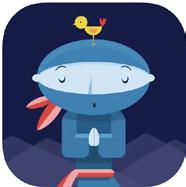
Sleep Ninja is a free, evidence-based app shown to be effective in helping young people with sleep problems.
It is reported that half of all mental illnesses start during early high school by age 14. At this critical stage of development, 40% of young people will face significant sleep problems heightening their risk of anxiety or depression.

Sleep Ninja was designed and developed at the Black Dog Institute in consultation with young people, their parents/carers, psychologists, counsellors, and sleep experts. It is the first adolescent-focused app which helps young people improve their sleep.
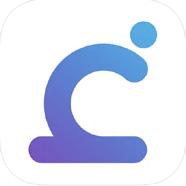
Calm Harm is an awardwinning app developed for teenage UK mental health charity stem4 by a clinical psychologist in collaboration with young people. The app provides some immediate techniques to help break the cycle of self-harm behaviours and explore underlying trigger factors; build a ‘safety net’ of helpful thoughts, behaviours and access to supportive people; and provides the opportunity to journal and selfreflect. It also provides signposts to help. The Calm Harm app is private, anonymous and safe. Please note that the app is not a substitute for the assessment and individualised treatment by a health/mental health professional.
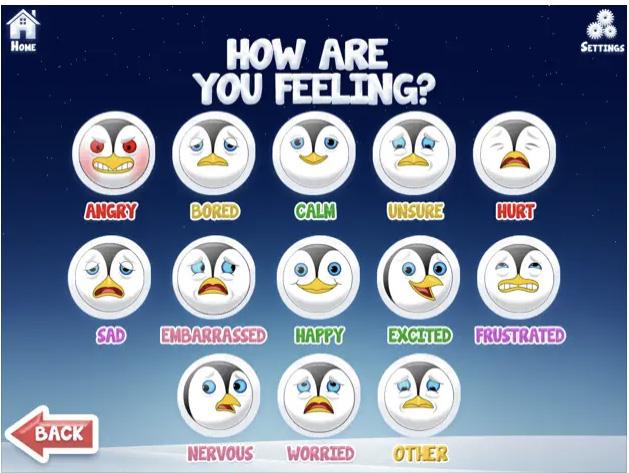


Chill Outz is a collection of fun animated stories teaching children proven techniques to stay mindful & relaxed anywhere, anytime.
• Buzzy Bee – teaches children how to calm down through humming
• Panicky Penguin – teaches children how to overcome panic through focused breathing
• Timid Turtle – teaches children to overcome anxiety through shrugging
• Noisy Alien – teaches children how to be OK in unfamiliar situations through body relaxation
• Sleepy Bear – gets children ready for bed with breathing strategies

Clear Fear provides the user with a range of ways to manage the symptoms of anxiety. Developed by a clinician collaboratively with young people, Clear Fear uses a Cognitive Behavioural framework to help change anxious thoughts and emotions, alter anxious behaviours and calm fear responses. It is recommended for the ages of 11-19 years but can be used by a younger group with the support of a parent or carer.
Employ
Agree
Have
Be
Have

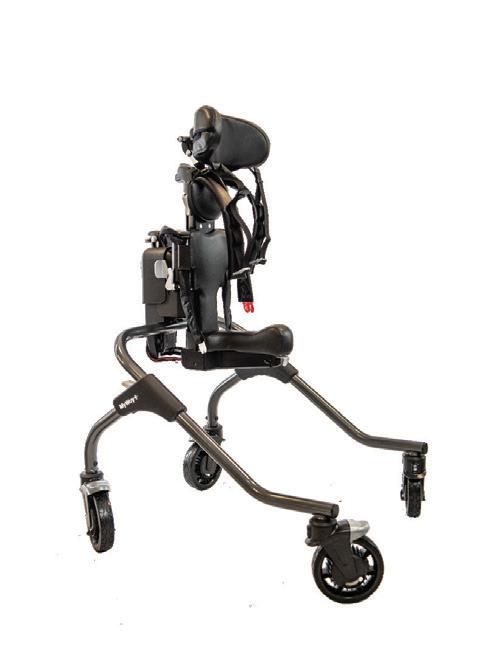

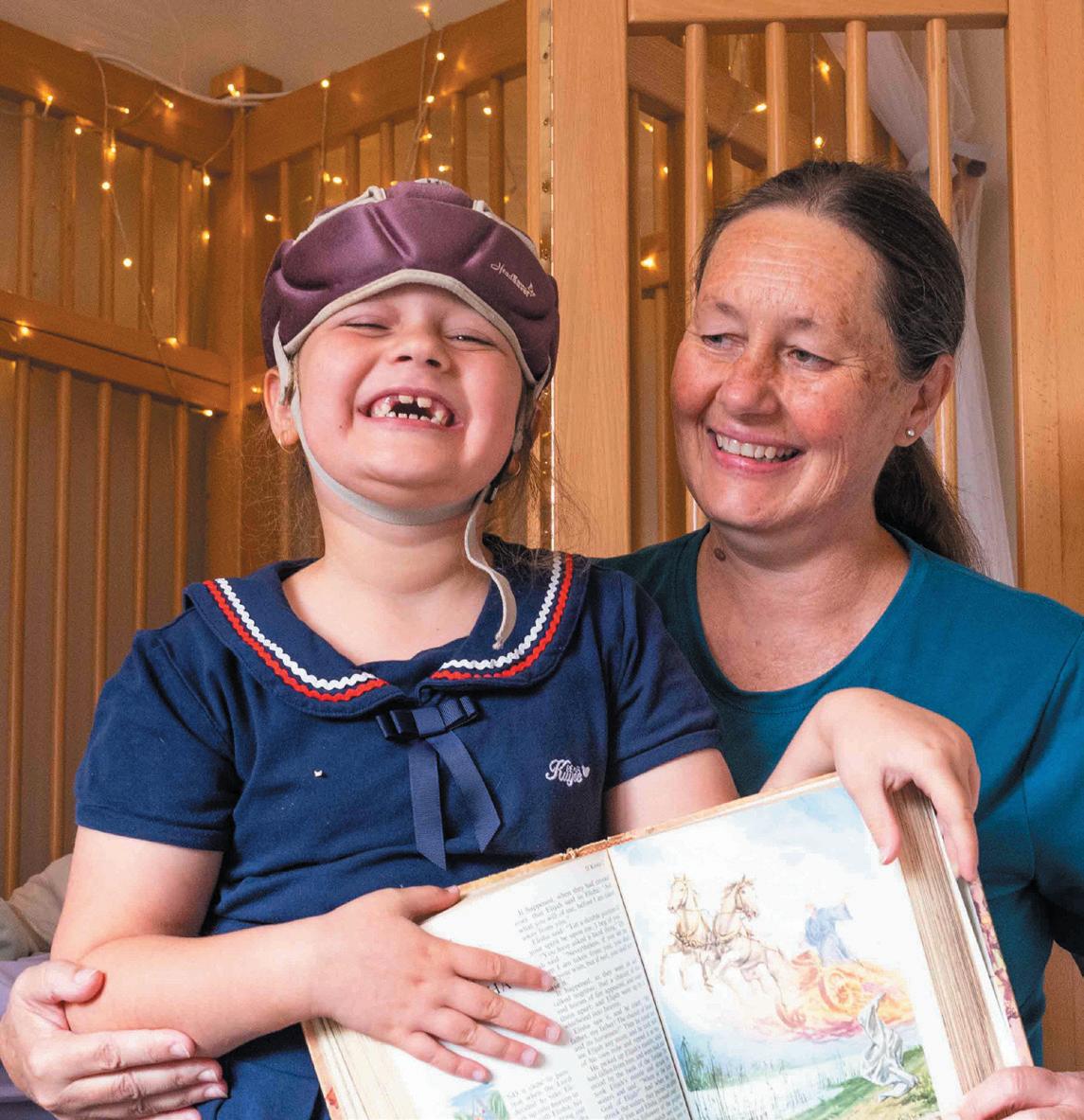
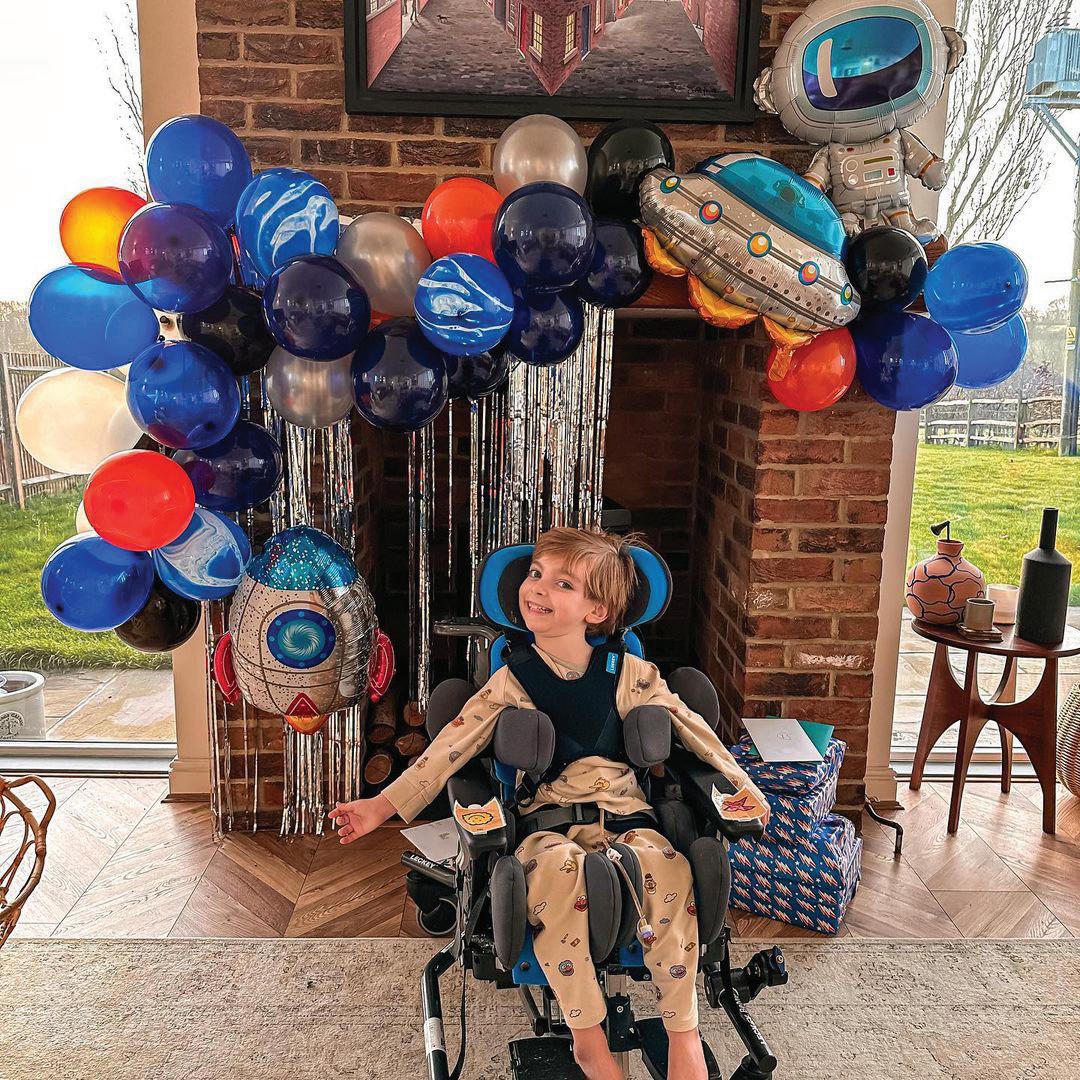

It’s a win-win situation when you can combine having fun and increasing socialisation skills with enhanced muscle strength.
That’s certainly been the case for New South Wales five-yearold Ava Ryan, who recently received a Zing Multi Position Stander from the team at Dejay Medical.
Ava has a chromosomal deletion and GRIN2A - genetic conditions that have caused severe global development delay, hypermobility, and bilateral profound sensorineural hearing loss.
Purchasing the Zing MPS TT stander from Dejay’s Easystand range has given Ava a new perspective both physically and socially, according to mum, Michelle, and dad, Josh.
motor and sensory skills) stuck all over the tray to pull off and throw – she also loves playing “peek-a-boo” with different pieces of fabric over items or people’s faces.
“Ava also loves watching her brother dance and sing while in her standing frame – she thinks he is very funny!”
The stander allows Ava to stand in the correct position for longer periods with her hands free to play.
“Ava also loves watching her brother dance and sing while in her standing frame – she thinks he is very funny!”
It’s also been a leveller when it comes to spending time with her big brother Will, 7.
“Ava’s stander has helped her to be included in our family activities and because she is not working hard on standing, Ava can engage more with those around her,” Michelle says.
“When in the stander Ava loves to have squigz (tiny suction toys to develop

“This helps Ava work on standing and play skills at the same time. Being at eye level helps Ava work on social and communication skills with less body fatigue.”
While Ava can pull herself up to a standing position and use furniture to support her movements, she locks her joints as a result of her hypermobility.
“This doesn’t enable her leg muscles to develop the strength they need to allow Ava to stand independently without holding on to something. The standing frame enables us to put Ava in a position she loves whilst not locking out her knees and ankles – this means she is having fun

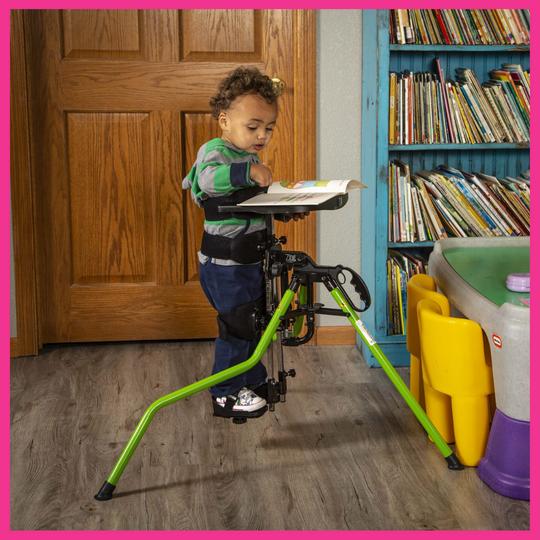
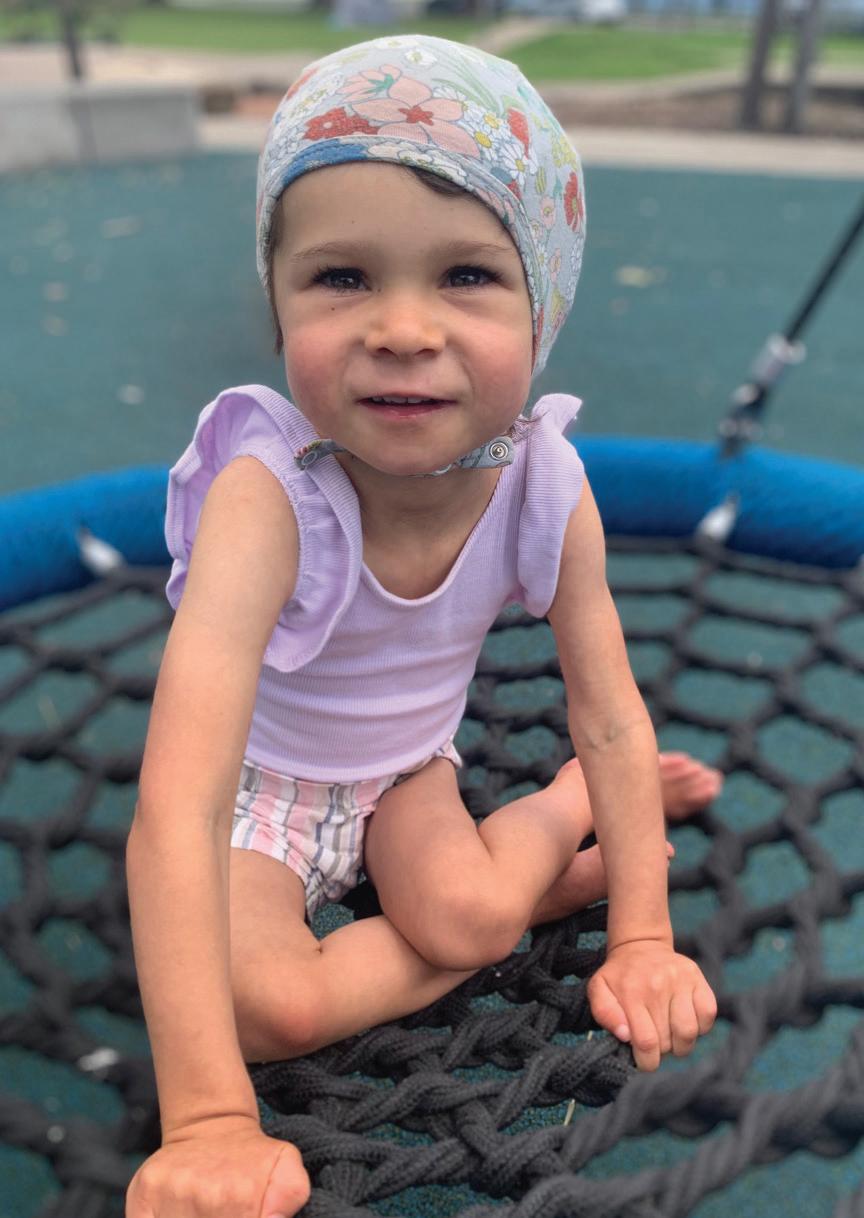

and strengthening her muscles at the same time!”
Ava uses the stander every day at home, typically in the lounge room where she’s being encouraged to watch more television - a problem many parents don’t have!
“She is at the perfect height for watching TV! I know this is not something we would usually want kids to do more of, but Ava doesn’t have much interest in TV yet and we think it would be a great tool to

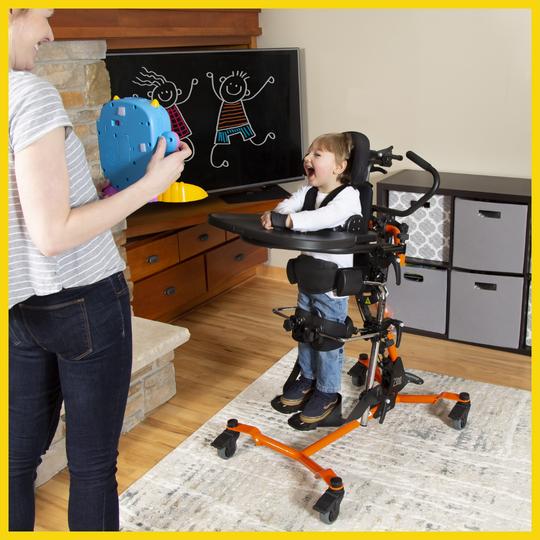
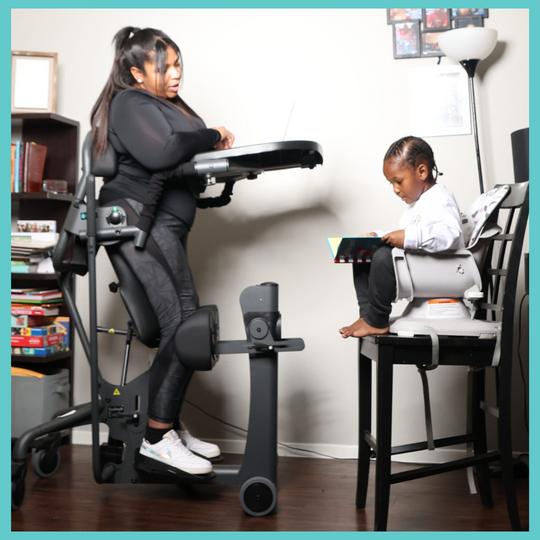



improve her concentration and give mum and dad a break for a few minutes!”
Ava attends preschool two days per week but is reliant on her family and support network for all aspects of her care and has a “fabulous” team of therapists that support her.
“Ava loves being around familiar people and being outside. Her favourite things to do are visiting the park to go on the swing and slide and going to Frame Running in Wollongong on a Monday night,” Michelle says.
Ava’s family highly recommend the Zing stander and the support they received from Dejay Medical - long time supporters of new and innovative ways to promote active inclusion by providing specialised wheelchairs and supports, handcrafted in New South Wales.
Easystand Standers provide a broad range of solutions to meet each person’s goals with each model tailored to every customer’s unique personal needs.
The Zing range of standers are the only multi-position stander that pivots two directions, allowing the unit to go from flat-to-load supine to 20 degrees prone in one motion. There is no need to transfer the user in and out, flip pads, foot plates and trays. This ability provides a therapeutic opportunity not possible with other standing frames.

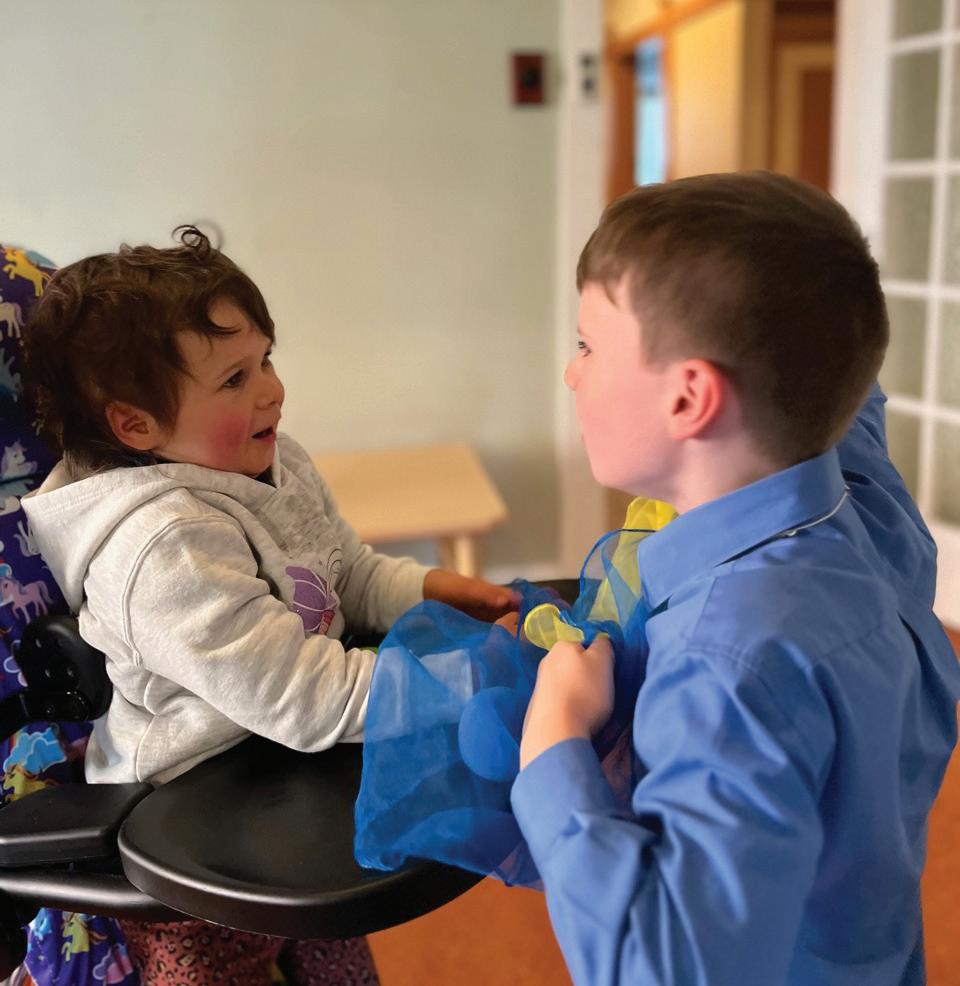
The Zing MPS TT – as used by Ava also features the tilt-table style padding with easy-to-use positioning straps included on the knees and hips.
But Ava’s story best sums up the benefits of a Zing stander.
“Our main goal for Ava is for her to be happy. Ava loves to move around and explore and loves being around familiar people, she is a very social little girl,” Michelle says.
“We want to help Ava to be able to navigate her environment more easily, by standing to see people around her and engaging with them and by being able to move around more easily.”
By Katherine Granich

A free trial can be organised by emailing therapy@dejay.com.au. The full range of standing solutions can be seen at dejay.com.au/ product-category/standers

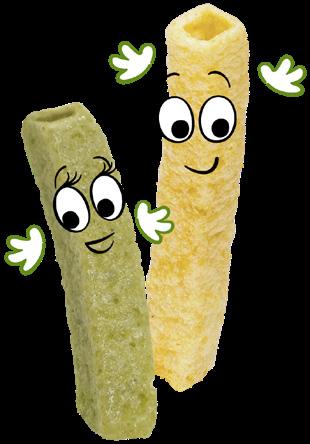
Your toddler’s favourite snack, now in a new tastier recipe!
Gluten-free!
Ideal for self-feeding! Helps develop the pincer grip!

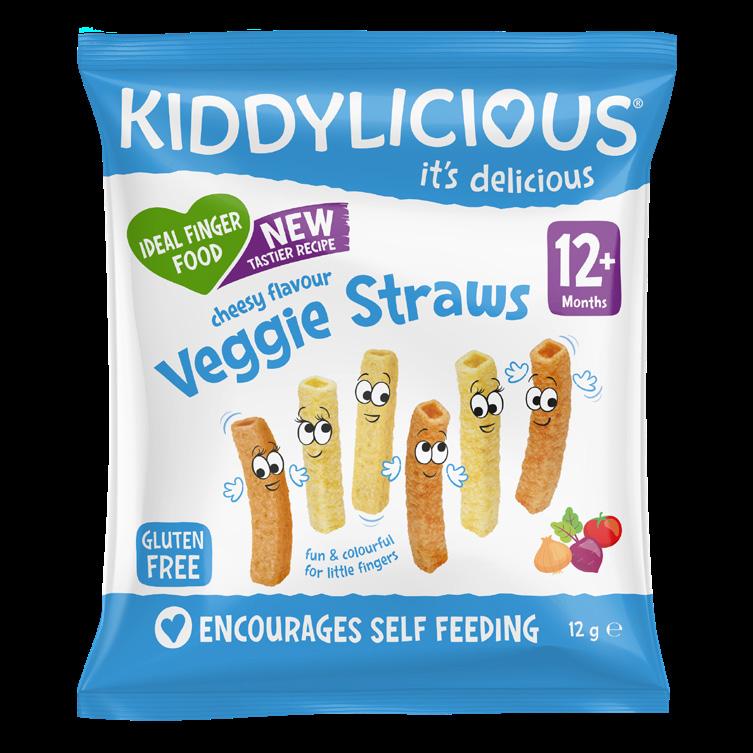
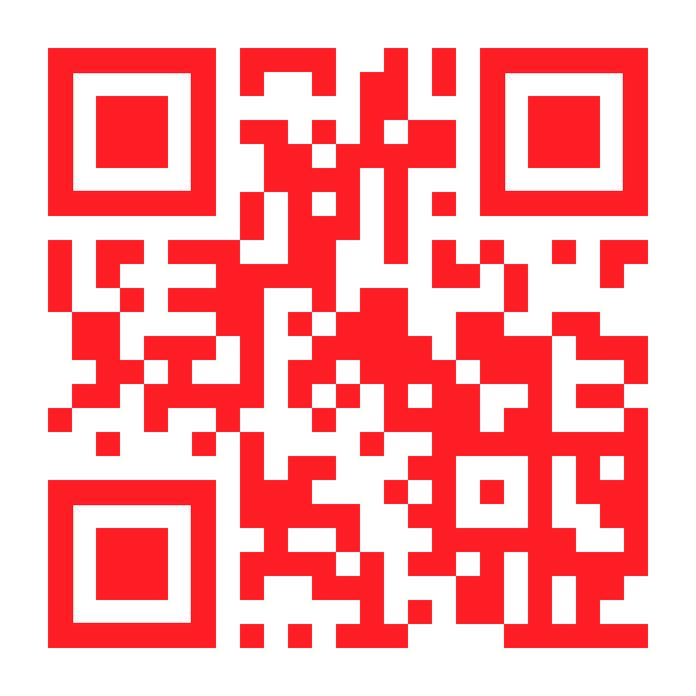
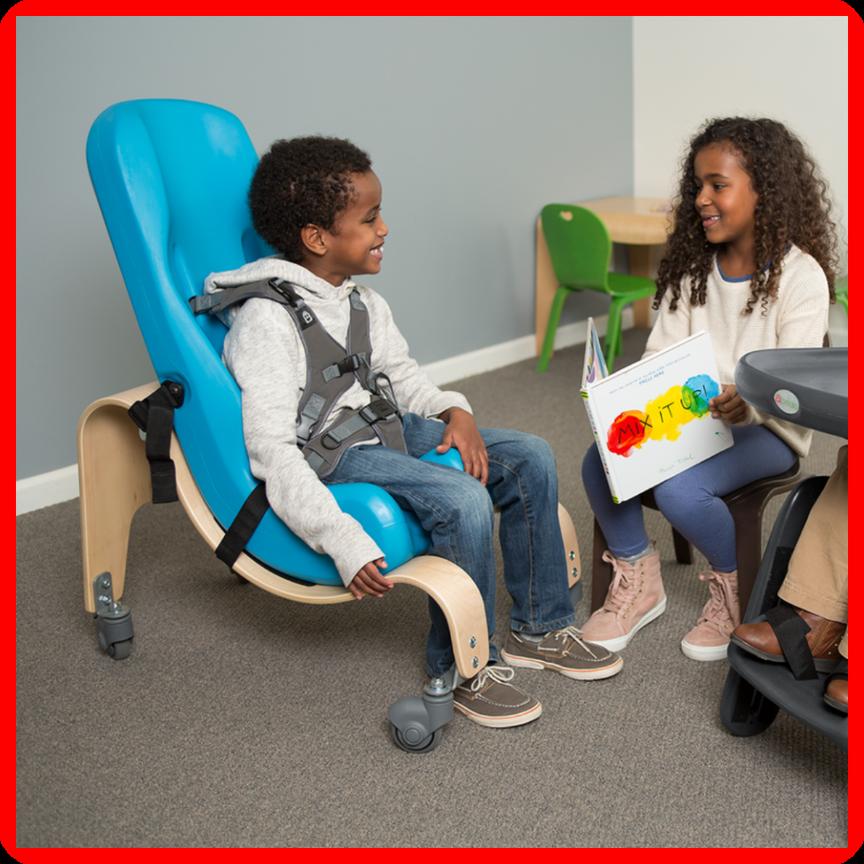



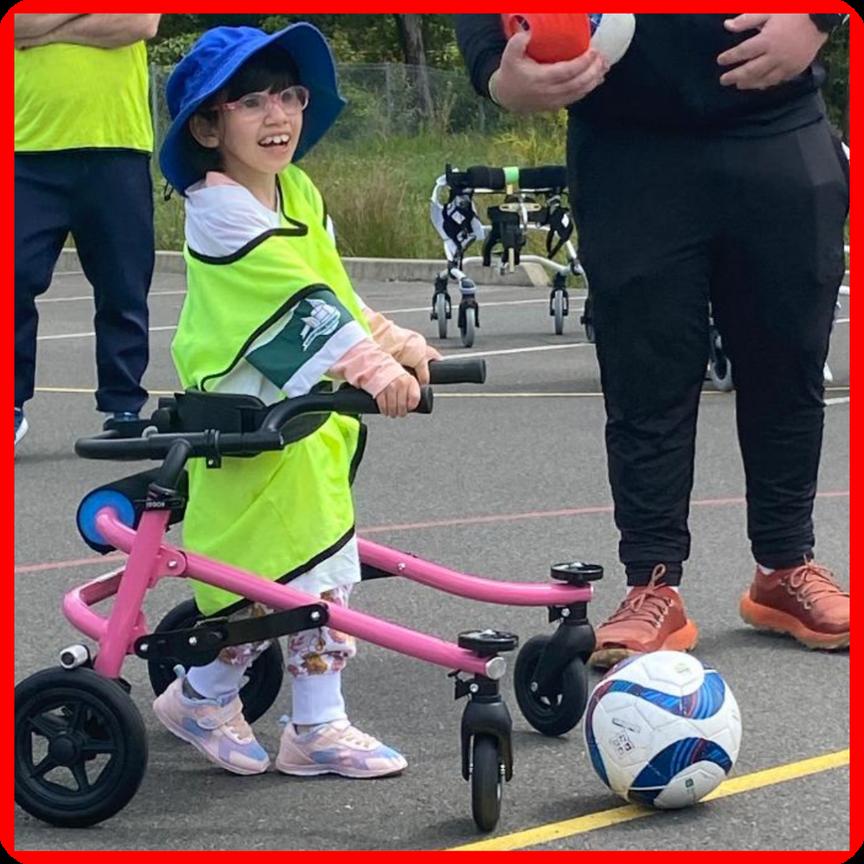

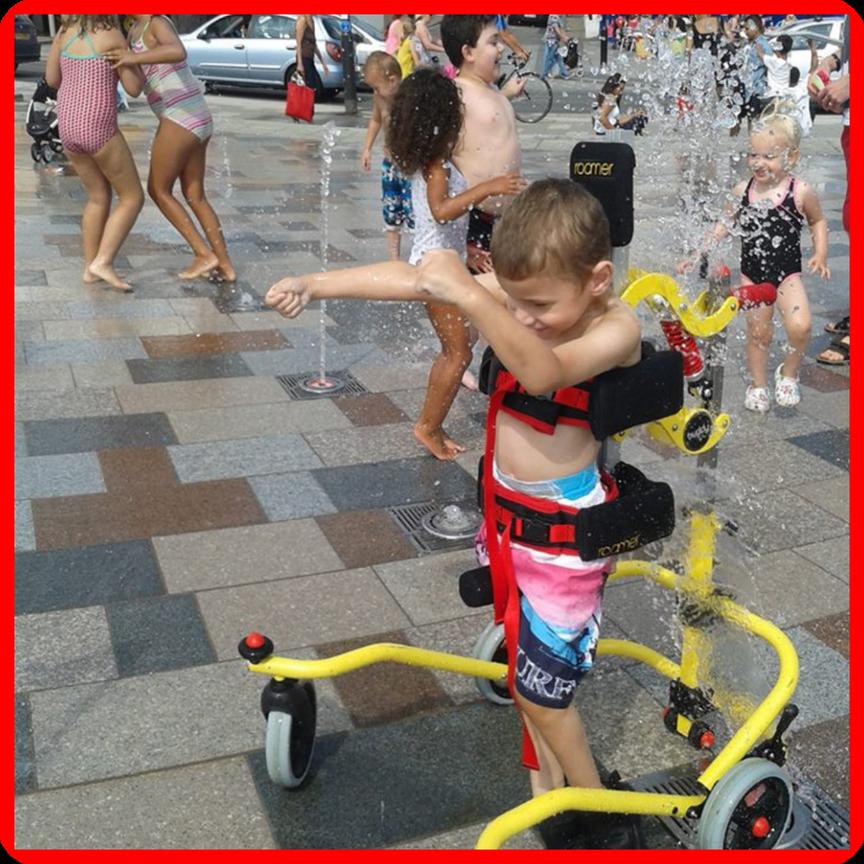
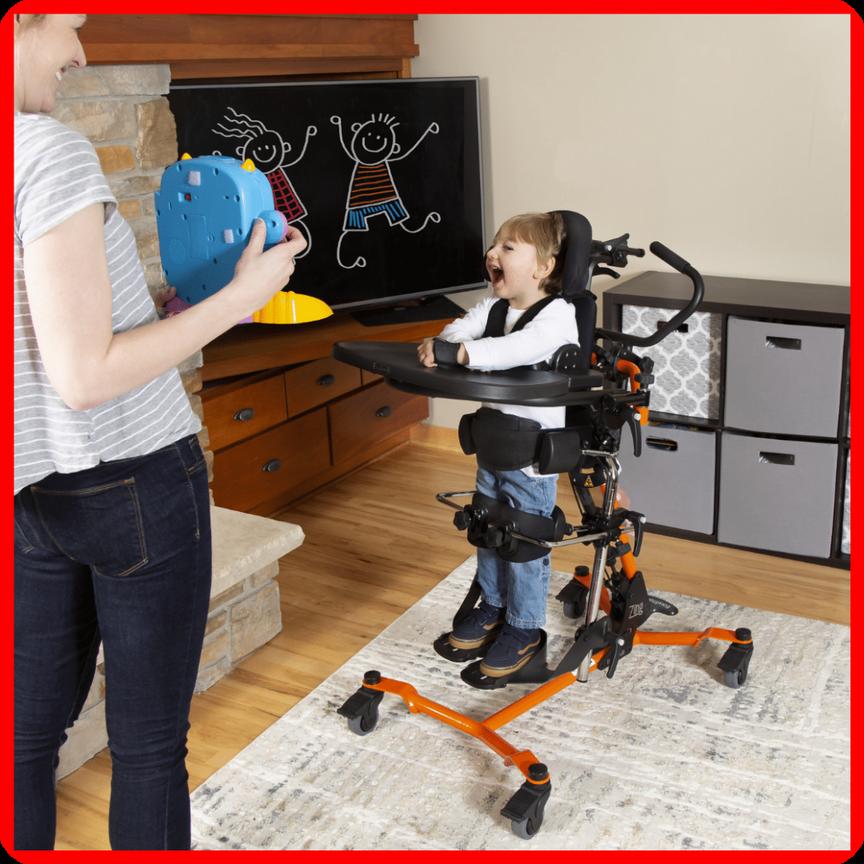



Danielle Relf from Behaviour Support & Therapy helps us to understand the role of a Behaviour Support Therapist and how the practice can assist children with disability and neurodivergence
Why might a parent or carer decide to seek an appointment with a Behaviour Support clinician and psychotherapist for their child? What are some of the common challenges faced by children with disability and their families that you encounter?
Parents and carers often come to see us once another professional has helped identify or validate their own experiences around unwanted behaviours that are impacting the child.
Can you tell us a bit more about the role of a child behaviour support clinician/ psychotherapist in supporting children with disabilities or neurodivergence?
Behaviour support clinicians work with children and their families to identify and implement strategies aimed at reducing behaviours that are presenting a barrier to a child’s participation at school, in the home and in relationships. While we often work with other professionals to support children, our work is aimed squarely towards the child’s and parents’ behavioural goals. In our clinic, sessions often involve video interactional analysis, psycho-dynamic talking therapy and a method known as Marte Meo.
Our team works with children using a
A common challenge experienced by parents and carers is the lack of support and strategies available to manage challenging behaviours. No one sits you down when you have a child and hands you a manual; parents and carers seeking to support children with complex behavioural presentations often face extremely challenging circumstances.
We have found that equipping parents, carers and important people in the life of the child (like teachers or mentors) with practical plans and strategies can make a substantial difference.
trauma-informed, infant mental health lens. We work with the child in their environments to better understand their experience. Our observations look deeply into a child’s everyday life and observing them we can see where the social, emotional, and developmental impairments and barriers are for the child. Once we understand the delays or barriers, we can see and identify the triggers and cues that may play a part in starting the unwanted behaviour. The assessment process allows us to understand why a child is resorting to maladaptive coping mechanisms and formulate a treatment pathway and strategies aimed at preventing or resolving these behaviours.
Our sessions can involve play therapy, parent and family sessions or sessions with school staff and other significant others.
What are some misconceptions or myths about child Behaviour Support clinicians that you commonly encounter, and how do you address these misconceptions?
Often parents would like us to be present and observe a ‘meltdown’ or unwanted behaviour. However, most meltdowns look similar and do not give us much information about the child, how they manage everyday life and activities, what they fear and what impairments or delays they have.
We need to see children function at their best and in optimal settings and mood states. While we observe them at their best we can see the nuances in behaviour, where they are delayed and what support they need. We can also see the meaning behind behaviours and what triggers them in their environment. Identifying the function of complex behaviours is the key to unlocking understanding and, crucially, successful strategies.
should parents talk to their children about seeing a Behaviour Support clinician and psychotherapist?
Children often have a keen awareness of the barriers they experience so I would advise parents to support the child by
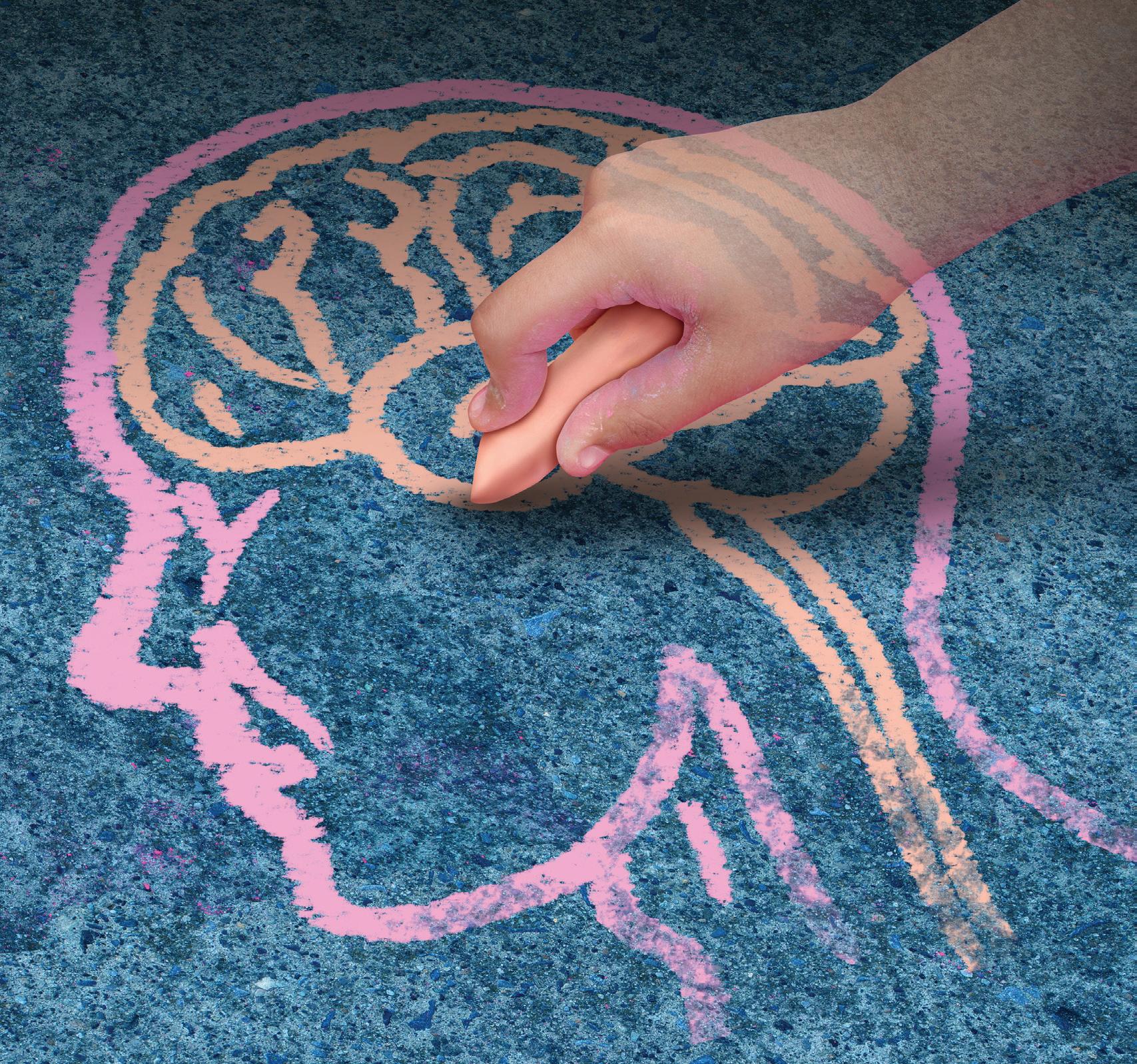
explaining how a behaviour support clinician can help them to build and maintain friendships and relationships, and help them manage their big feelings. An experienced clinician will find ways of putting children at ease and explaining that they are someone whom the child can talk to about how they feel and who will understand their perspective. In turn, a clinician will help the child with new ways of seeing situations and strategies on how to manage difficult problems.
What typically happens at the first session you have with a family?
During the first appointment, we will discuss what therapy is and how it will look. We will come up with a treatment plan and set goals to work towards. We will collect information from the parents and child to be able to access the child’s needs and development to aim our therapeutic plan at their level, to ensure we meet the needs and actualise the goals. At the same time, we aim to put the parent and child at ease, explain what the work involves and answer questions that arise.

Can you provide examples of specific strategies or interventions Behaviour Support clinicians use to support children with disabilities in their social, emotional, and academic development?
Most of our interventions work towards developing Positive Behaviour Support Plans tailored to our clients’ needs and circumstances. These plans contain specific strategies relevant to the child’s presentation.
While we use a myriad of different approaches and techniques to support our clients, one distinctive method that sets us apart from many other services is the Marte Meo.
Marte Meo is a unique positively lead, relationship building and preventionbased form of educational counselling. It aims to build upon and reinforce the strengths of client, enhancing their ability to effectively communicate and connect with those around them. It has application to clients of all ages and all levels of need.
What advice do you have for parents who may be struggling to navigate the challenges of raising a child with disability or neurodivergence?
It can feel very lonely parenting a child with disability and/or neurodivergence. You often find strategies that work for others don’t work for you when parenting your child. Seek the help and support that is out there. There is a community of people who understand disability and neurodivergent needs and rights and want to help bring people, families and communities of understanding and support together.
SOME MORE IMMEDIATE STEPS THAT CAN HELP INCLUDE:
Avoid making assumptions and think about why behaviour may or may not be happening.
Having connection/relationship moments in everyday life and settings is key to understanding children.
Adjust tasks and expectations for your child to support success and celebrate those successful moments when they arise.
Behaviour Support & Therapy is based in Adelaide and has 15 years experience providing therapeutic services and behaviour management to clients of all ages with complex disability, mental health and dual diagnosis. Get in touch at behavioursupport.com.au or call 08 7225 2566
LusioMATE’s
innovative game-based platform empowers autistic children to get the most out of physiotherapy – and have fun in the process, explains Katherine Granich.
Allied health practitioners are always on the lookout for effective, personalised ways to engage and support children with a range of diverse needs. And any child who’s been prescribed a physiotherapy programme will tell you –probably in no uncertain terms – that they don’t want to participate unless they’re enjoying themselves!

For autistic children, motor control difficulties, coordination problems, and sensory challenges present their own set of unique obstacles for which physiotherapy can make a significant difference. This is where LusioMATE comes in, combining innovative technology with evidence-based interventions to create interactive physical therapy games that meet the all-important “needs to be fun” criteria.
Deb Mitchell of Wild Child Physiotherapy (facebook.com/ wildchildphysio), based in Western Australia, says LusioMATE has become an indispensable therapeutic tool –particularly for her neurodivergent clients. “I use LusioMATE with clients who are between three and 14 years,” she says. “Not only do the children love it, it’s portable and easy to take along whether I’m seeing clients out in the community or in clinic.”
Deb has been incorporating LusioMATE into her practice for about three years now, witnessing its transformative impact firsthand. She uses LusioMATE as part of her clients’ interventions targeting proprioception

and motor planning, but says its versatility is evident across various therapeutic domains. “I don’t use LusioMATE in isolation – it’s part of my arsenal of tools.”
For Deb’s autistic clients, a compelling aspect of LusioMATE is its ability to facilitate social interaction and peer engagement. She’s seen great things happen in sessions where friends, siblings, or other family members play with LusioMATE together or taking turns.
“Two of my autistic clients – a nineyear-old and 12-year-old – work together in peer physiotherapy sessions with goals around motor planning. We use the prompts ‘think/plan/do’, where each child thinks about a movement, plans how they would do it, and then executes the
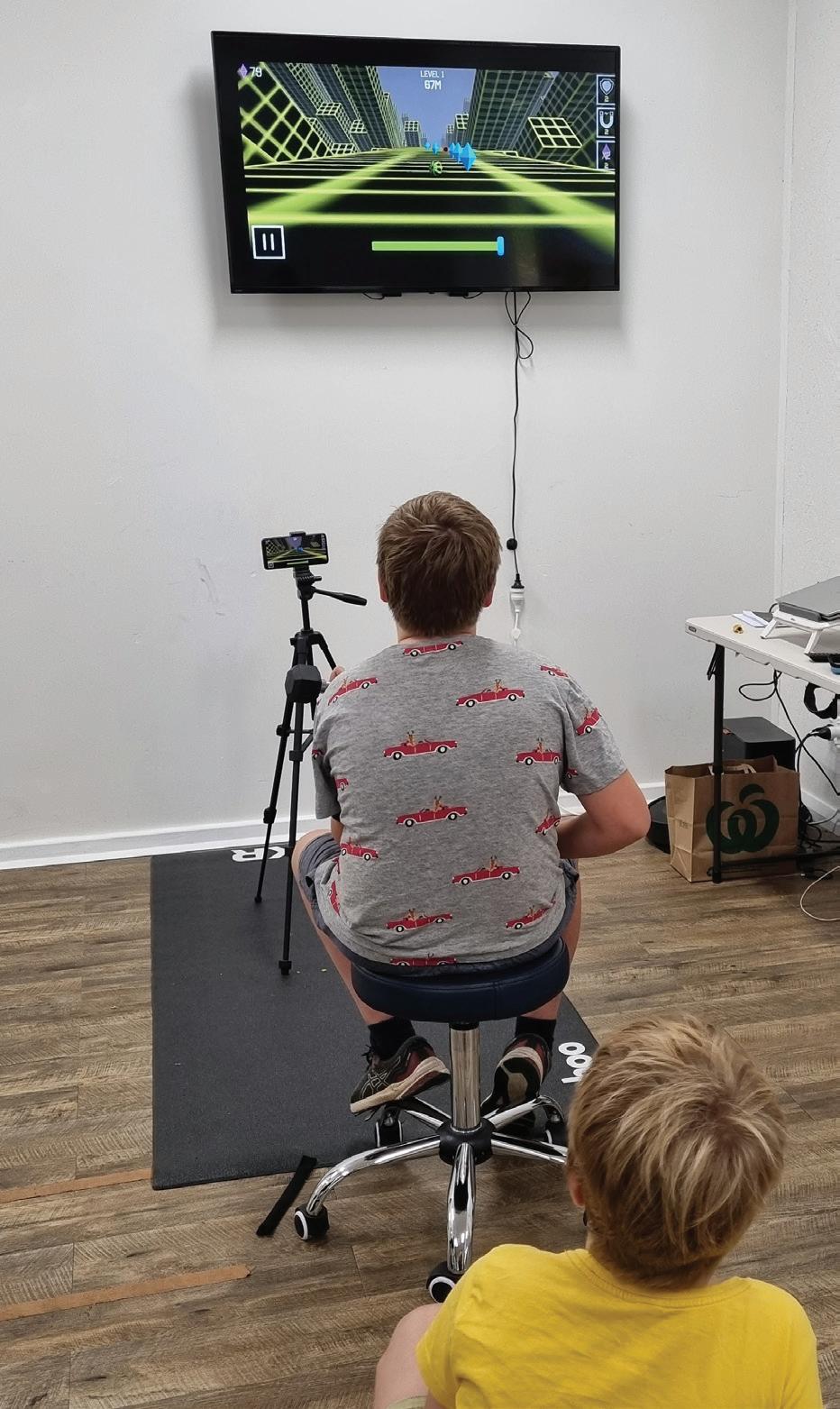
movement,” she explains.
“One of the children will be playing a LusioMATE game, but may be having a hard time making sense of the visual information he’s getting from the screen and the physical information from his body. I’d prompt his partner to watch how his peer is moving and ask him to provide some advice on how the game player could refine his movements to be more successful with the game,” Deb says. “The child playing the game then has the multiple benefits of visual feedback from the screen, verbal commentary from his peer, physical information from his own body and, when necessary, input from the physiotherapist.”
The varied sensory feedback from LusioMATE’s games can help autistic children process sensory information more effectively, aiding in sensory integration and motor skills development. Its instant feedback and reward system acts as positive reinforcement, encouraging children to continue engaging with the therapy, holding their attention, and turning their therapy goals into a fun, interactive experience – not a chore.
Deb often “saves” LusioMATE as the last activity of a physiotherapy session, as it
serves as a great incentive for some of her clients to complete their other exercises.
“It cultivates essential social skills such as waiting, turn-taking, losing, and winning – core competencies for navigating social interactions, both in physio sessions and on the playground.”
Autistic children find routine and predictability to be extremely important in helping them navigate the world, and the structured nature of the games provides a predictable and comfortable framework for autistic children, supporting their need for routine while engaging in therapeutic activities.
“It
LusioMATE was being played. “One of the strategies his family had implemented at home was to use a timer to help transition to the next activity. We used this same cue to finish our physiotherapy sessions, transitioning to end the game and go home,” she explains. “For the first six sessions, the child had a hard time turning off the game when it was time to leave. But we continued to use the strategies consistently, and at the next session, he went happily out the door – it was a real win!”

LusioMATE transforms physical therapy into a fun, game-based experience, greatly motivating kids to reach their movement goals.
USER-FRIENDLY AND ADAPTABLE: Easy to set up with a friendly interface, it’s designed for personalized therapy, ensuring activities meet specific client needs.
Transitioning between activities can be particularly challenging for children with autism, leading to frustration and resistance. Deb acknowledges that building capacity can be tricky, as LusioMATE is incredibly compelling for her clients, who often want to “sneak in” a few more minutes on the system whenever they can. “I use timers, verbal reminders, and other cues to help instil a sense of routine, predictability, and fairness,” she explains. “It’s a great opportunity to use some of the strategies the child’s family might be already using at home, school, or in other therapies.”
For another of Deb’s autistic clients, a five-year-old, there were some frustrations when it came time to end the session where
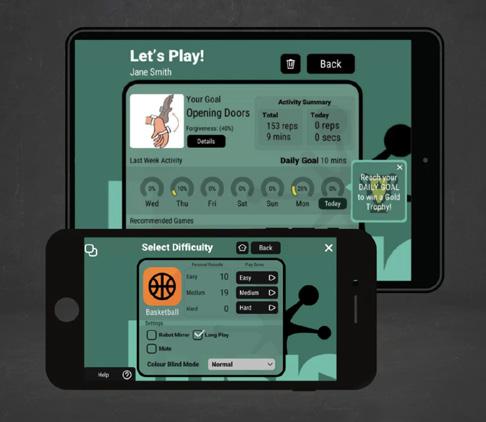
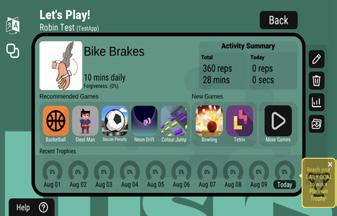
Deb underscores LusioMATE’s role in strengthening the therapeutic alliance, both between herself and her clients, as well as the child’s other therapists –speech pathologists and occupational therapists, for example. Deb can tailor LusioMATE’s games to each child’s specific therapeutic goals, ensuring activities are both achievable and challenging, promoting skill development at a comfortable pace.
For parents considering LusioMATE as a therapeutic option for their child, Deb emphasises the importance of seeking out qualified therapists who can integrate LusioMATE seamlessly into therapy plans, ensuring that it complements rather than replaces traditional therapeutic approaches. Through its innovative blend of technology and therapy, LusioMATE
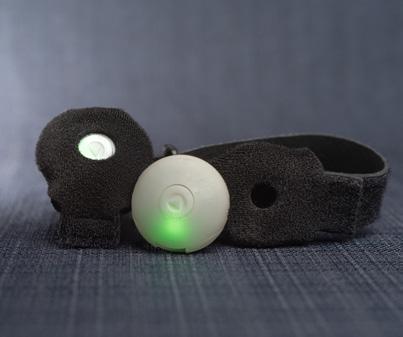
PORTABLE AND ACCESSIBLE: Compact and wearable, LusioMATE works anywhere, anytime—ideal for maintaining routines during breaks or travel.

COMPREHENSIVE SUPPORT: Supports a range of skills from motor to cognitive, with remote monitoring by therapists for tailored adjustments.

AFFORDABLE UNDER NDIS: a low-risk assistive technology, making it more accessible through NDIS plans.
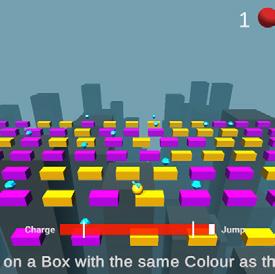

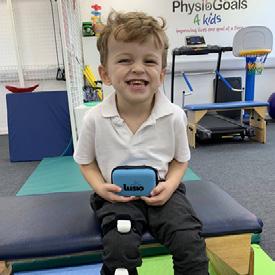
empowers autistic children to reach their full potential, one interactive gaming session at a time.
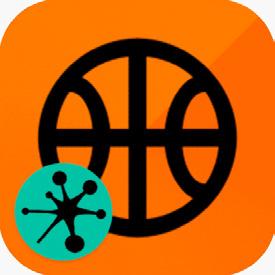
“Physiotherapy does take time and persistence,” Deb concludes. “But after playing LusioMATE, the children always want to come back next week!”
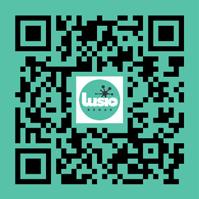



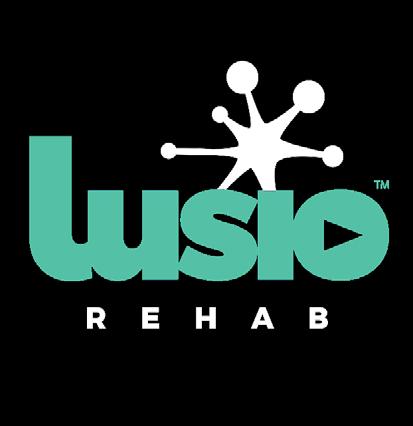
Head, upper body, pelvic and lower body positioning
Back options and mobile options
Tray, thigh pads, seat cushions, padded back rails, pommel, chest strap, pelvic strap.
KIDS LOVE IT!
They can sit comfortably, and therapists love it as they can achieve the right posture and support. Hybrid variations of the Breezi Chairs are also possible, by interchanging the widths of plates and back rails to provide taller, narrower, or shorter wider options.
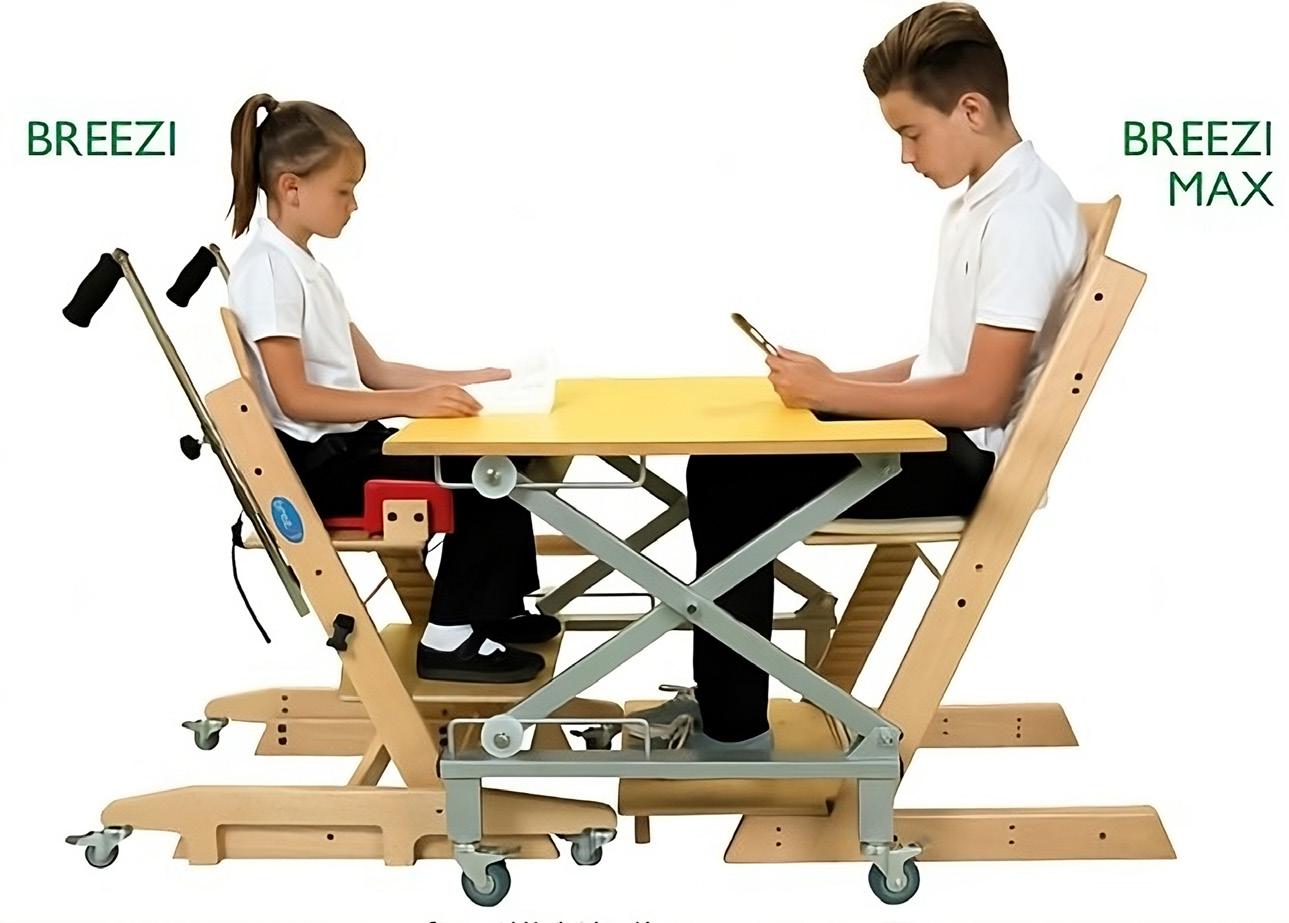
Introducing Breezi – A Range of Practical Paediatric Chairs.
Easy to clean, fits nicely into modern home furnishings and has a smooth wooden design. The Breezi Range can be used to help children with mild to moderate needs, including those with postural and behavioural difficulties. Easily adjustable, meaning they can grow with the child.
MORE THAN JUST A CHAIR
“It’s the families we help along the way that make our work so fulfilling. Finding the right solution isn’t always easy, but the happy smiles are the reward for when we get it right” - Dr Barend ter Haar (Founder).




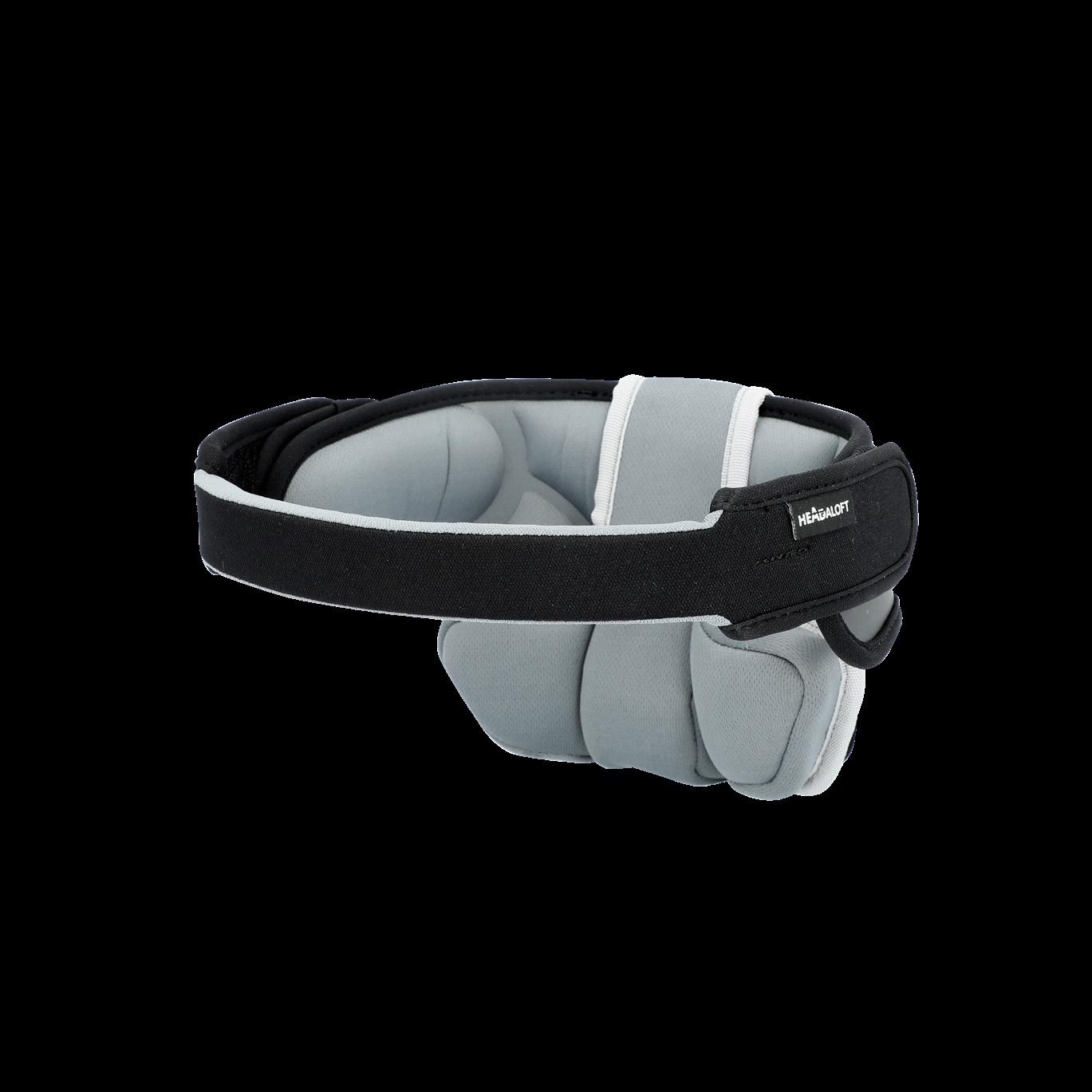
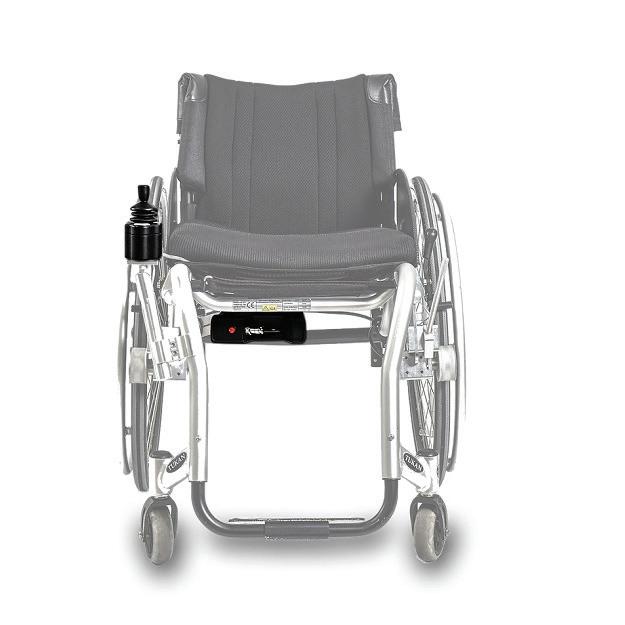




Interoception is often known as the “hidden sense” and is referred to as the eighth sensory system. It is the sense that tells us what is happening inside our bodies. Have you ever felt tired, hungry, cold, thirsty or like you need to go to the bathroom? It is the interoceptive system that helps you sense what’s happening inside your body.

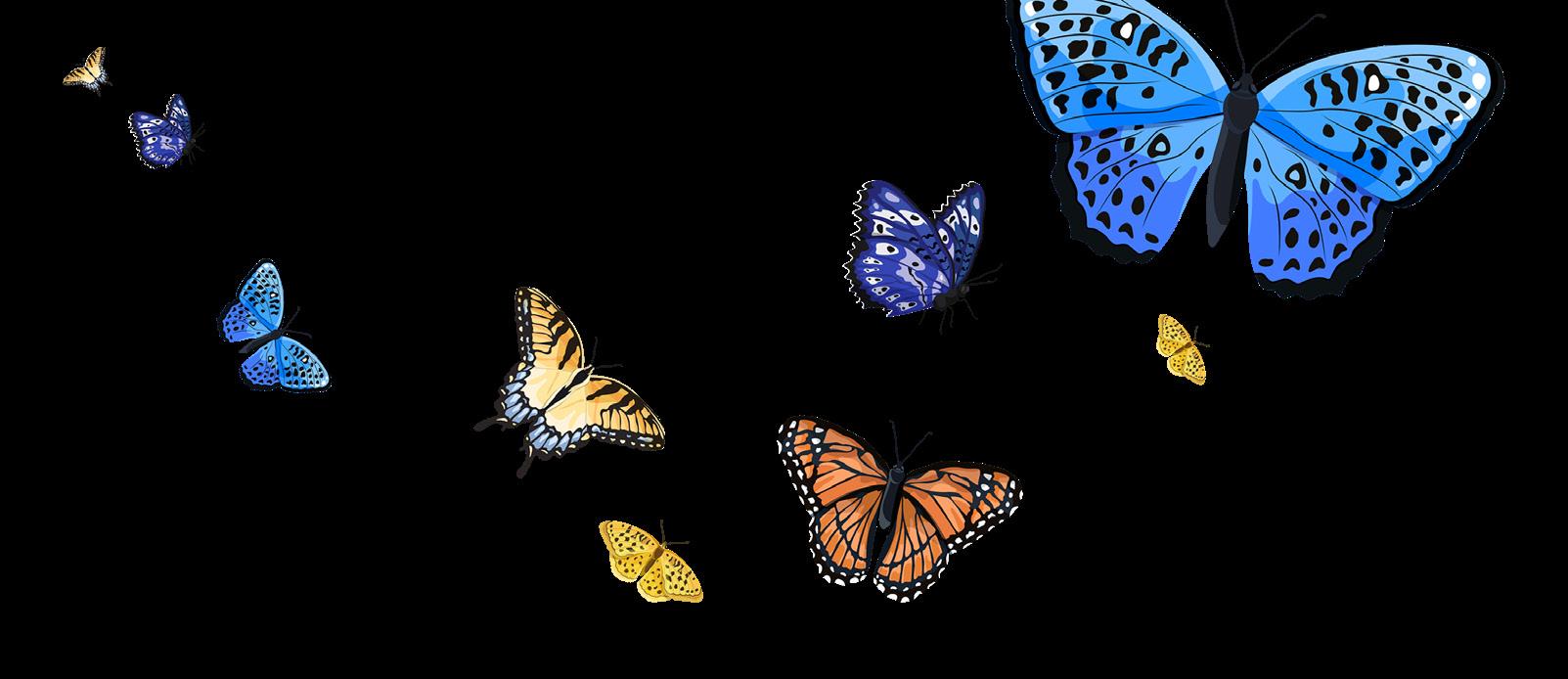
The interoceptive system has special nerve receptors which are located throughout our bodies including internal organs, bones, muscles and skin. These receptors send information to the brain. The brain interprets this information and uses it to tell us how we feel. The interoceptive system helps our bodies stay in a state of optimal balance, which is known as homeostasis. People with good interoceptive processing skills are able to respond quickly to the input. They receive and maintain their body in a state of balance. For example, when they feel cold, they put on a jumper and when they feel dehydrated they have a drink to restore balance to their bodies. In addition to controlling all these sensory inputs, the interoceptive system is also responsible for helping us control our emotions.
Emotions are linked to physical sensations in our bodies. For example, when you feel anxious you may feel like you have butterflies in your stomach or when you notice that someone has put graffiti on your front fence, you will feel angry. Your heart will beat quickly, your muscles will tighten, and you will start getting hot. Interoception is recognising these sensations. This is how interoception is linked to our emotional system. It has been proven that our ability to read our own physical signs is directly related to how well we can identify and self-regulate our emotional states. For example, if you can feel your self-getting tense from anger, you know to slow down and take a few deep breaths. Being able to read your own physical signs and emotional states, directly impacts our ability to read another person’s physical and emotional state.
A well-functioning interoceptive system can sense what the body needs and act to maintain the body in a state of homeostasis. However, the interoceptive system like all the other sensory systems can have processing difficulties. A person can have difficulty modulating sensory input in this system. A person may be overresponsive to interoceptive inputs. E.g. they may have a heightened reaction to pain. Someone who is under-responsive to interoceptive inputs may not feel pain until it hits a really intense level.
A person can also have sensory discriminative problems in this system. While they can sense vague sensory inputs, they are not able to accurately identify the meanings. E.g. they may not be sure if they are hungry, need to go to the bathroom, or about to vomit. This confusion can make a person anxious because he doesn’t know what his body needs. This leads to them becoming overwhelmed by emotion and they often react in negative ways like have a meltdown, get aggressive or laugh inappropriately.
The interoceptive system is the basis for our physical and emotional regulation and therefore, it also affects self-regulation, social thinking, flexible thinking, problemsolving and the development of social skills.
What can we do to improve interoception?
To help your child develop their body awareness and teach them to start tuning in to what their body feels like when it is balanced, incorporate these activities into their daily routine.
YOGA | Focuses on listening to your body and providing good proprioceptive and vestibular input. It encourages you to look internally and focus on how the body and mind if feeling.
| Gives the person time to focus on their body and emotional state.
| Like lazy 8. Breathing exercises are calming and also help us to pay attention to what is going on inside our bodies.
HEAVY WORK ACTIVITIES | Involve large muscles of the body. Proprioception is good for body awareness and also for interoception.
ALERTING ACTIVITIES | To help you feel what a racing heart and fast breathing feels like.
Research shows that working with an Occupational Therapist who is trained in sensory processing and can develop and implement strategies for a child-directed at their specific interoception subtype can improve a child’s interoceptive system.
Occupational Therapy Helping Children is one of the leading centres in Sydney for the treatment of Sensory Processing Disorder. If you have concerns about your child’s ability to accurately process sensory information you can get in touch on 02 9913 3823. occupationaltherapy.com.au
As the weather gets colder, it can be harder to find activities to keep our busy kids entertained and moving. In this article, we’ll cover what heavy work is, how it helps our bodies, and what kind of indoor activities we can incorporate to help keep our kids feel regulated.
Heavy work consists of movement that involves the larger muscles of the body and provides sensory input, particularly proprioception, to our bodies. Proprioception is related to the awareness we have of our body in space, and we receive this information through resistance to our muscles and joints. The input we receive through heavy work can be especially calming. Think about it –when we get a massage, we are receiving resistance to our muscles and joints and instantly feel calm!
Movement is important in our ability to learn, focus, attend, and participate in daily tasks. When we don’t have opportunities to move our bodies, we can struggle to remain calm and organised.
When we engage in heavy work, our proprioception improves, which in turn improves our regulation. Heavy work also improves our interoception, or the ability to feel what’s happening within our body. This can include feelings of hunger or thirst, pain, temperature, bathroom needs, and even more complex emotions and problem-solving. Our children who struggle with recognising when they’re in
pain or hungry, or those who struggle with understanding their emotions, can benefit from improved interoception.
Heavy work also significantly impacts our motor development and functioning. With heavy work, we can improve our core strength, shoulder stability, wrist and hand strength, motor planning, and overall coordination. That’s why heavy work is a great activity for kids with decreased strength, low tone, or difficulties with coordinating their bodies for complex movements.
Heavy work can consist of a variety of movements. It can include carrying, pulling, pushing, jumping, chewing, squeezing, climbing, lifting, pinching, and more. The great thing about it is that many of these heavy work activities require little to no extra equipment and space!
Here are 20 ideas you can do at home to provide heavy work for toddlers or children.
• Wall push-ups or chair push-ups
• Pushing or pulling a weighted laundry basket across the room
• Pushing or pulling a weighted cart or stroller
• Pushing a weighted medicine ball along the floor or up the wall
• Tug of war
• Jumping on a trampoline
• Jumping on a mattress or couch cushions
 By
By
• Seated bouncing on a ball
• Carrying bags (i.e. groceries)
• Carrying stacks of books
• Wearing a weighted backpack
• Holding a weighted stuffed animal
• Weighted blanket or vest
• Doing yoga or animal walks
• Chewing gum, dried fruit, or crunchy snacks
• Blowing through a straw or blowing bubbles Climbing Drinking thick liquids through a straw (i.e. yogurt, milkshake, smoothie)

• Squeeze stress balls, theraputty, or playdough
• Rolling up tightly in a blanket (“burrito”)
by the therapists at NAPA Centre, which is a paediatric clinic offering occupational therapy, physiotherapy and speech therapy. for children with complex needs. Learn more at napacentre.com.au
Miranda Dichairo, MS, OTR/L. Article writtenStrollers make life as a parent easier – they provide a means to move your child around as you go about everyday activities. When a child has a disability, medical condition or developmental delay, there may be specific needs or considerations that can be better met through a special purpose stroller, compared to continuing to use a stroller or pram purchased from a department store...
Continue reading our blog online

bit.ly/intro-to-strollers
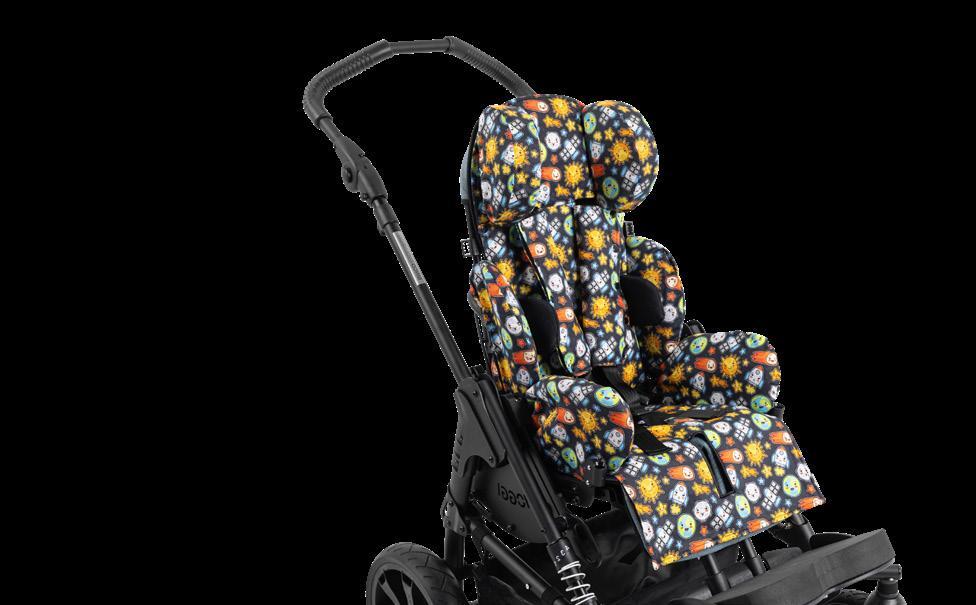
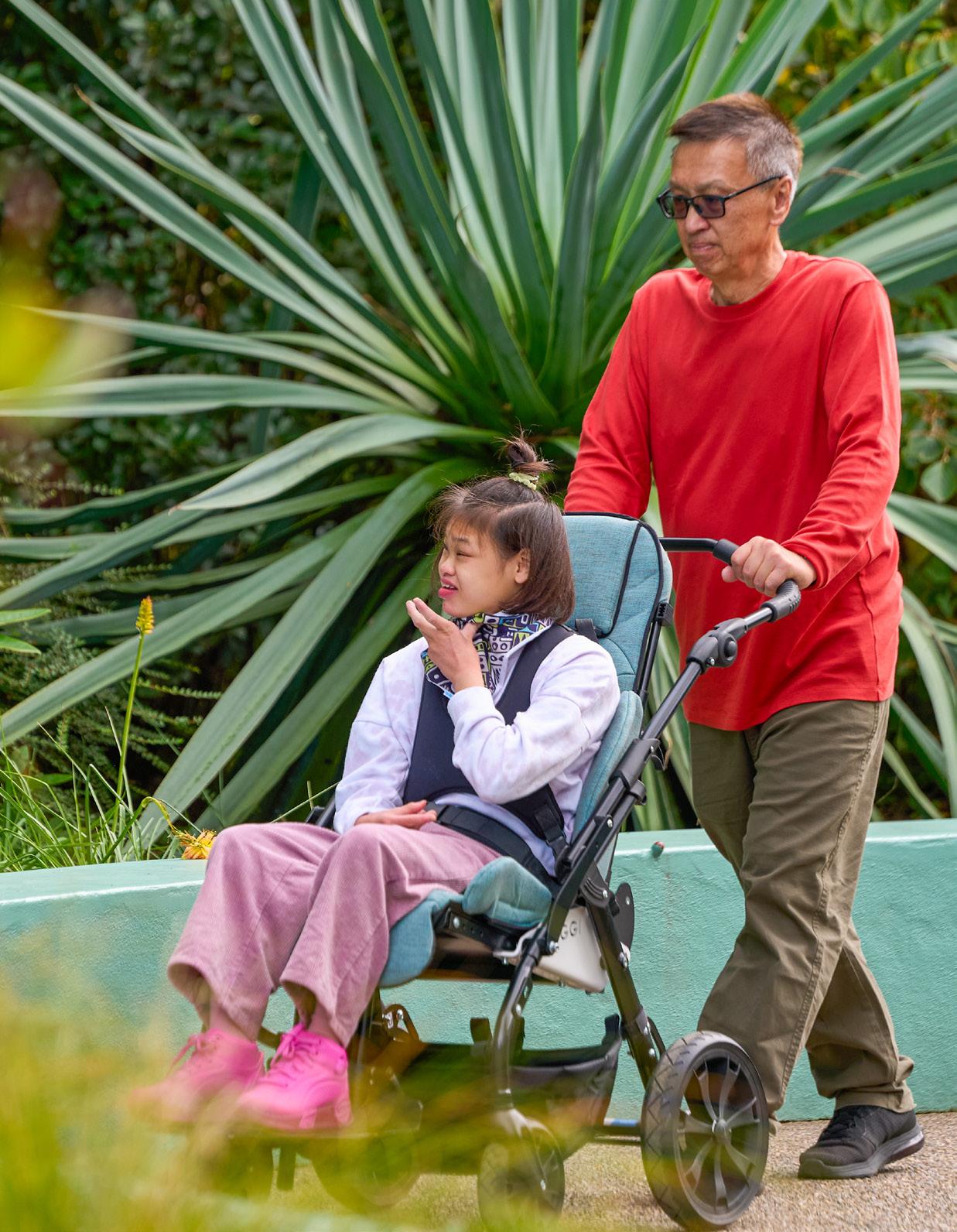




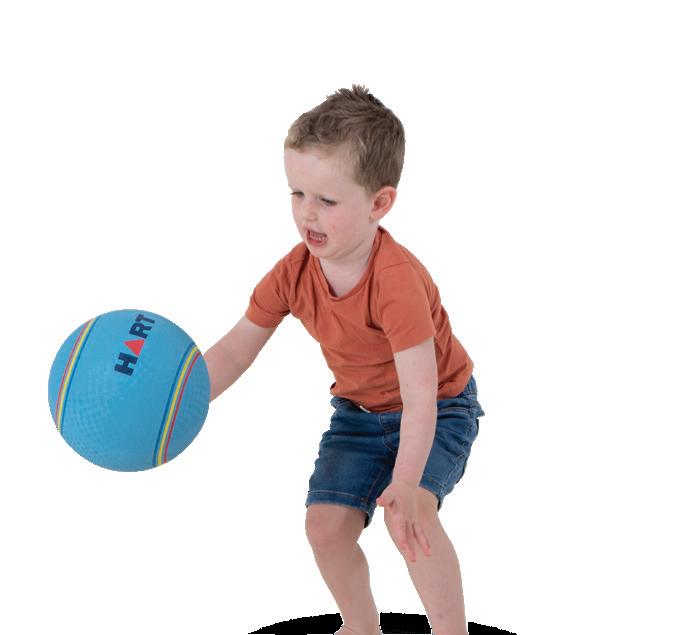
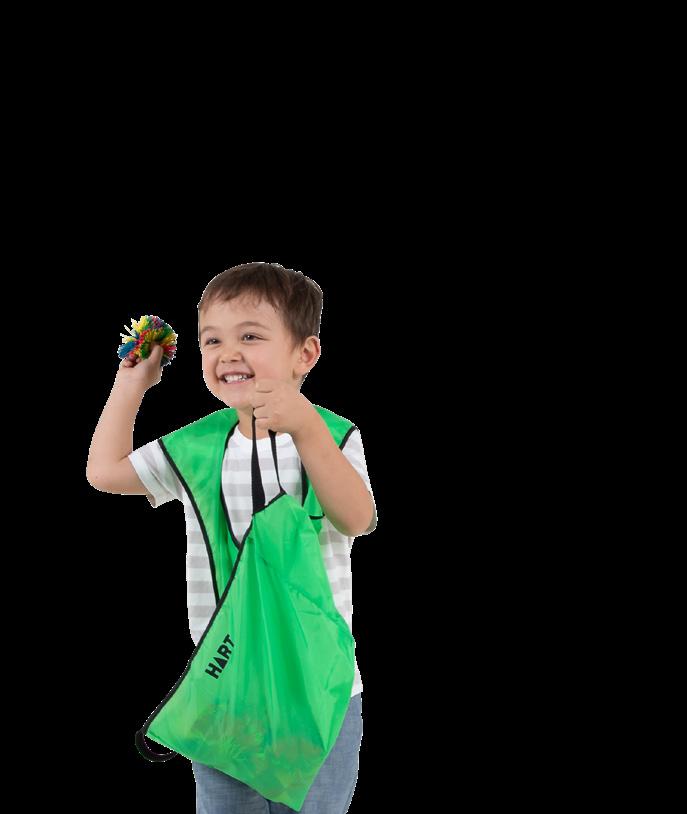
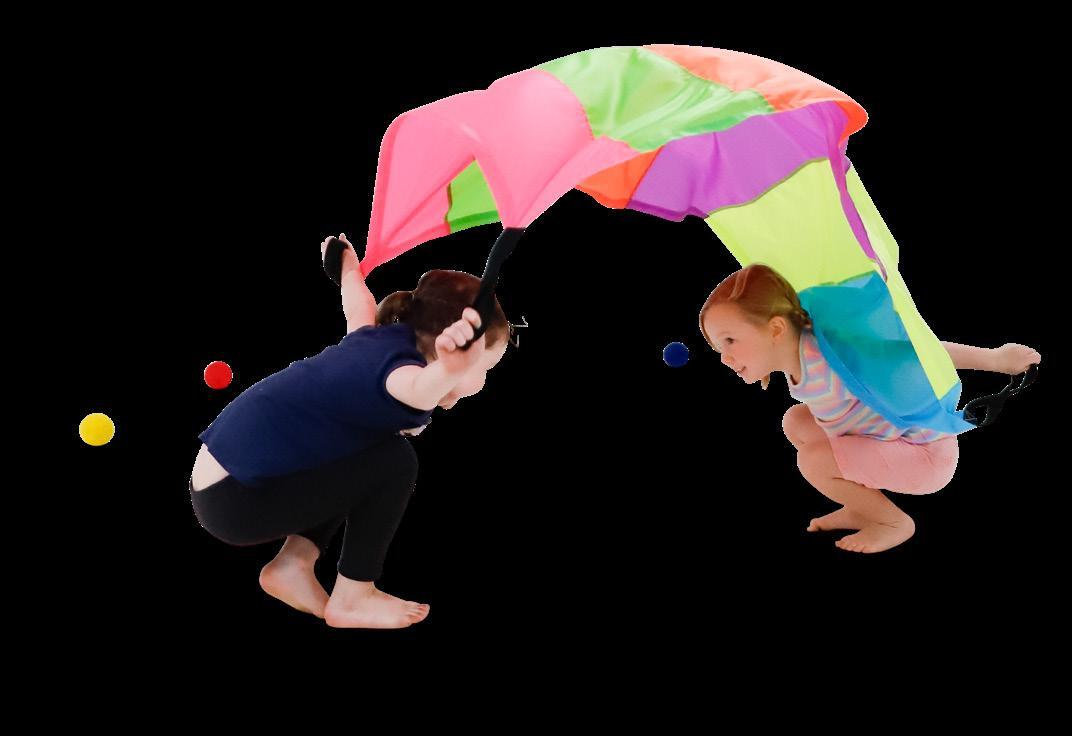
You may know of nib as a Newcastle-based health insurance provider with over 70 years of experience in connecting people with providers of healthcare services and products in our community.
Now, nib’s vision extends beyond traditional health care, expanding to support Australians living with disabilities, and their families. Our mission to enhance the health and well-being of all Australians is taking a significant stride forward with a growing commitment to accessibility and inclusivity.
Enter nib Thrive. Building on the credentials earned in the private health insurance sector, nib Thrive brings the same reliability and efficiency nib is known for to the disability sector. Through innovative, human and digital solutions, nib Thrive aims to make a difference to people who are looking for an NDIS provider that can provide convenience and transparency, in an inclusive and accessible way.
More than just payments and invoices, nib Thrive’s plan management offering makes navigating the NDIS and managing plan budgets simple. With fast and effortless provider payments, an online portal with budget tracking and comprehensive budget reporting, nib Thrive puts participants at the heart of all they do.


Backed by a nationwide team of experienced and supportive plan managers, nib Thrive offers participants advice on getting the most out of their NDIS plan and guidance on navigating the complex world of support services. Helping participants achieve their goals while fostering participant choice and control is just one of the ways nib Thrive hopes to make a difference to people in the disability sector.
Dylan Alcott, AO, Paralympian, former Australian of the Year, and nib's Chief Motivation Officer has a passion for advocacy that resonates deeply with nib Thrive’s commitment to empowering individuals living with disabilities. Together, Dylan and nib envision a world where health and well-being are not limited by ability.
“nib Thrive isn’t just about healthcare; it’s about ‘whole’ care. Our dedication to enhancing the lives of people with disability is not just a statement—it’s action. Together, we’re creating a healthier, more accessible world,” says Alcott.
Together with nib Thrive, Alcott sees a future where wellness and happiness are attainable for all. "We're not just advocating for better health; we're advocating for a better quality of life for individuals with disability," he says.
The launch of nib Thrive plan management services is just the beginning of a shift in the way support services are delivered to NDIS participants. With a mission of helping people living with a disability overcome their challenges, achieve their goals and improve their quality of life, nib Thrive is set to make a tangible difference to the Australian disability community.
Learn more by visiting www.nibthrive.com.au or to speak to a team member call 1800 999 333
Dylan Alcott, AO, nib brand ambassador and Chief Motivation Officer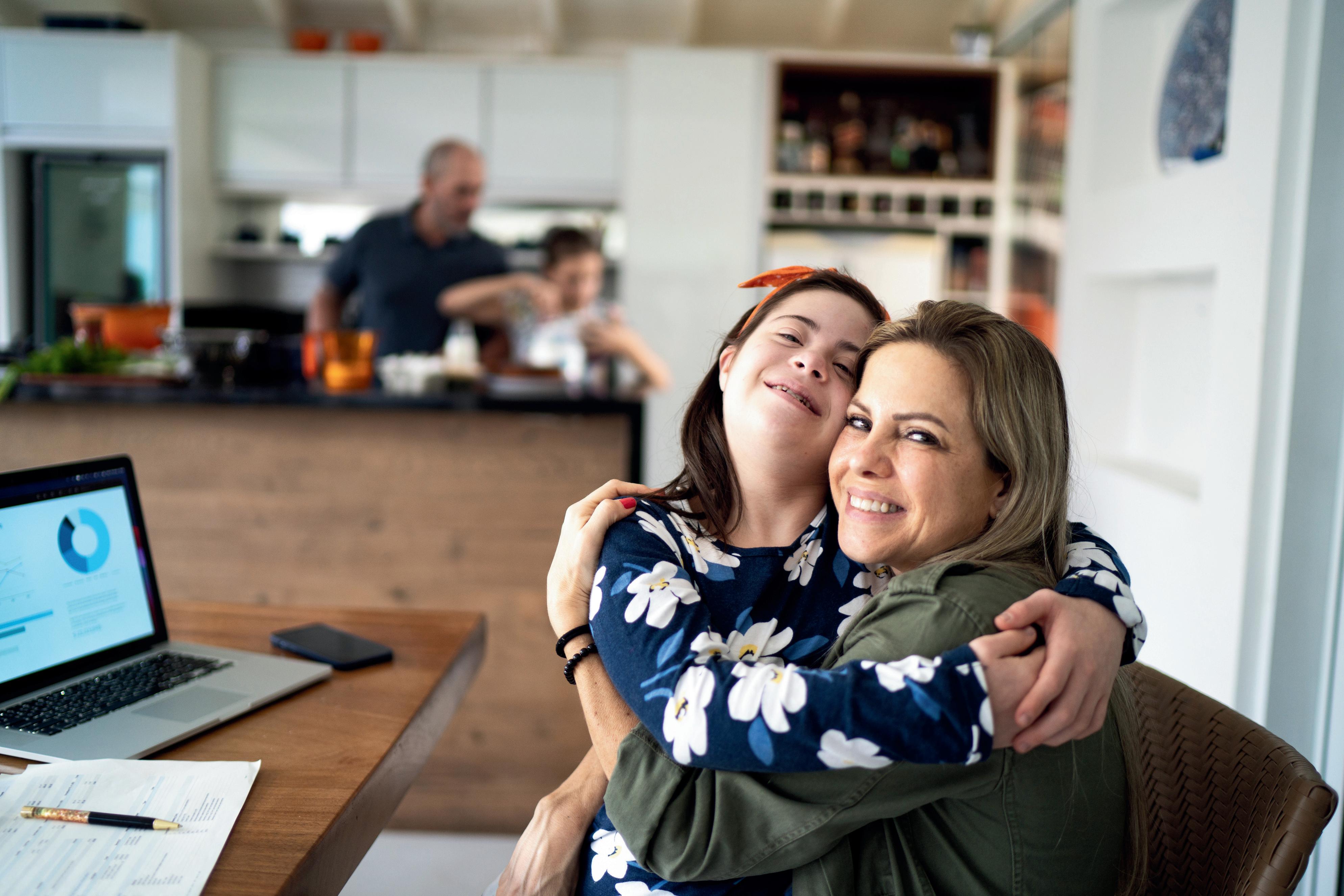

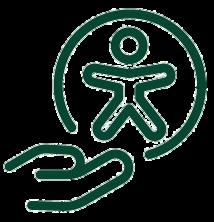




As I sit and reflect on the last decade it really is hard to believe what we’ve achieved at Source Kids in that time.
I started Source Kids as a passion project to help other families navigate being thrown into the unfamiliar world of parenting a child with disability. Our daughter Charlotte was born with a rare neurological condition called Angelman syndrome and our world was torn apart as we embarked on a very different life to what we’d imagined for our family. I’m a naturally positive person, so as soon as I worked through those shock and grief stages of diagnosis, it became about “what can I do to make our life, and others in our shoes better, to create better solutions for our kids”.
My husband James and I dreamed up the concept on a holiday in Noosa while in a hot tub with a glass of champagne in hand, and shortly after in 2014, Source Kids was born –Australia’s only magazine for parents and carers of children with disability. It was a long hard slog for us and our team to break the waters in this space, gaining the confidence of our industry and families and set ourselves apart. We introduced our expo events in 2018 and the rise of social media and the internet grew quickly making us the biggest disability resource in the country.
Our mission of being relevant, reliable and up-to-date and deliver content in a vibrant and positive way has never wavered and we stay true to this ten years later. Our magazine, expo events, online content, social media and emails reach an audience of 300,000 collectively every single month = millions each year!
It has been quite the ride over the past ten years, we’ve loved, laughed, cried and lost a lot in that time. I’m so proud of the legacy we’ve created for our heavenly Charlotte who is our driving light behind Source Kids now and forever. And we’ve been joined on this ride by the most incredible team that continues to give everything to help and support parents, families, carers, people with disability, therapists, educators, medical professionals and more to create positive solutions for our loved ones.
I can’t wait to see what the next ten years holds.
Much love,

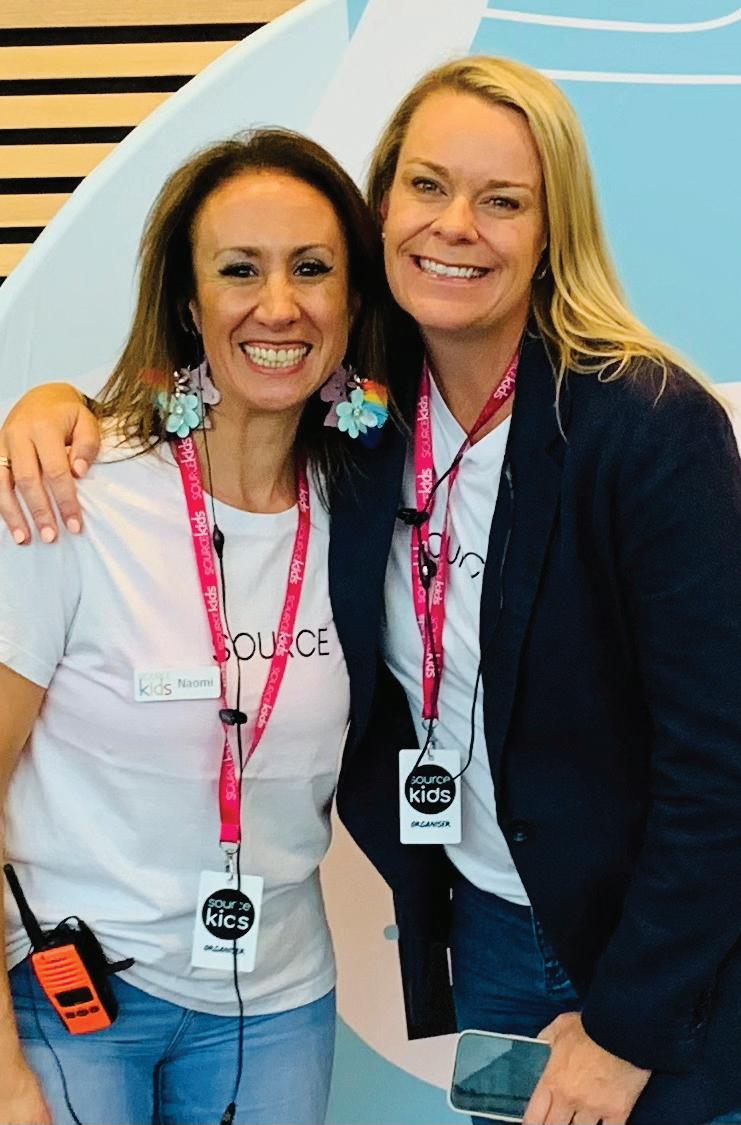
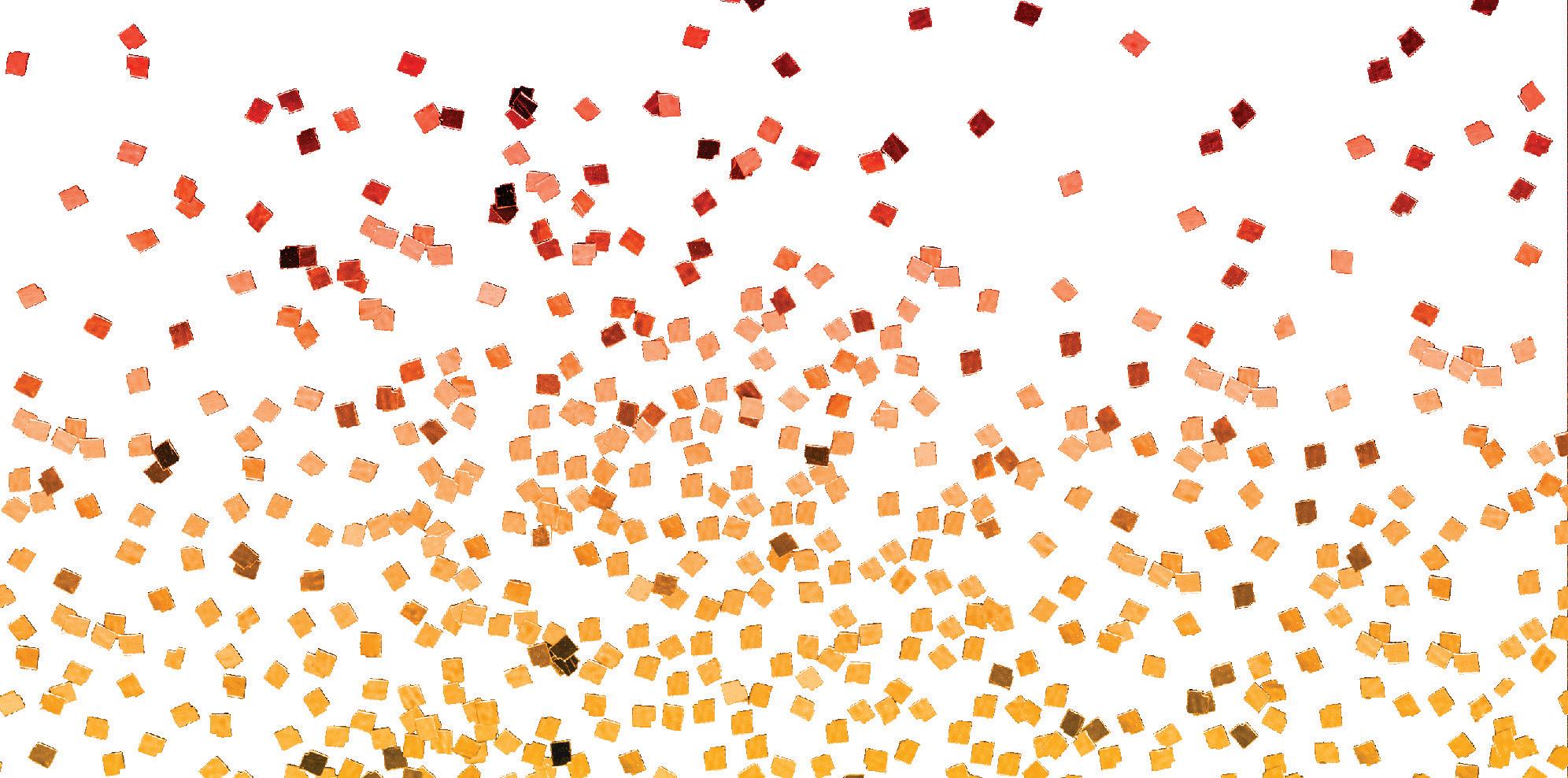





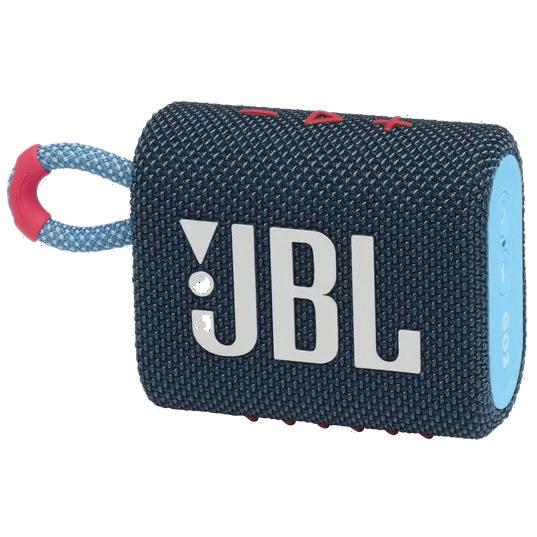









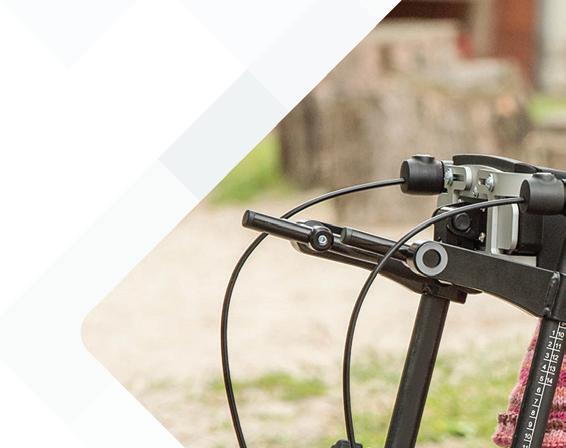
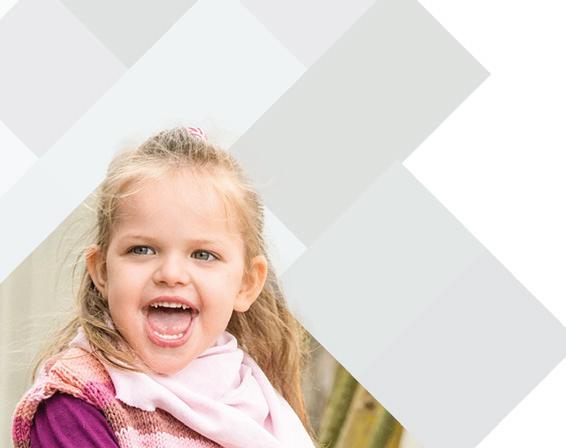


For more than 40 years, Schuchmann products have helped improve the daily lives of disabled children and teens. Their outstanding range of innovative therapy equipment ensures that each child receives tailored aids that precisely fits his or her needs and enhances their quality of life.

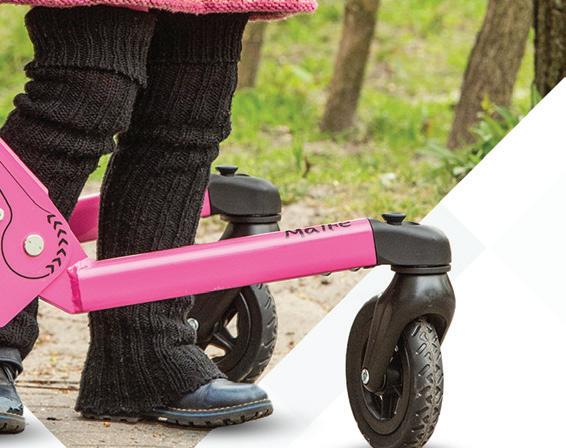

At APEX Mobility, we take pride in offering a diverse range of premium Schuchmann equipment. Contact us today to connect with your nearest dealer.
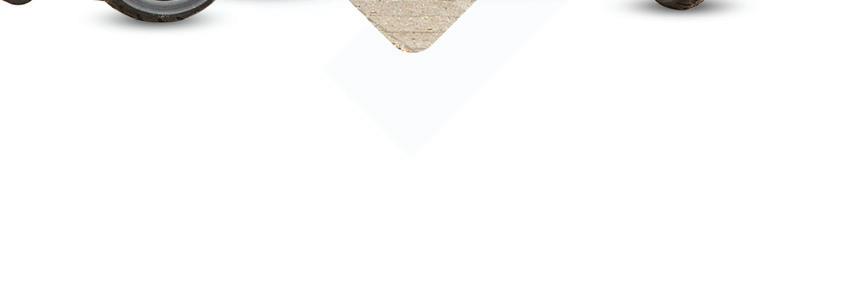





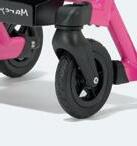




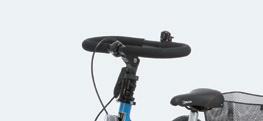




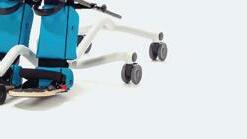

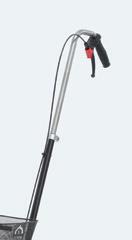


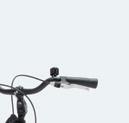



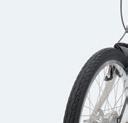



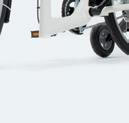
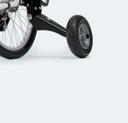
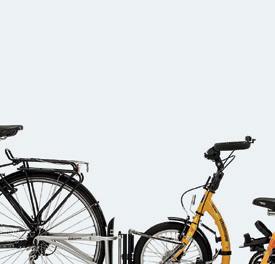



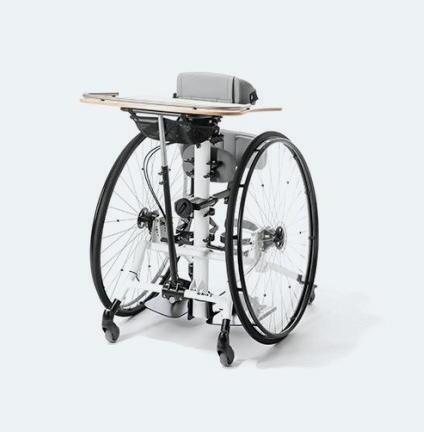





















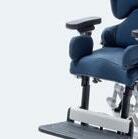




Explore the Schuchmann range




To understand what it’s like being Autistic, learn directly from Autistic people through our revolutionary, neurodiversity-affirming parenting program delivered by a NESA accredited Teacher and ACA Registered Counsellor.

“As a qualified counsellor I support parents of neurodivergent children navigate the journey that lies ahead.” — Helen Poulos.
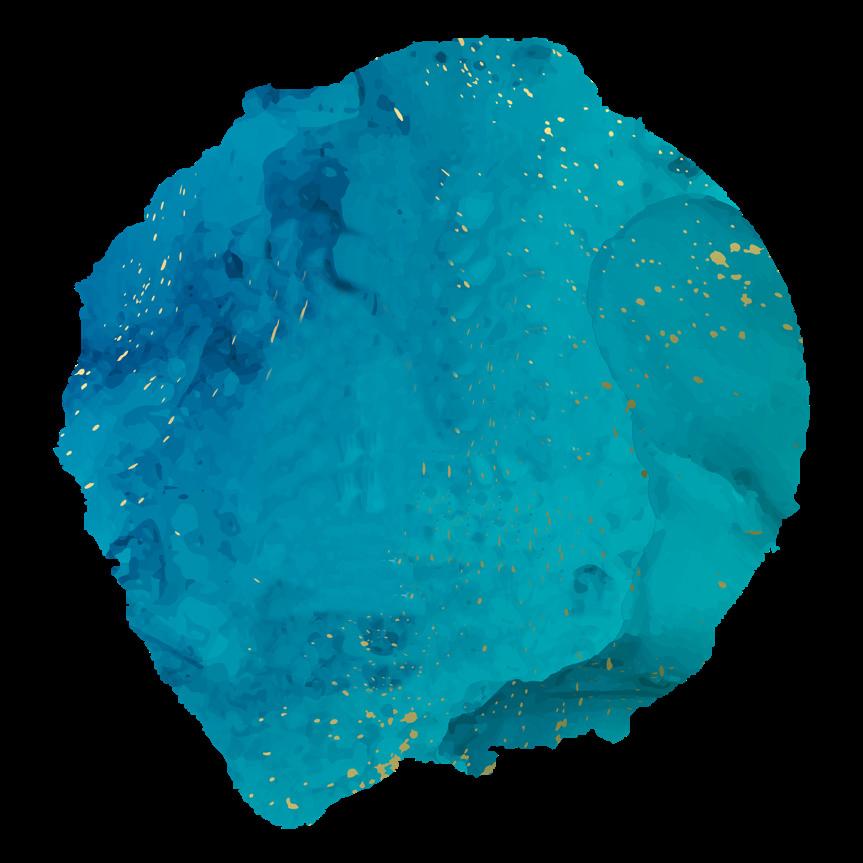
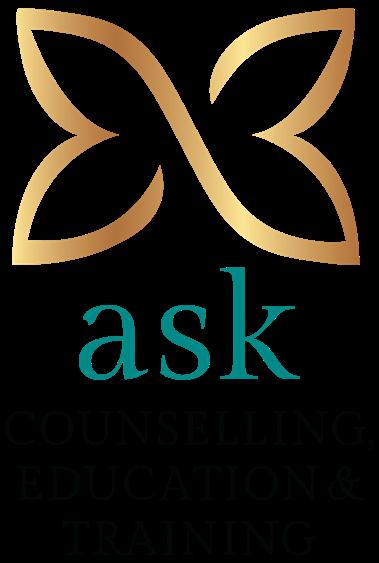
1:1 counselling provides the tools for parents to better understand themselves and their relationship with their neurodivergent child.


Group parent training: to understand what it’s like being Autistic, learn from autistic people. Access the ultimate guide for parents who want to raise a happy & healthy Autistic child.

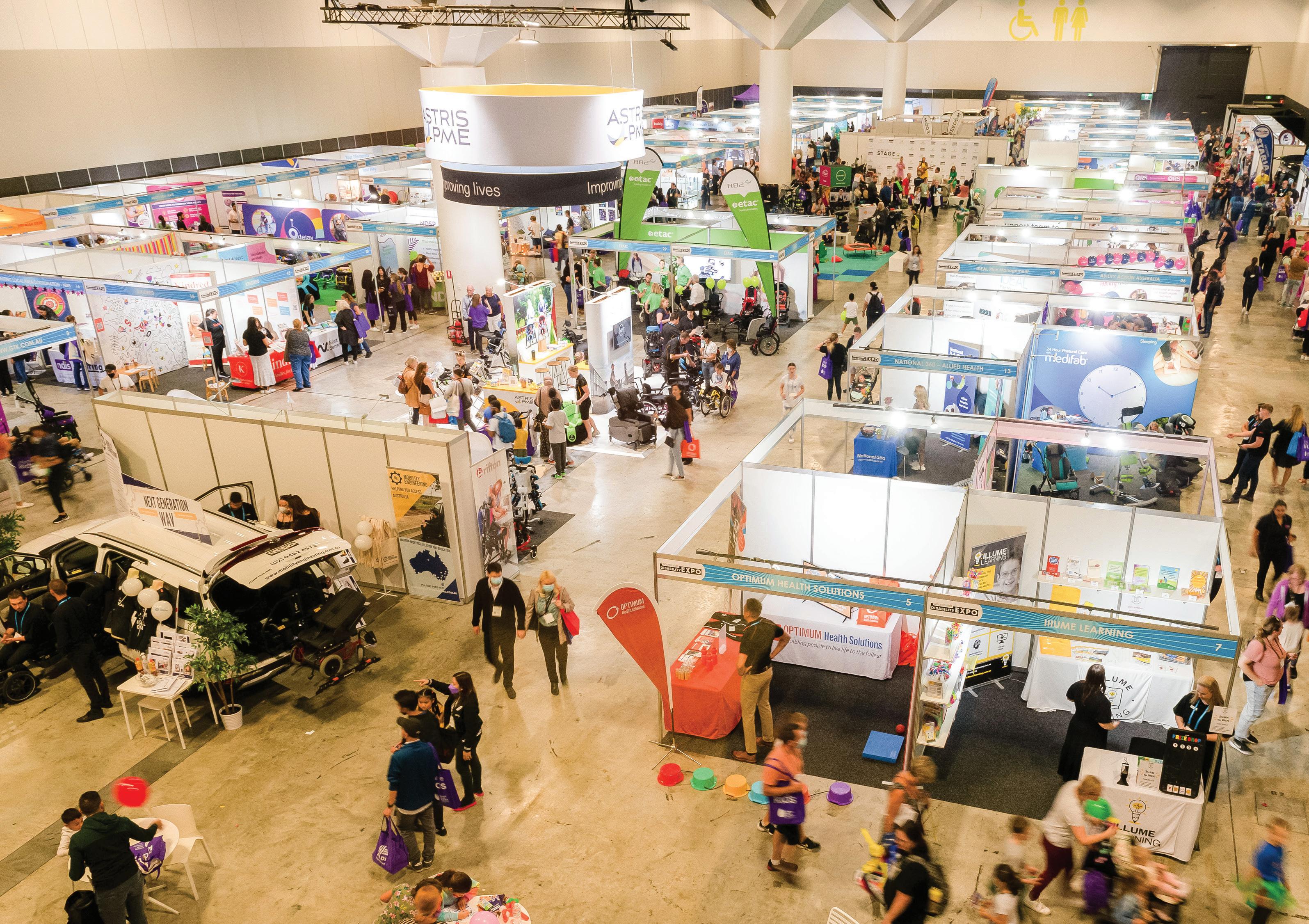


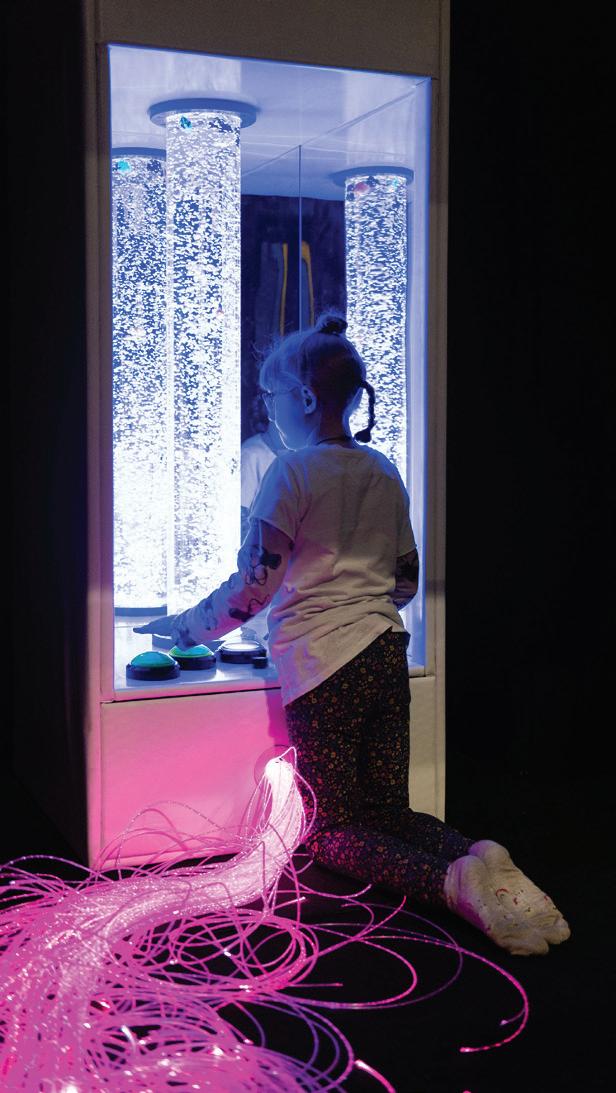

Are you concerned about your child’s development, or are you raising a child with a disability?

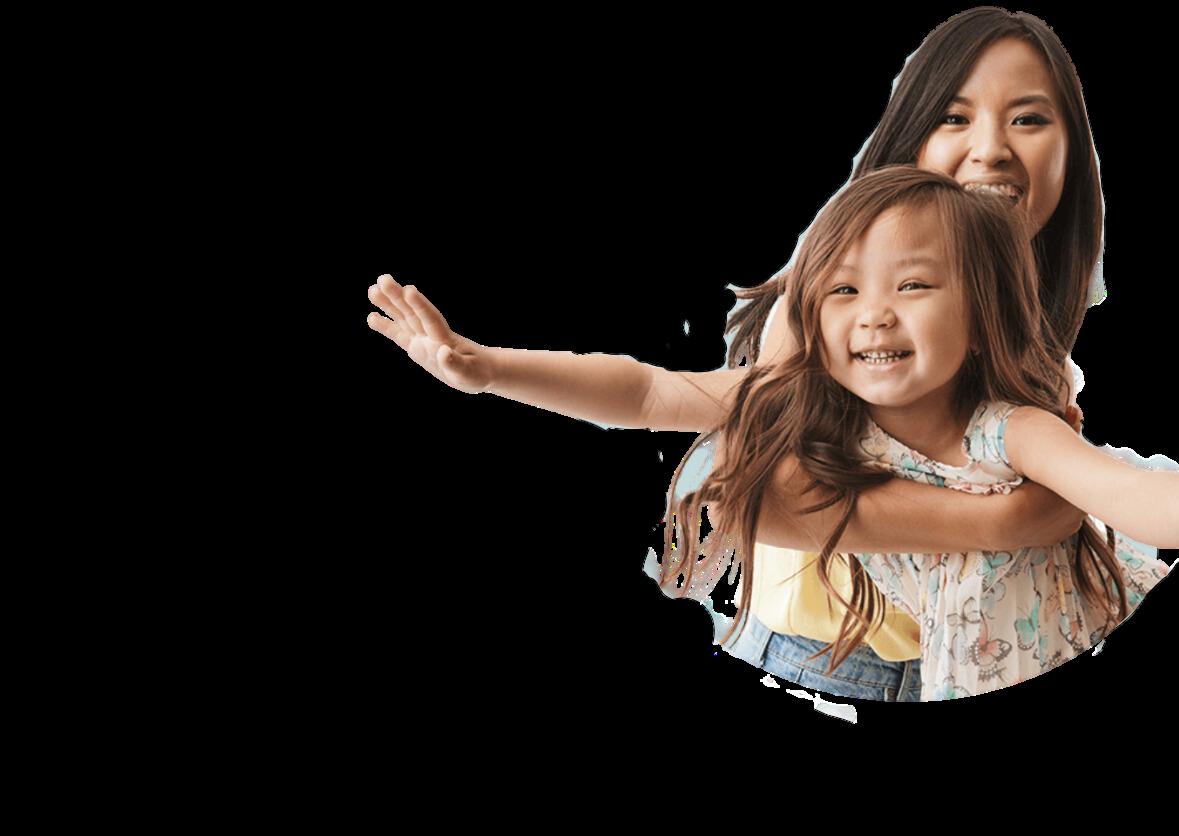
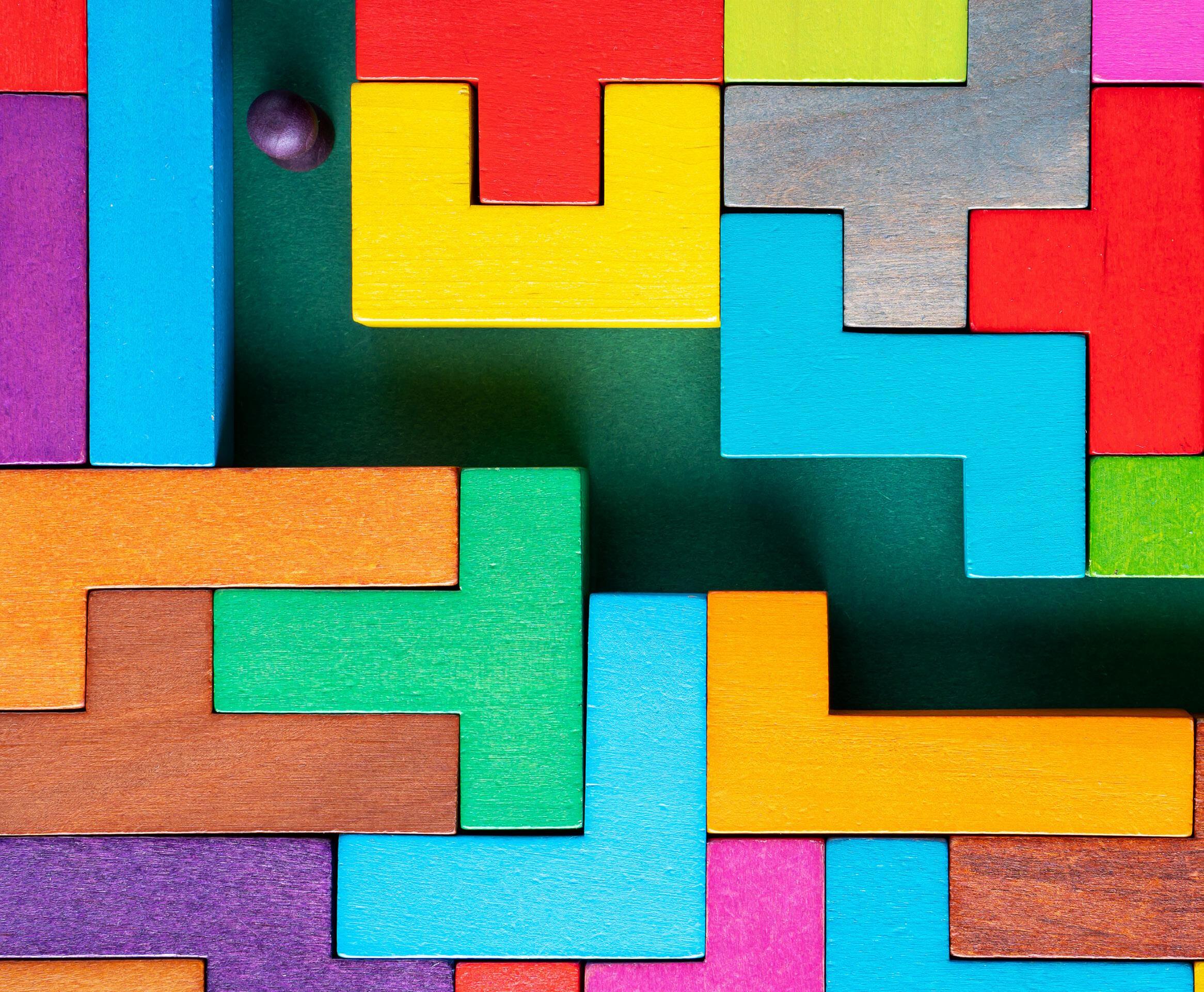
As a parent of a child with disability (or pending diagnosis), navigating the complexities of support and service systems can often feel like you’re living in the mother of all mazes - the labyrinth. The NDIS was intended to be a beacon of hope for many families, offering tailored assistance to improve the lives of their loved ones living with disability. However, gaps in accessibility, fairness and inclusivity have persisted, leaving some feeling stranded in their quest for adequate support.
On January 16 this year, a significant milestone was reached with the release of the Independent Review of the NDIS Final Report. This comprehensive review acknowledged the need for change and proposed a series of recommendations aimed at enhancing the support framework for ALL people with disabilities, with special consideration for children. Two key elements in this review that are particularly relevant to families of children and young people with disability are the introduction of Foundational Supports and Navigators. These two recommendations show promise to provide everyone indiscriminately with a map through the maze. The NDIS will still provide supports for the most complex members of our communities, but it will no longer be the only system in the space. Regardless of diagnosis and strict eligibility requirements
- all people with disability needs will have a place to go for support.
At the heart of the Review’s recommendations lies the concept of Foundational Supports. This idea is embedded in the notion that disability IS and ALWAYS will be ‘mainstream’. People with disability make up 15% of our population - disability is everywhere and it is an interwoven part of our everyday lives. The NDIS should not be the holy grail at the centre of the labyrinth that everyone is reaching for. With appropriate mainstream support the disability journey doesn’t even need to be a maze at all.
Foundational supports are a vital part of minimising the maze and making disability supports more accessible for

everyone. You can think of these as the pillars that underpin ‘all thing’s disability and inclusivity’ in our country. They should function as a tiered system of assistance designed to cater to the diverse needs of individuals with disabilities (or additional needs) across many systems; health, education, early childhood and in the community to name a few. Unlike the NDIS, which has been likened to an ‘oasis in the desert,’ Foundational Supports will aim to provide a more comprehensive safety net accessible to all, regardless of NDIS eligibility or a once needed diagnostic ‘label’.
The review proposes that Foundational Supports encompass two distinct categories: General and Targeted. General supports encompass essential services such
as navigation assistance (a person who knows you and your community to aid you in your disability journey) and capacity building (the skills and tool kit resources to aid you as an advocate), available to all individuals with disabilities and their families. Targeted supports, on the other hand, cater to those with very specific day-to-day support needs; including home and community care supports, aids and equipment, early childhood supports, psychosocial support and assistance for young adults and adolescents.
To facilitate access to these foundational supports, the review recommends that a new role known as the Navigator be introduced for people with disability and their families. The aim is that Navigators will serve as advocates and liaisons for individuals with disabilities, guiding them through the intricacies of available services’ both within and beyond the NDIS. From assisting with access requests to connecting families with community resources and therapy providers, Navigators will play a pivotal role in ensuring nobody gets left behind.
They are totally independent to the NDIS and therefore - they work for YOU and your family’s unique needs. They are available to all people in need, not just the few who checked the box.
For individuals facing unique challenges or life transitions, it is proposed that specialised Navigators will be made available. Whether preparing for childcare/school, entering the workforce, or transitioning to independent living, these experts will offer targeted support tailored to specific circumstances. This includes Psychosocial Recovery Navigators for those with complex mental health needs and Housing and Living Navigators
for individuals requiring assistance with accommodation.
Crucially, the Review emphasises the importance of collaboration among all levels of government and community to deliver foundational supports effectively. Through intergovernmental agreements and shared funding arrangements, federal, state, and territory governments are poised to work together in implementing these vital changes. This unified approach underscores a commitment to ensuring equal access to support services for all individuals with disabilities, regardless of geographical location or personal circumstances.
While the Review’s recommendations represent a significant step forward, their true impact will hinge on thorough implementation. As parents of children with disabilities, it’s imperative to advocate for the full realisation of foundational supports, the provision of navigators and the upliftment of mainstream services. It is important that we all hold governments accountable and demand consistency in service delivery, so we can ensure that no child with disability or support need is left behind. The NDIS Review has the potential to herald a new era of support for children with disabilities and their families. Through the introduction of foundational supports and the establishment of a robust navigation system, barriers to access can be dismantled, and pathways to empowerment forged... the labyrinth is fading.
By Monique Power, Founder/CEO RippleAbility.RippleAbility is a paediatric specific disability provider, helping families navigate complex systems of support and build their capacity to advocate for appropriate supports and services for their child. Email: monique@rippleability.org rippleability.org

Let’s take a look at what we’ve got to look forward to at the Paralympics in a few months time!
he Paris 2024 Paralympic Games will take place between 28 August and 8 September.
The Games will see more than 4,000 athletes from around the world competing in 549 medal events.
It is the first Paralympic summer Games to be held in the French capital and will showcase 22 sports, including both individual and team sports.
Australian Team Chef de Mission Kate McLoughlin said: “The Paralympic Games is now one of the world’s biggest sporting events and the world’s greatest showcase of inclusion and diversity.”
“It doesn’t just change athletes’ lives, it has the power to change society, and the future –a future with inclusion for all,” she said.
“Over 12 days, every four years, the Summer Paralympic Games is an opportunity for elite athletes with disabilities to take to the world stage and push the boundaries of human potential.

“Regardless of their backgrounds, around 4400 Paralympic athletes from 189 countries come together to celebrate the human spirit and the power sport has to change the world.”
Come on an amazing journey as you cheer cheer for the Australian Paralympic Team at the Paris 2024 Paralympic Games!
As you support the outstanding athletes, add more excitement to your Paralympic experience with an interactive “Tracking Paris Activity.”
Plus, there’s also a special Classification fact sheet just for kids! More info: education.paralympic.org.au/cheerfrom-home
For the Australian Paralympic Team, the Athletes’ Village is a home away from home while they are competing. To make them feel welcome and to remind them of the support back home, we are looking for students to produce some art for display in the Village.
As many artworks as possible will be displayed at the Athletes’ Village in Paris.
Think about creating a piece of art showing your favourite Summer Paralympic sport or athlete, perhaps you could create a piece that shows yourself participating in sport, or what the Paralympic Games in Paris might look like. More info: paralympic.org.au

• 450 kits have been picked for Team members that still have potential to be selected for the team.
• Each kit contains approx. 50 pieces of uniform (casual wear and competition).
• 4 containers of equipment will be sent to Paris (3x uniform, equipment and medical, 1x food).
• Additional to this, 20 pallets will be sent via Air Freight.
• The Australian team village allotment is spread across 2 buildings, containing 299 beds.
• 184 countries are expected to be represented.
• There will be 11 Paralympic venues in central Paris.
• The Games are an opportunity


Our Paralympians love hearing from their fans. Your words of encouragement inspire them to give their best performance and they love to answer your questions about their sport, life as an athlete and about the Paralympics in general.
To start, simply fill in the details, write your message, click submit and your message will be delivered to your Paralympic Pen Pal! More info: education.paralympic.org. au/paralympic-pen-pal



Paediatric
Physiotherapy Centre has an established purpose built intensive therapy clinic. Our program runs all year. We provide goal directed and evidence based therapy over two week blocks.

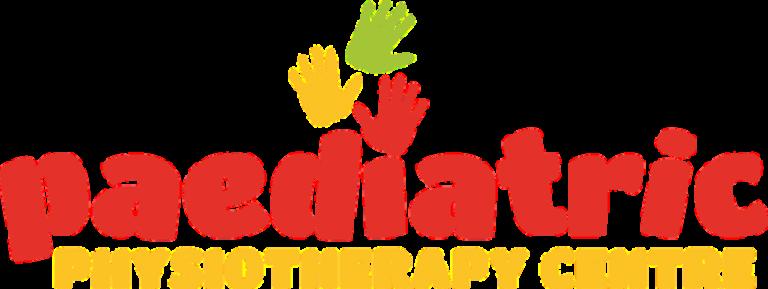




When your child is fitted for a piece of mobility equipment such as a wheelchair, walker or stander, the primary goal is to assess their needs and ensure that the equipment meets their specific requirements. Much of the information gathered will be used for a NDIS funding application but it also serves an important practical use in ensuring that any equipment prescribed will be functionally appropriate for your child.
The fitting process typically involves several steps and may vary depending on the specific device and your child’s needs. Here’s an overview of what may happen during a fitting:
The fitting process begins with a comprehensive evaluation and assessment of your child’s abilities, mobility requirements, physical measurements, and any specific medical or therapeutic needs. A team of professionals, including occupational therapists, physical therapists, and assistive technology specialists, may be involved in this process.
Parents or caregivers, along with the professionals, will discuss the goals and
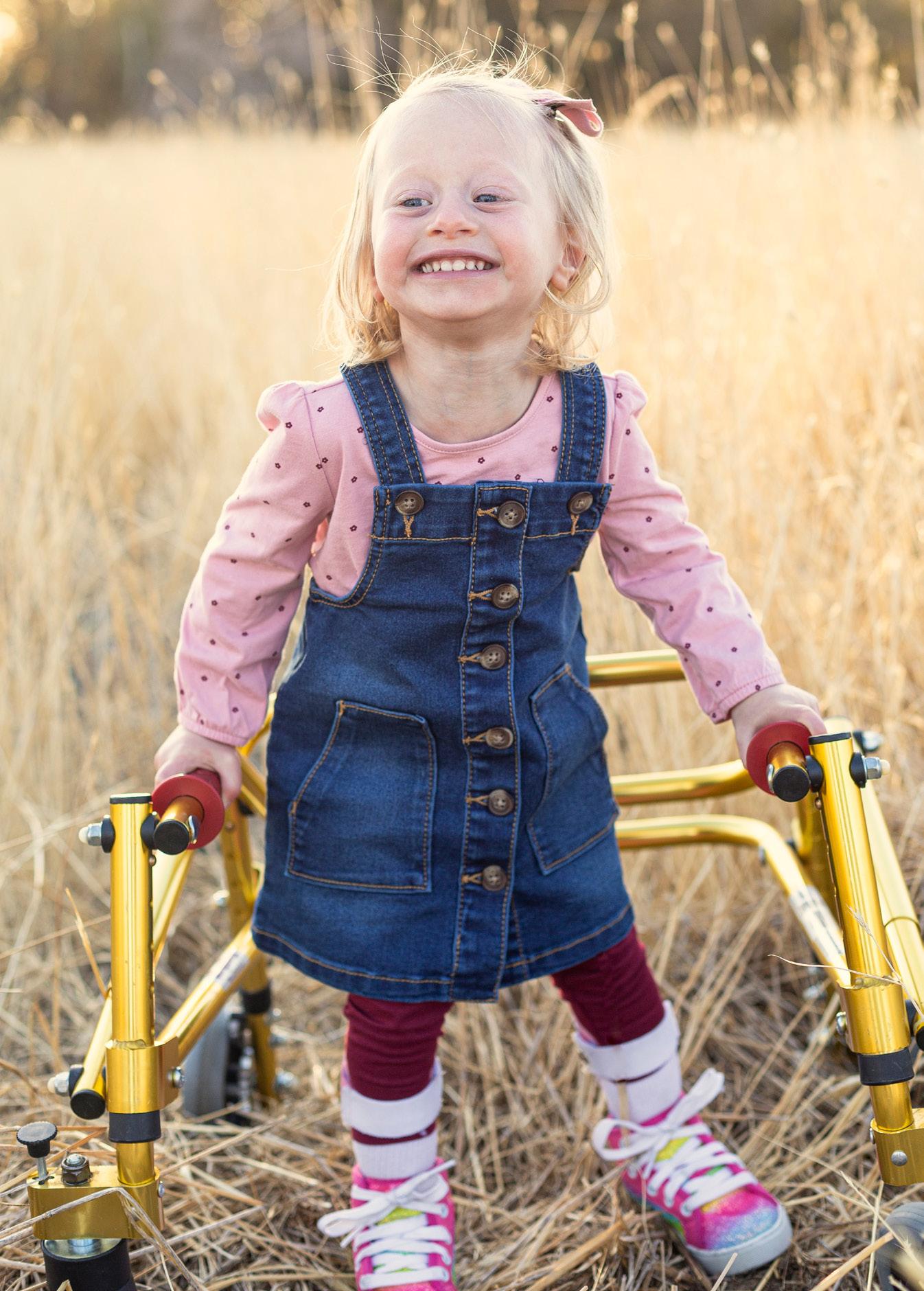
expectations for the assistive technology. This helps in determining the appropriate type of equipment and customisation required to meet your child’s needs effectively.
Based on the evaluation and goals discussed, the team will recommend the most suitable equipment, such as a wheelchair, stander, walker, or stroller. They will consider factors such as the child’s mobility level, posture and positioning requirements, terrain and environment of use (does the home have narrow doorways for example), and any additional accessories or adaptations needed.
Precise measurements of your child’s body
dimensions will be taken to ensure proper fit and comfort. This includes height, weight, seating posture, leg length, arm length, and more. The equipment will be adjusted and customised accordingly to provide optimal support and functionality.
Once the initial adjustments are made, professionals may closely observe the child’s comfort, posture, alignment, and ability to manoeuvre or operate the device. They may make further modifications based on the child’s feedback and observations during a trial period.
You can work with a provider to obtain training on how to properly operate and maintain the assistive technology. You’ll also learn about safety precautions,
adjustments, transfers, and general care of the equipment. Additionally, you may receive guidance on incorporating the equipment into the child’s daily activities and therapeutic routines.
After the fitting, a follow-up session may be scheduled to assess the child’s progress with the equipment. This allows for any necessary fine-tuning or adjustments to be made to ensure ongoing optimal performance and address any emerging needs.
Specific requirements for different types of assistive technology
Factors such as a child’s ability to selfpropel, level of trunk control, and need for specialised seating or positioning are considered.
Based on the evaluation, a team will recommend a suitable wheelchair type, such as manual, power, or specialised options like tilt-in-space or reclining
wheelchairs. The appropriate seating system, cushions, and accessories are also discussed.
A child’s weight-bearing abilities, range of motion, and positioning needs are evaluated. The goal is to promote weightbearing and maintain proper alignment. The appropriate type of stander (e.g., mobile, static, supine, prone) is chosen based on the child’s needs. Accessories like trunk supports, knee supports, and ankle supports are discussed if required.
A child’s walking ability, balance, and weight-bearing capacity are assessed. The need for upper-body support and stability is also considered. The appropriate type of walker (e.g., posterior, anterior, reciprocal) is selected based on the child’s needs. Features like wheels, brakes, and accessories (e.g., forearm supports) are discussed if required.
See pages 72-75 for a range of pushchairs & strollers available in Australia.
Seating and positioning needs during transportation are assessed. Considerations include postural support, head control, comfort, and ease of transfers. The appropriate stroller type is selected based on the child’s needs, such as lightweight, folding, or specialised positioning strollers. Options like reclining features, adaptive seating, and headrests are discussed.
Overall, the fitting process for any piece of assistive technology equipment aims to ensure that the product meets the child’s individual needs, promotes independence, is safe to use, and contributes positively to their overall well-being. It involves a collaborative approach between the child, parents or caregivers, and a team of professionals with expertise in paediatric rehabilitation and assistive technology.
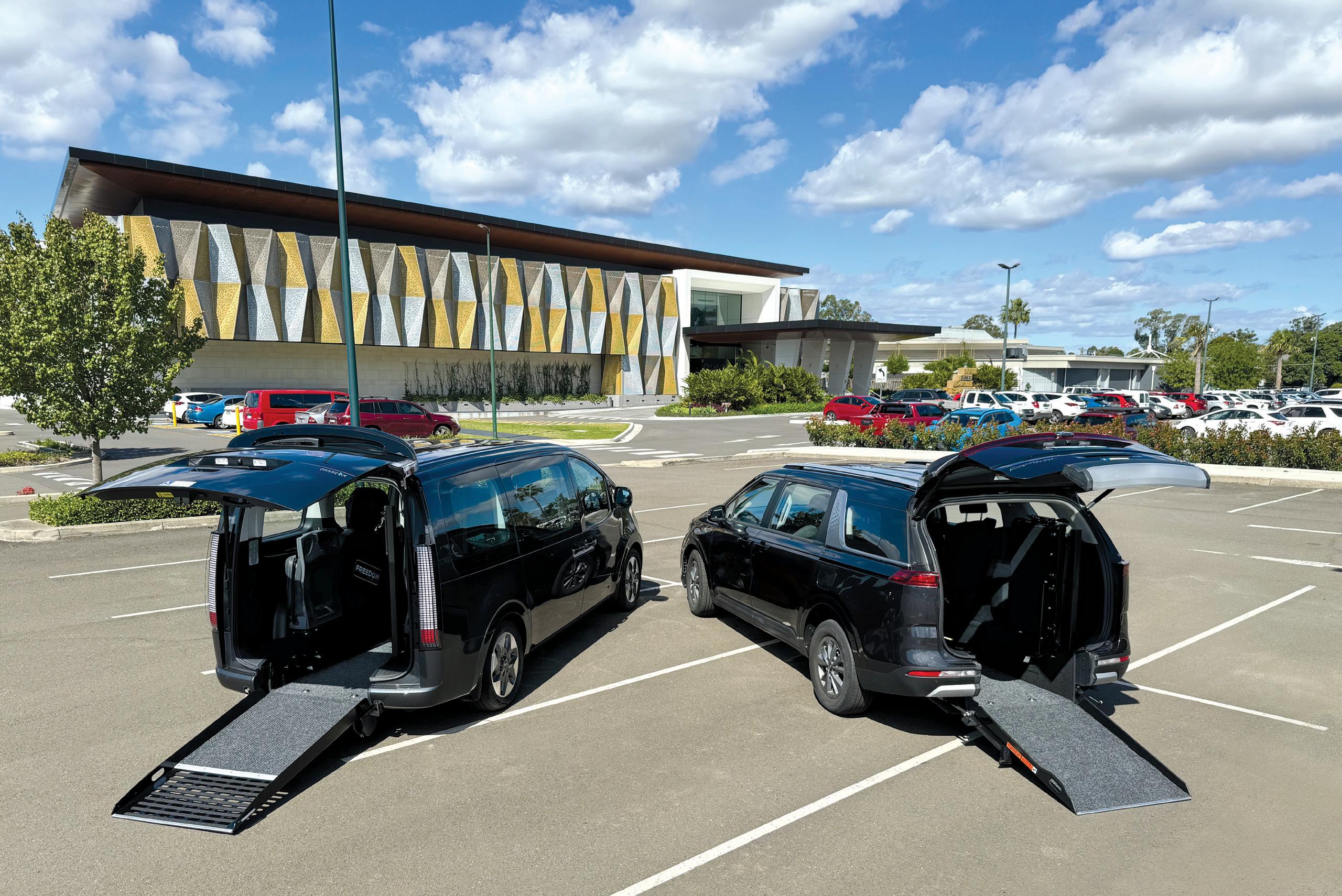
Funky long socks will keep your kids legs nice and snug. MadMia has a great range to choose from!
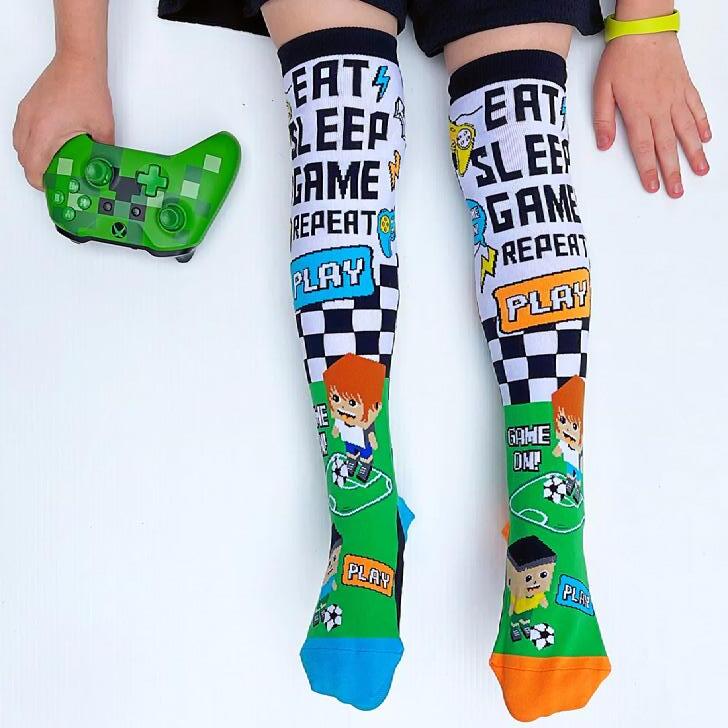
From RRP $16.90 // madmia.com
To keep little fingers toasty warm, try this sweet heat pack. Simply pop in the microwave then hold with hands for instant warmth! Features a machine washable cover. RRP $24 // coolthings.com.au
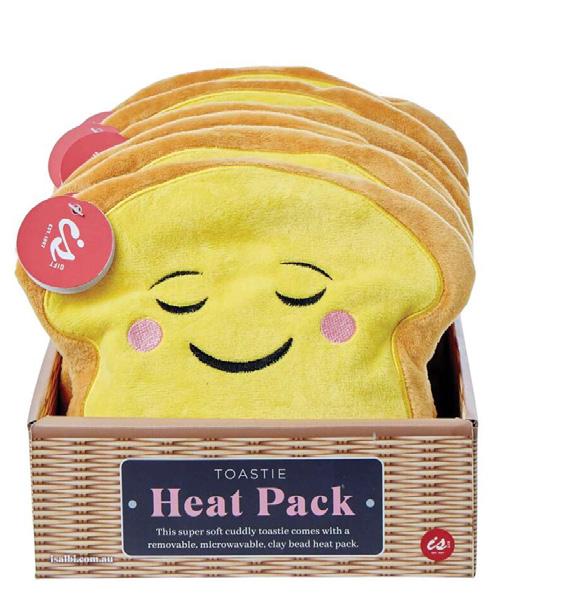

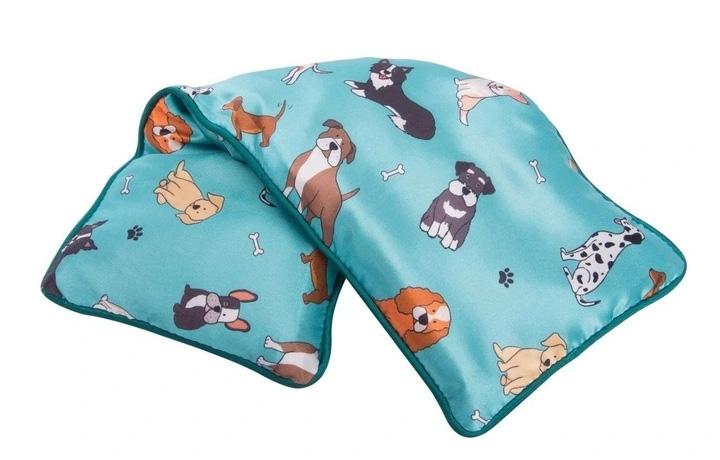
This gorgeous heat pack will keep your child comfortable after a long day when they need the soothing embrace of a hug! The heat pillows are versatile enough to meet a variety of sensory needs and you can warm them in the microwave for a cosy heat. Features silica beads; great for soothing aches and pains, plus they come with a practical washable cover. RRP $32 // sistersensory.com.au
Some fabulous finds to keep everyone cosy while it’s cold outside!

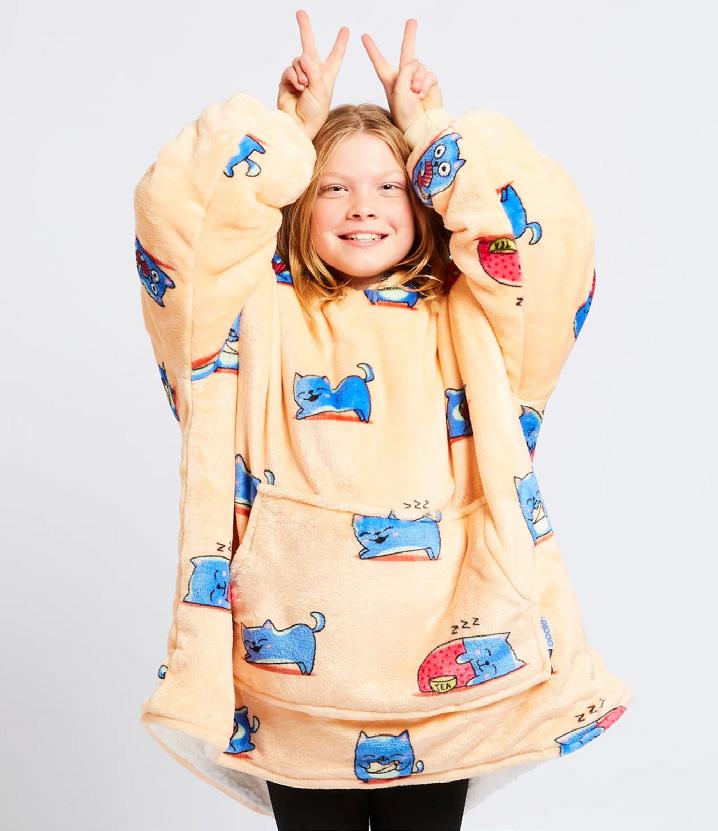
We love the Oodie range as it has something for everyone in the family! This is a great versatile poncho-style hoodie to wear on those really cold days and nights. With toastysherpa fleece on the inside and butterysoft, ToastyTek flannel fleece on the outside, it feels like you are hugging a thousand cuddly koalas! Also, it's machine washable - just toss it in and that’s it - simple! From RRP $29 // theoodie.com
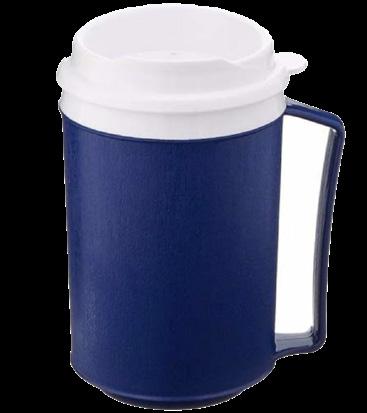
Thermal mugs with lids keep liquids warm. Featuring a long handle with plenty of hand space for a firm grip supporting kids with limited hand function or weak grip. Dishwasher safe and holds 335ml. RRP $43 // doability.com.au
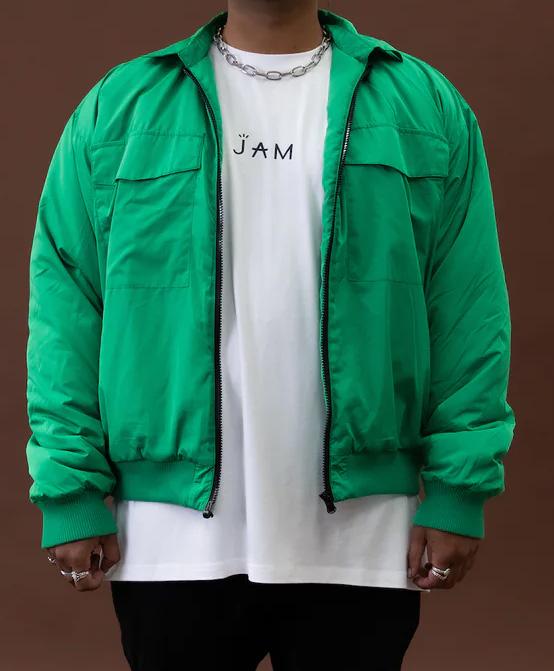
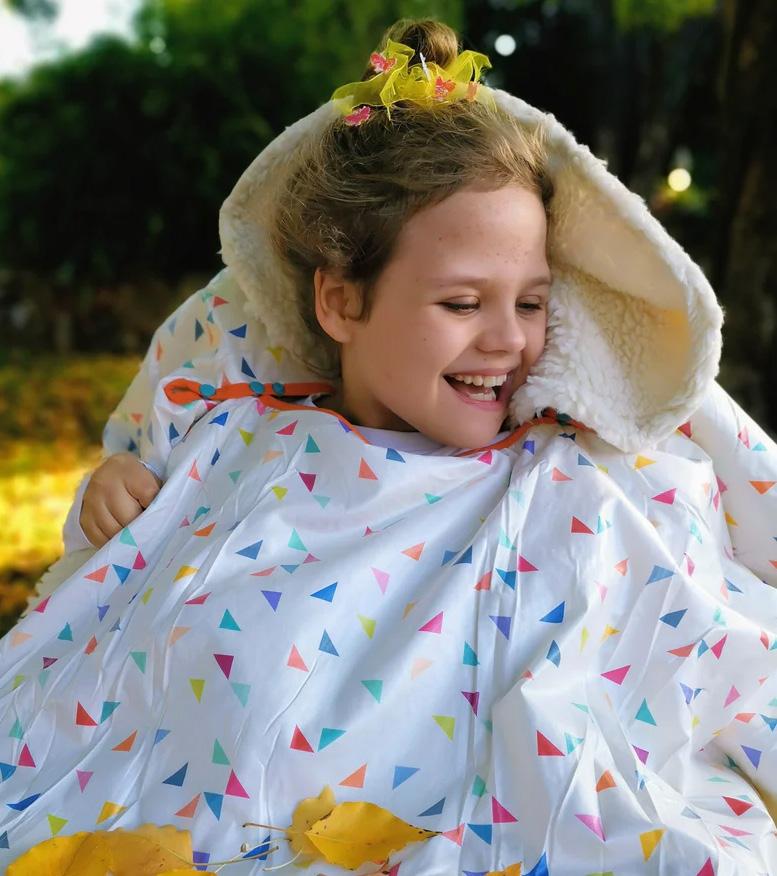
Mimi Blankets are thoughtfully designed blankets for strollers and wheelchairs. Perfect for our kids, because even though it may be cold outside, they’ve got places to go! Made from soft PU with thick Berber fleece for warmth. The neck hole includes multiple adjustments for growth, plus the blanket includes a strap on either side that can be attached to the wheelchair or stroller. From RRP $105 // mimiblankets.com.au
From Jam the Label this puffer-style bomber jacket is ideal for the colder months. Adding a splash of colour, it comes with a magnetic zip and pocket closure. Its accessibility makes it great for those who find traditional zippers and buttons tricky to manage, plus with printed on labels, there are no tags!
RRP $139 // jamthelabel.com
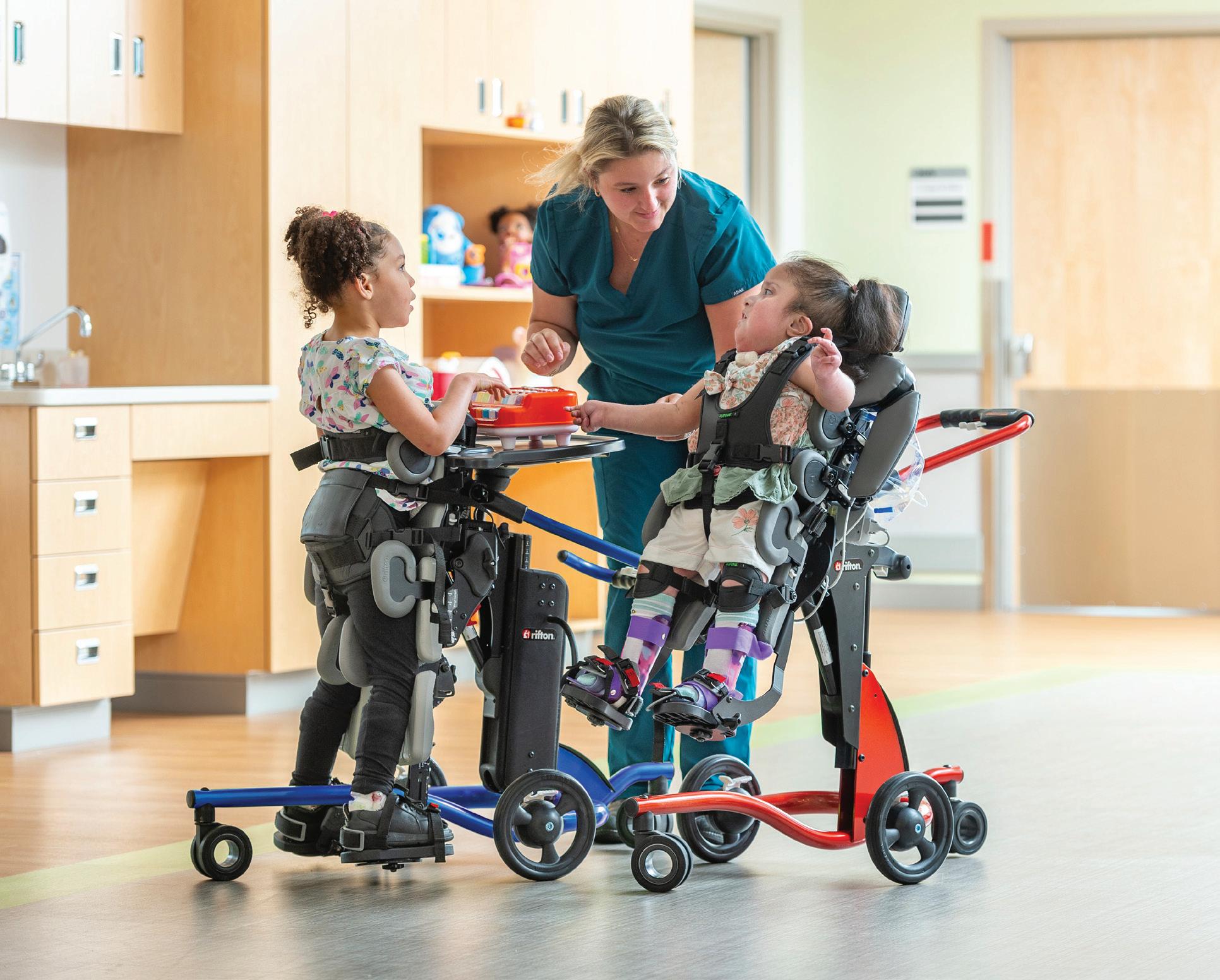
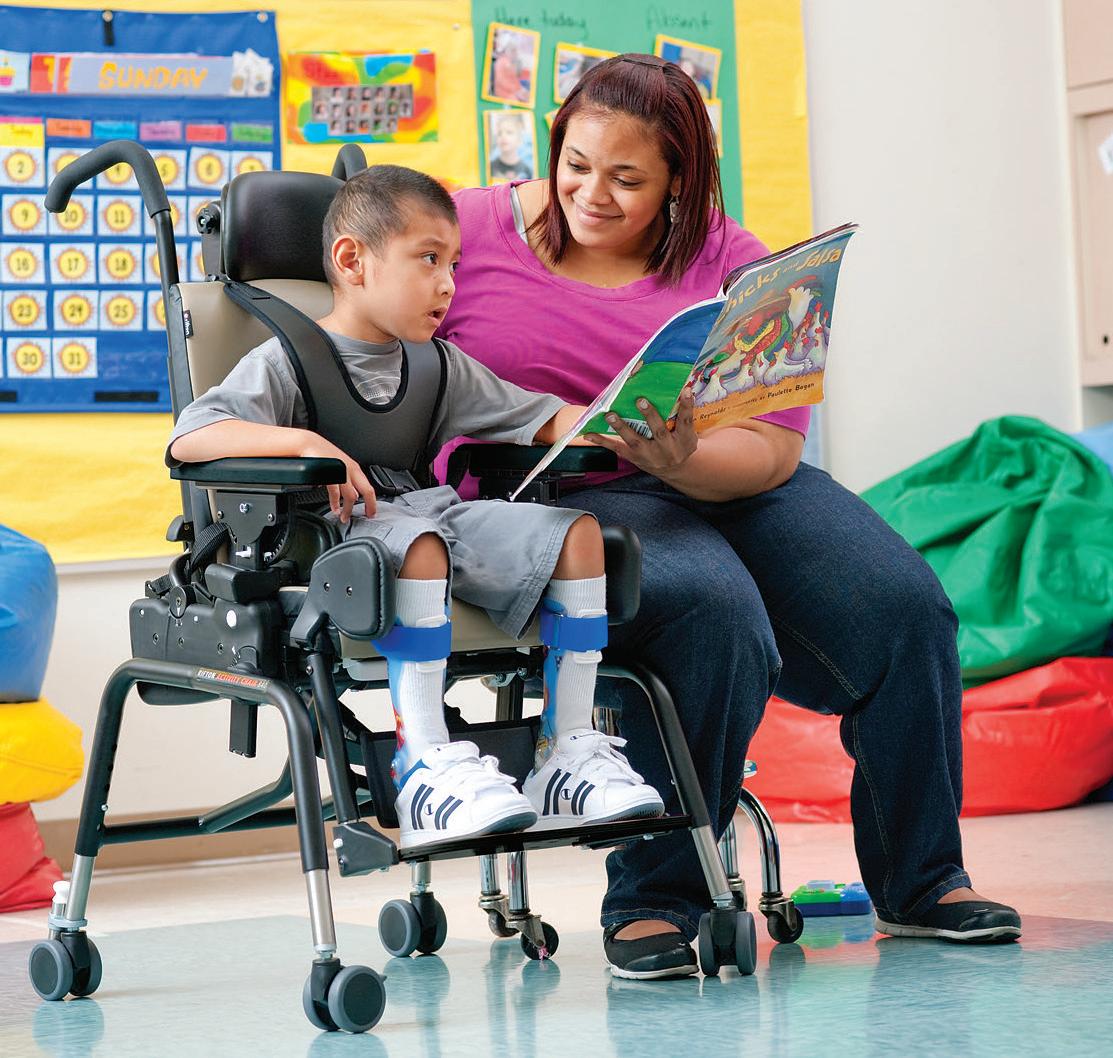
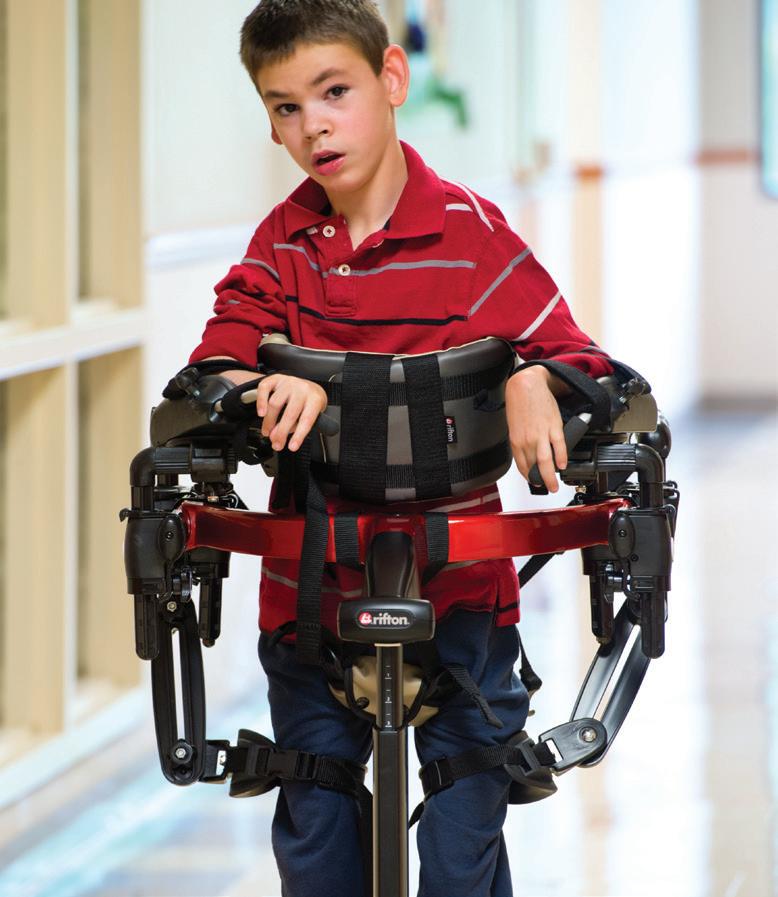

Medix 21 have been proudly supplying Rifton adaptive equipment for 20+ years. With an experienced and knowledgeable AUSTRALIA wide network of distribution partners, we are here to support your Rifton needs.
Let the MEDIX 21 Team assist you today.
Australia Wide Partner Network
To be connected to your closest partner call 03 9014 7507 or email enquiries@medix21.com.au www.medix21com.au
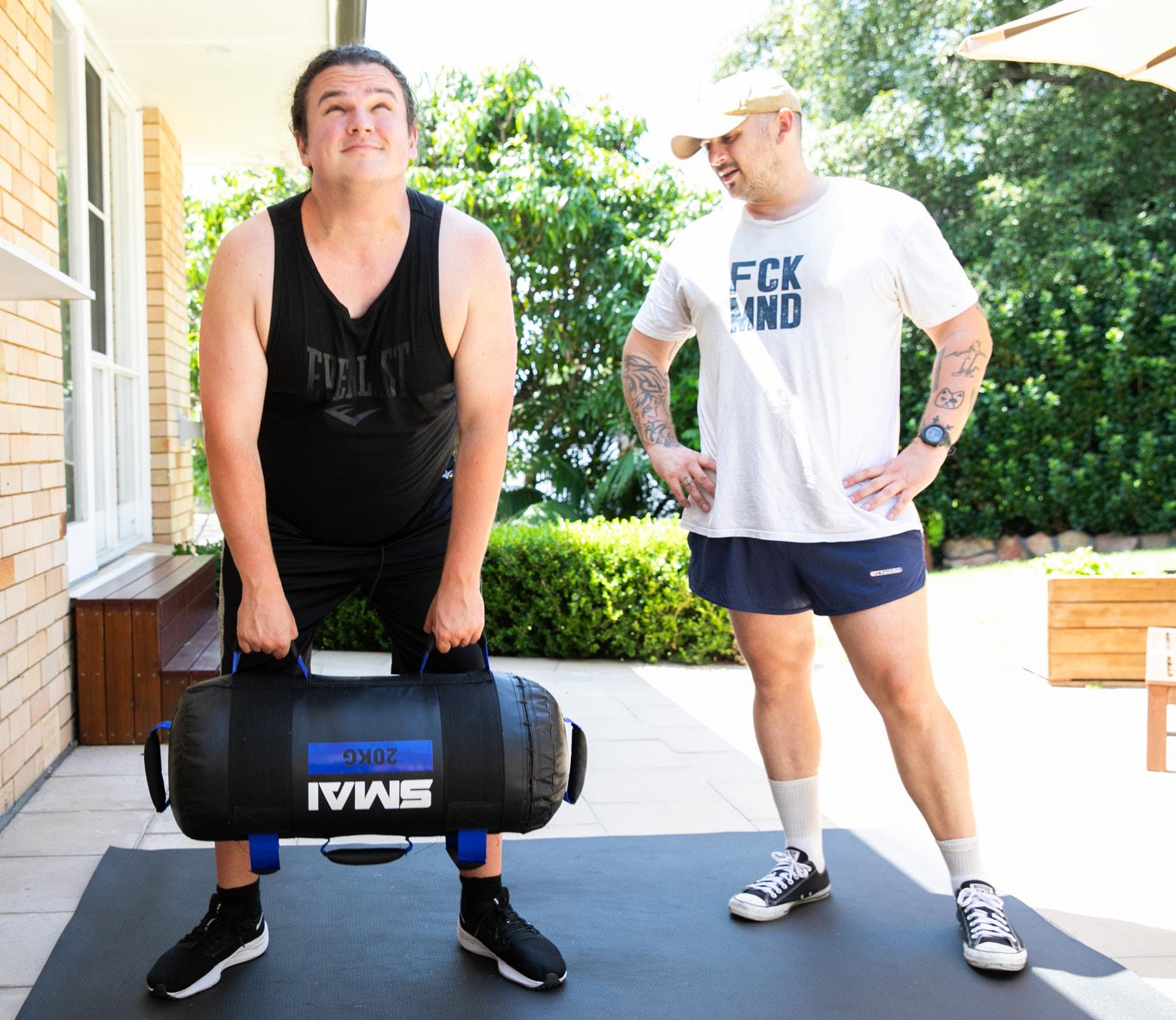
In his first article for Source Kids, Tommy Trout shares his personal story of helping his autistic brother, Jackson, adopt a healthier lifestyle. He details the challenges they faced, the barriers they overcame, and the journey that led to the creation of his inclusive fitness initiative.

I’ll never forget sitting at my dad’s funeral, looking over at my little brother and making a promise to myself that Jackson would not follow in his dad’s footsteps.
I’ll never be able to emotionally distance myself from that moment.
My dad and little brother are on the autism spectrum and over a decade ago now my old man passed away from what could be termed very preventable health conditions. My little brother Jackson was following in his footsteps and there was nothing pulling him in the other direction.

So, I promised I would teach him the value of health and fitness, and Jackson to his credit slowly (very slowly) embraced a healthier lifestyle. Like many carers with family on the spectrum, I had to go at his speed. It took months to hold a conversation about it, get him to visit a gym, and even more to workout inside it.
Walks, diet modifications, strength training, routine keeping (a strength of his) and other strategies successfully turned the tide! Jackson lost weight (around 12 kgs), learned to love a healthier lifestyle and now he thinks he’s fitter than me! Most importantly, these habits and the health thinking that go along with them are autonomous now, it’s how he does things.


Yet, I couldn’t stop thinking about how Jack got to that point in his health, and I didn’t. We had the same childhood in many regards. The big difference between us was the label – his diagnosis. Jack was autistic and I wasn’t. From there, different standards and expectations were thrust upon us on all sides, family, community, school, etc. For me, health was sport, staying active, not putting on too much weight; for Jack health was speech therapy and medication.
The original intention, however, wasn’t for me to train Jackson but for us to find a PT that would be able to do it, but we ran into all too familiar road-blocks: “we’re not a special needs gym”, “I’m not a special needs trainer”, “I don’t think our insurance will let a disabled person in” etc. We eventually got memberships at our local Anytime Fitness that had an incredibly inclusive manager. I took myself off to get qualified as a Personal Trainer and we were off to the races (squat rack). As a PT, I was encouraged to be registered with the peak body AUSactive
and to remain registered I had to complete continuing education credits (CECs). I looked up disability-specific training and guess how many courses I found? Go on, guess! There was none, zilch, nada. That’s where my first company WeFlex originated from; my desire to educate the industry. I wrote courses on support needs (not labels) and co-designed it with people with lived experience and clinicians. We also delivered fitness services.
I’ve since left WeFlex – which is now at 1,000 clients – and have started Inclusive-AF. The AF of course standing for Accessible and Fun!
After leaving WeFlex and spending some time on the couch looking at Netflix’s catalogue as a personal challenge, I found I was being called by many allied health professionals asking for help with vocational training. I always assumed – I know – that these fancy degrees would have comprehensive sections on disability, and it turns out: not really.
aim is to contribute to this magazine as a regular columnist – providing what I hope are useful pieces on navigating health, habits, exercise and more, in ways that are inclusive of everyone.
I believe, and have seen first-hand, that the benefits of regular exercise and healthy living are far broader than many people realise – there’s also compelling, albeit limited, research on the unique impact exercise can have on people’s lived experience with disability. Too often,
The aim is to contribute to this magazine as a regular columnist – providing what I hope are useful pieces on navigating health, habits, exercise and more in ways that are inclusive of everyone.
So now I’m kinda doing the same thing with Inclusive-AF, continuing in creating education for the industry on meeting support needs, moving past the label which tells you very little about the person and focus on what they NEED. It’s a new business and I’m building the plane in the air, but I’m partnering with my brother Jackson. There is no way to explain the joy I feel in building this business with him. Our mission is simply to continue in our work to make health and fitness truly inclusive for every body.
If I have two passions in this world (outside of my cat) it’s education and health/fitness. I am currently undergoing study in health science and my desire to educate goes beyond teaching professionals. My family had problems with health and fitness as it relates to members with disability, and I don’t believe that’s uncommon. So, the

I’ve heard that exercise is impossible for certain people, which isn’t true. If you have a body and ANY ability to move any part of it, you can exercise. Beyond that, there are many habits that are inexpensive, simple, and accessible for every single person.
My job will be to break them down and provide the tools required for any body wanting to improve their or their loved one’s health and fitness.
With the limited space I have left here are some quick-fire ways to improve your health until my next article.
• Get 8 hours of sleep or as close to that as possible, as importantly, be as consistent with bedtimes and routine as well.
• Spending quality time with loved ones is good for your health. Being active with them even more so!
• If you don’t know where to start with exercise, your first priority is to train your consistency. Pick a time every day where you go for a walk or a roll. The workout is secondary to training your ability to show up.
Thanks for reading and what I’d REALLY love is to get your questions or requests. What would you like to know more about? Or perhaps you have a specific situation you’d like advice on. Chances are you’re not alone, so don’t be shy.
Tommy Trout, Inclusive-AF inclusive-af.com


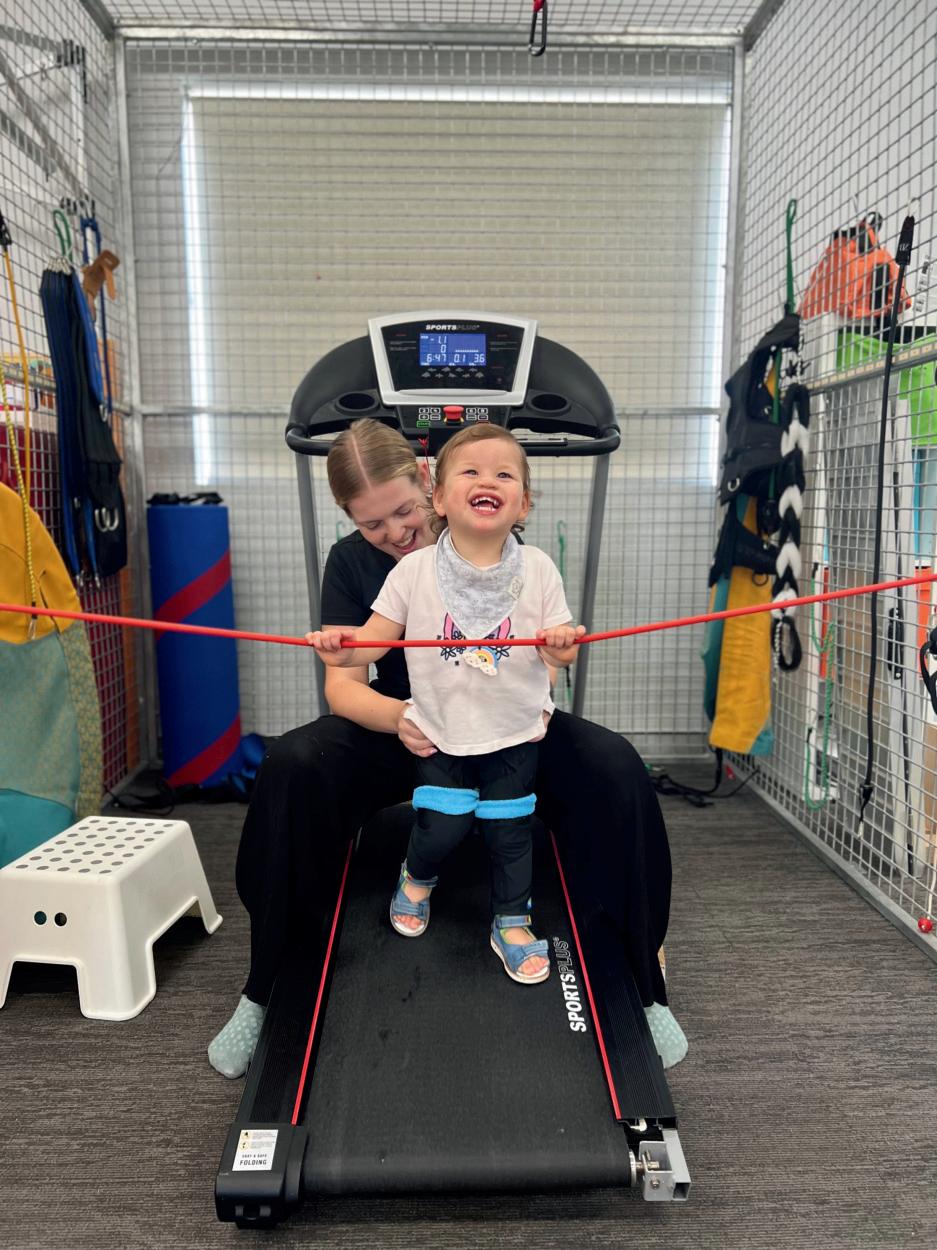
Reader-friendly, informative and brimming with the latest products on the market.
Helping parents and allied health providers choose the best wheelchairs, strollers, bikes and trikes, walkers, standers, beds and seating, to suit their child’s unique needs.
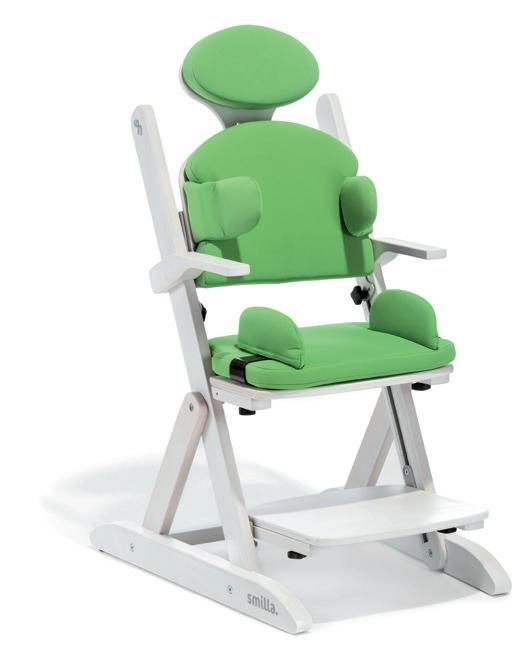
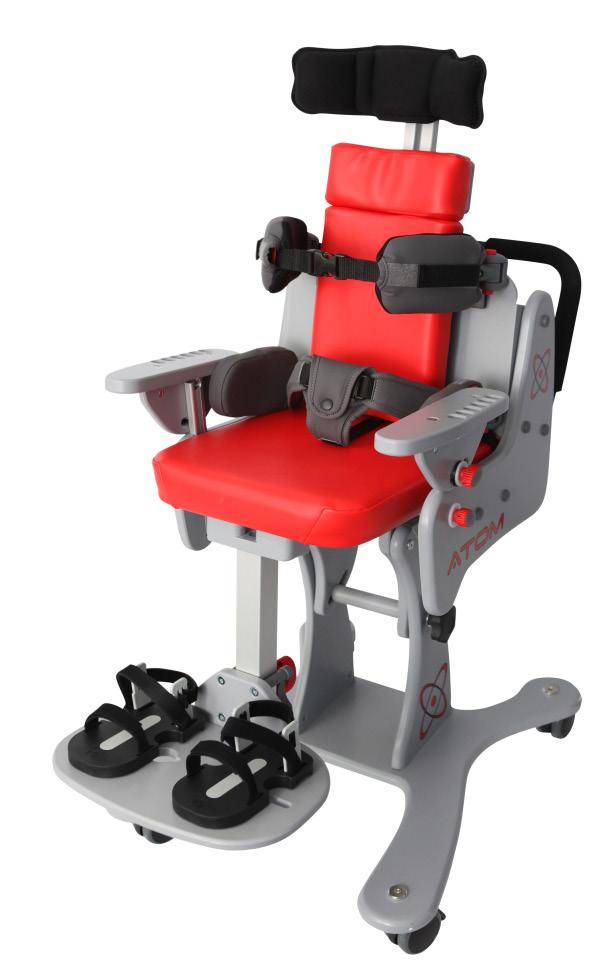
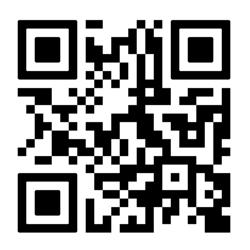



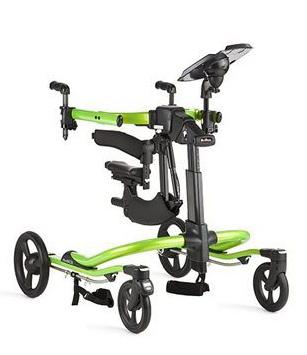
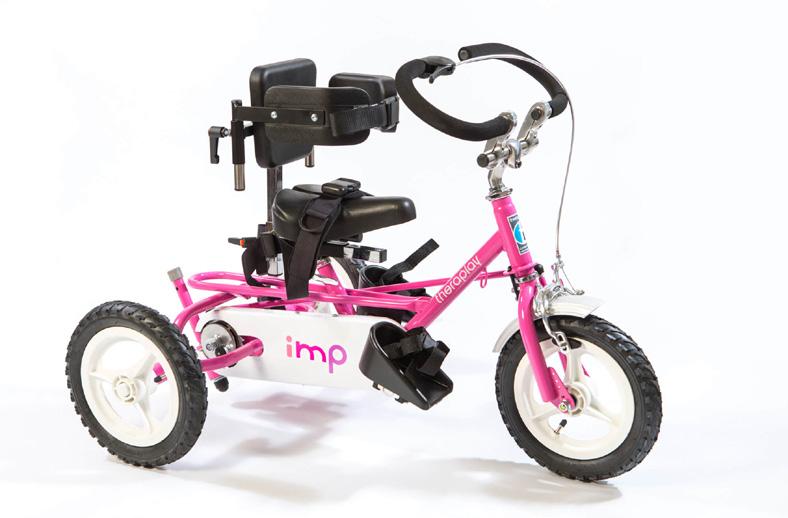
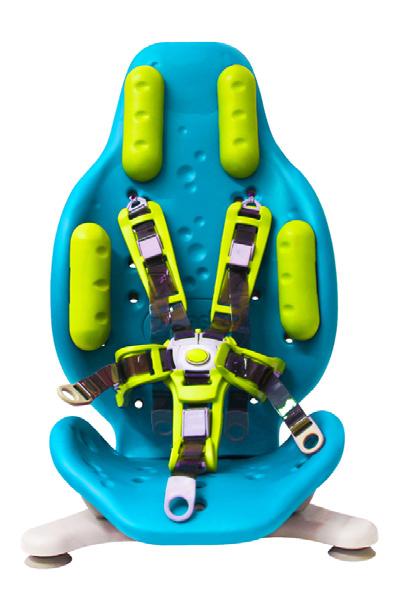
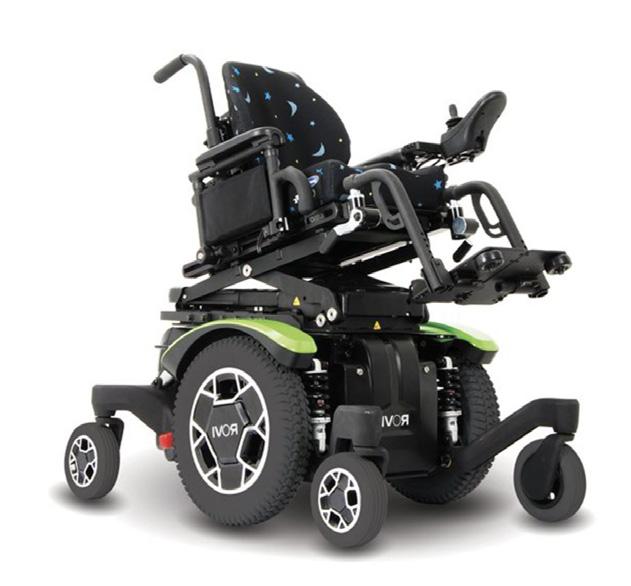
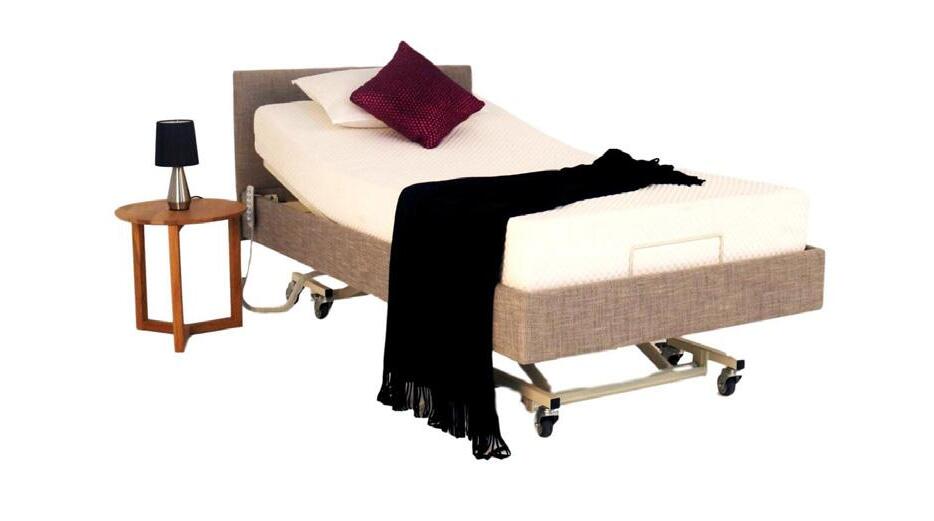

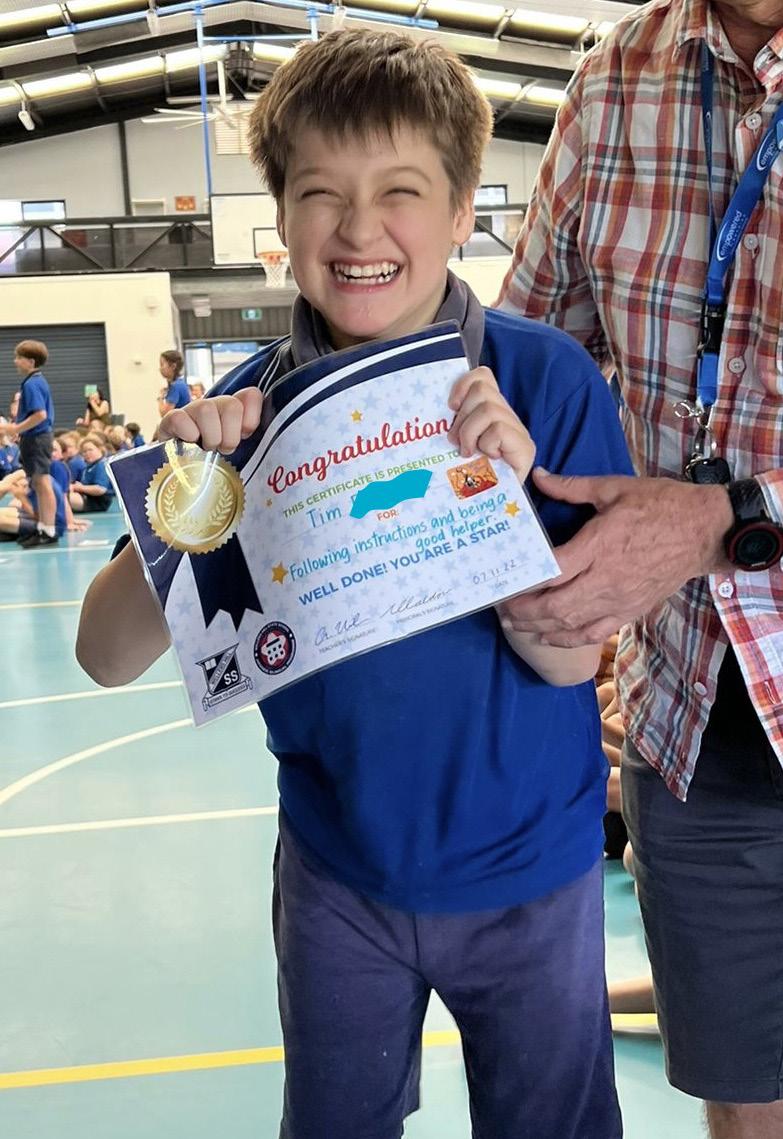


How did you first become aware that there might be a concern about Tim’s health or development?
Tim was very sick at 2 weeks old with a bowel infection. At 4 months old, he was considered failure to thrive. At 13 months old, he had surgery for strabismus (where both eyes turned out). He was my second child and I noticed he was delayed in all areas, but I thought it was his rough start to life and he just needed to catch up. Then I noticed he never babbled or made any cooing noises but was constantly happy and smiling.

It wasn’t until we had a visit from a friend who was a physiotherapist and worked with kids with disabilities, who was brave enough to suggest that Tim might have Angelman syndrome. That led us to seek genetic testing and we received the diagnosis at 18 months old.
Can you tell us a bit more about the diagnosis?
Tim has Angelman syndrome, which is a deletion of the UBE3a gene on chromosome 15. Most children with Angelman syndrome are globally delayed, struggle with speech and in most cases, don’t speak.
Tim is a multi-modal communicator and uses gestures, approximated key word sign, body language and AAC (augmentative and alternative communication – a PODD book) to communicate.
Children with Angelman syndrome also have an intellectual disability, most have epilepsy, huge sleep challenges (just like a newborn or sometimes worse), and a balance disorder. They generally have a happy demeanour and this is true of Tim, he is always smiling or laughing.
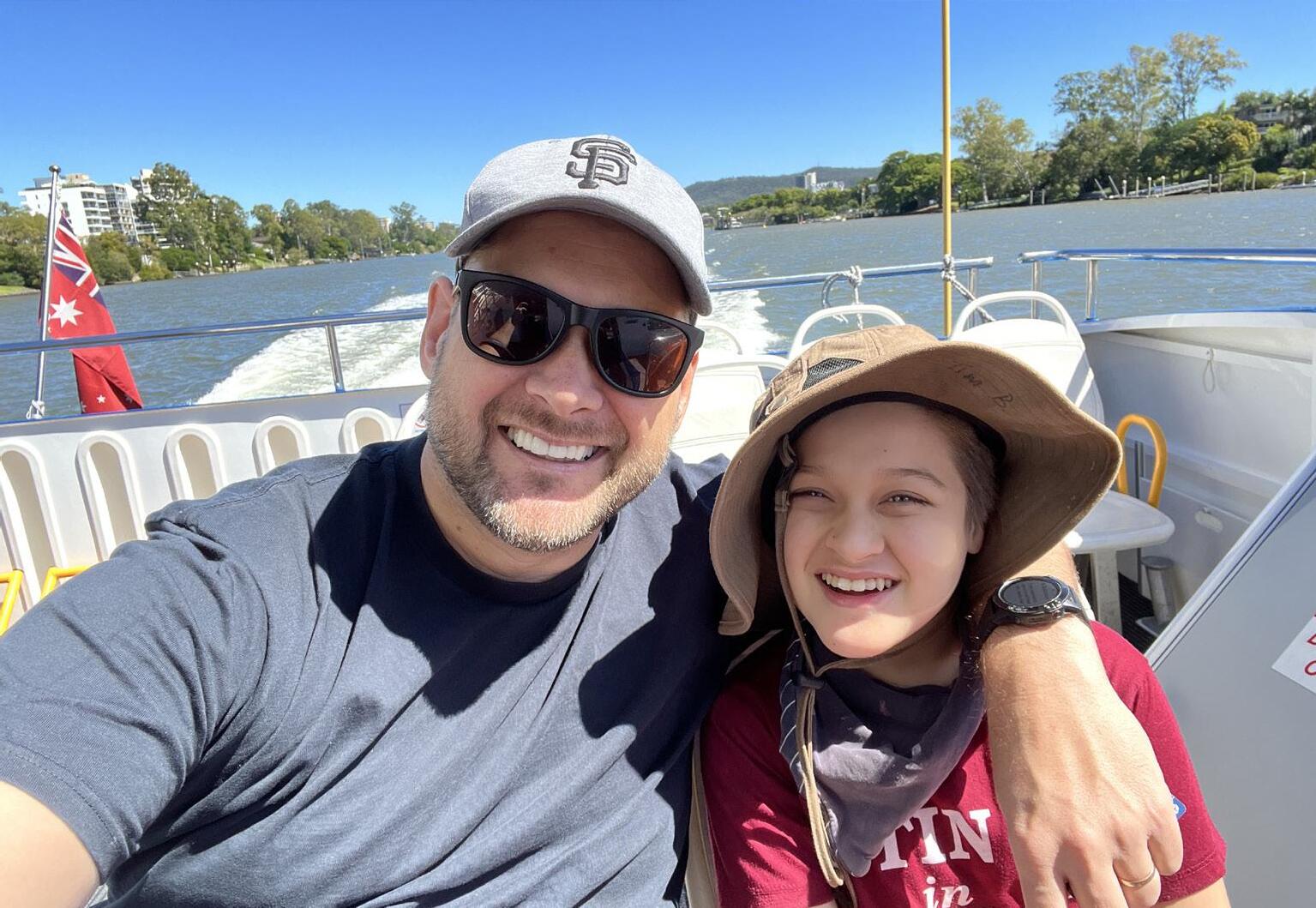
Tim can walk but only short distances. He is extremely food motivated, in such a strong way that we need gates to our kitchen so he can’t access the fridge and pantry. He doesn’t know when he’s full and will eat till he vomits. With all of these challenges, it’s hard for Tim to participate in everyday life with his siblings or peers without adequate support.
How has the diagnosis impacted your family dynamics and daily routines?
My oldest son, Josh, 15, has had to step up and be responsible and mature far beyond his years. He is Tim’s other carer besides us. His little sister, Lilli, 9, also helps take care of her big brother. They’ve learnt how to stay calm during seizures, how to administer medication, how to change nappies, how to dress him, how to prepare his food and so on. They are becoming such compassionate and kind people. We try our best to spend dedicated time with each child (including Tim) to stay present and involved with them. We don’t want them to think that our lives revolve around Tim and his needs. We still go out to eat, attend church each Sunday, go on hikes or bike rides. We just make adjustments so Tim can participate, for example, we might be able to only do a 2.5km hike and we would use a bike trailer for Tim if we go on a family bike ride. He requires 24/7 care so we are

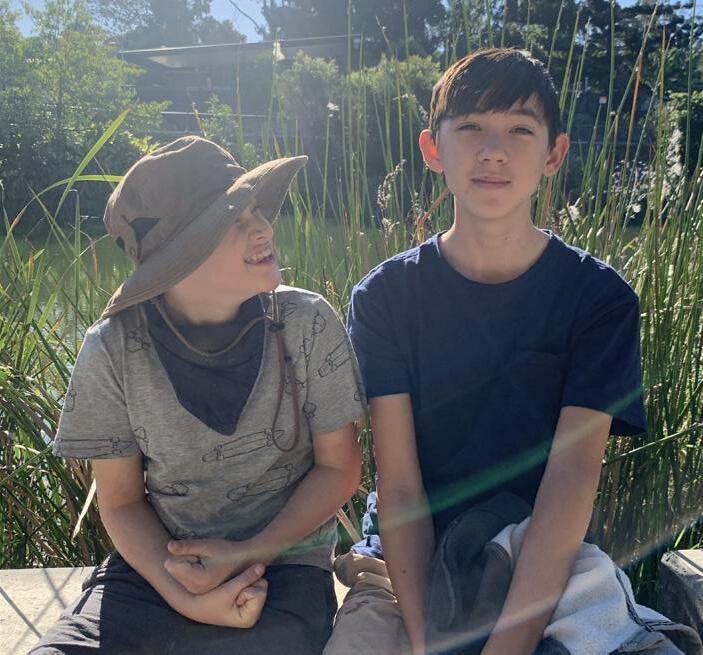

I want Tim to be accepted and know that he doesn’t belong in just the disabled community, but he belongs everywhere.
constantly on alert even at home about where he is and what he’s doing. Since Tim cannot speak, if we call his name, he can’t answer us and also he wouldn’t be able to call us if he needed to. So, one of us is always required to be with him. He loves to escape out the front door, so it needs to be dead locked at all times. There have been a few heart stopping moments when we’ve realised we forgot to do so and we’ve had him returned to us by our neighbours! It’s important to have a good community around you. Tim's sleep challenges mean we are constantly sleep deprived but my husband and I are a great team and the one with more energy will always support the one with less.
What kinds of treatments, therapies, or interventions has Tim been receiving and how have they helped him?
Tim receives speech therapy, physiotherapy and occupational therapy. When he was young, he attended ECDP (early childhood development program) and then started special school. He transitioned to mainstream school in year two with a 1-on-1 support.
Being able to attend a mainstream school made a huge impact on his development. He received a lot of peer modelling throughout the day, and he loved being able to attend with his little sister. He was well-known and well-liked
at his school and it was great for the school community to have him there so disability could be normalised and seen. The school worked hard on changing the meaning of inclusion and how to make adjustments for students like Tim in their classrooms, including learning how to use his alternative communication device with him. He graduated primary school last year and has since returned to special school where he has settled in well. The small class sizes and specialist teaching are benefitting him at this point in his education.
As a parent, what are your primary concerns and hopes for Tim’s future?
There are therapeutic treatments that are currently in clinical trial and many more that are being developed to cure Angelman syndrome. My hope is that one of these treatments would help ease Tim’s challenges so he can participate in the community and contribute to the community one day. I want Tim to be accepted and know that he doesn’t belong in just the disabled community, but he belongs everywhere.
How can those around you offer support?
The best support for us would be for those around us to love Tim and get to know him. Involve him and talk to him directly. If they want to support us as a family, check in with each of us to see how we’re going. Continue inviting us out even if we say no, let us complain sometimes about how tired we are, and there’s always laundry to fold!


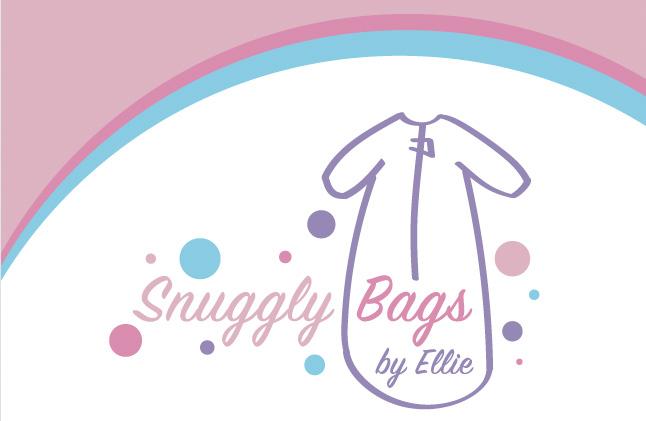

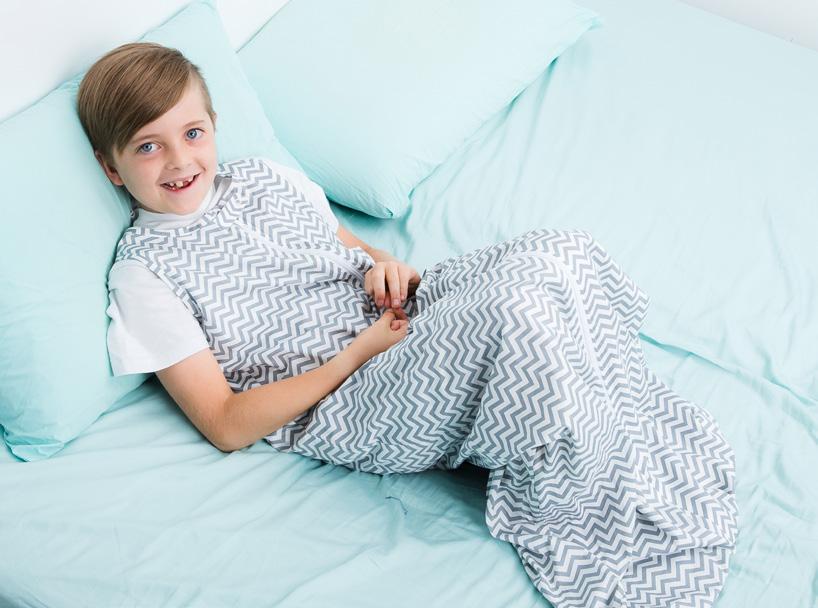


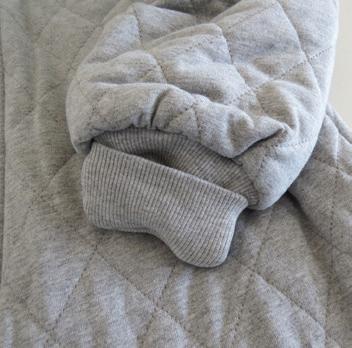

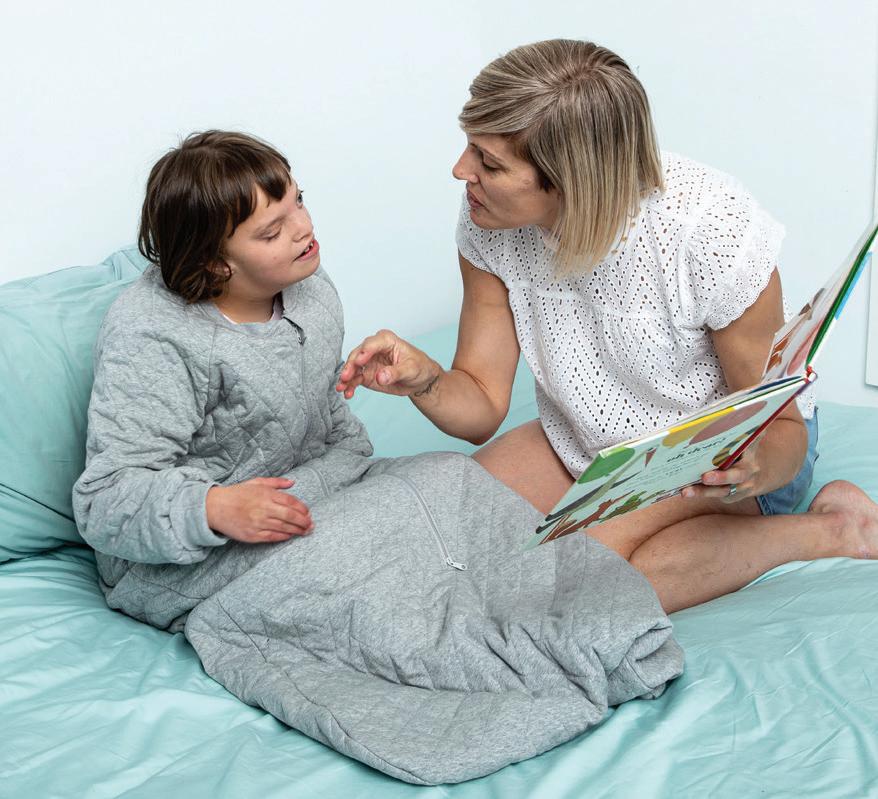
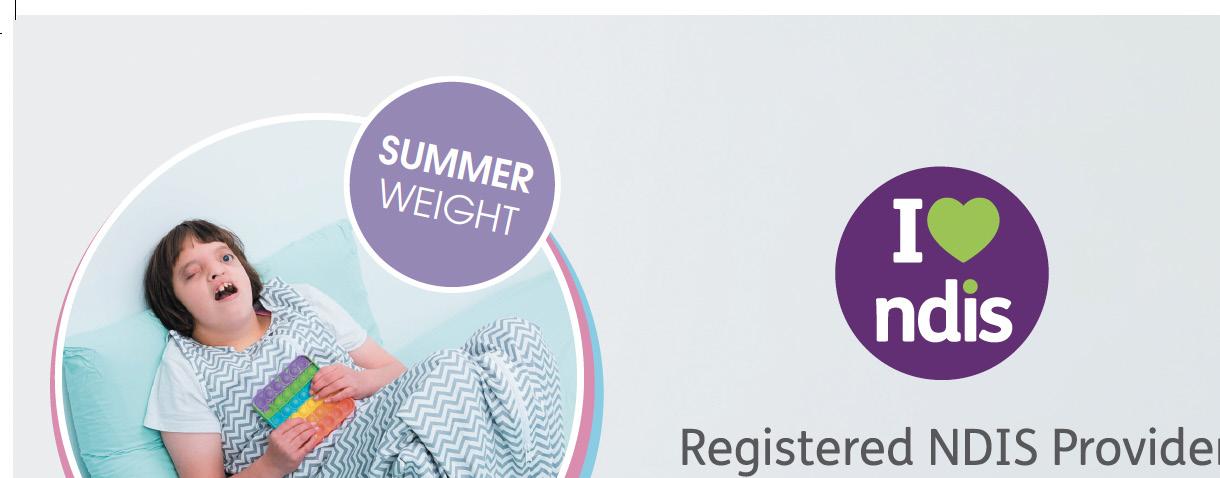
Our expert Product Specialists empower children and teens living with disabilities to experience the thrill of cycling. Be part of their positive changes as they improve confidence, strength & independence.
Safety, fun, and personalised support are our priorities. Customised and modified bikes, trikes, e-trikes and frame runners

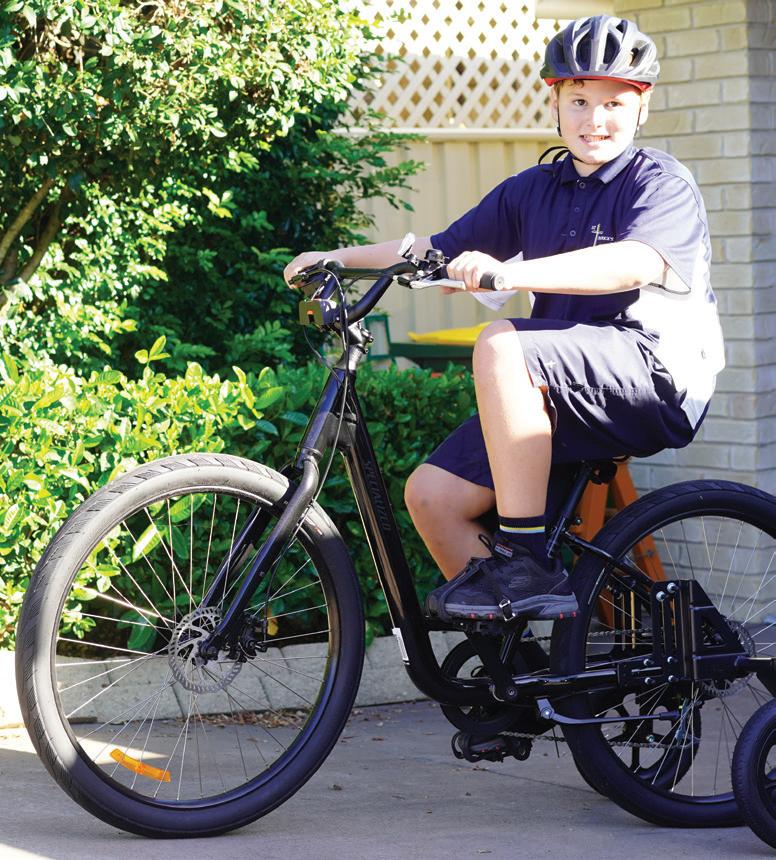



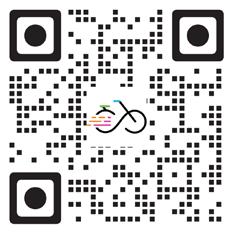
With today’s cost of living pressures, seeking out low-cost ways to provide our kids with meaningful development opportunities at home is more important than ever.
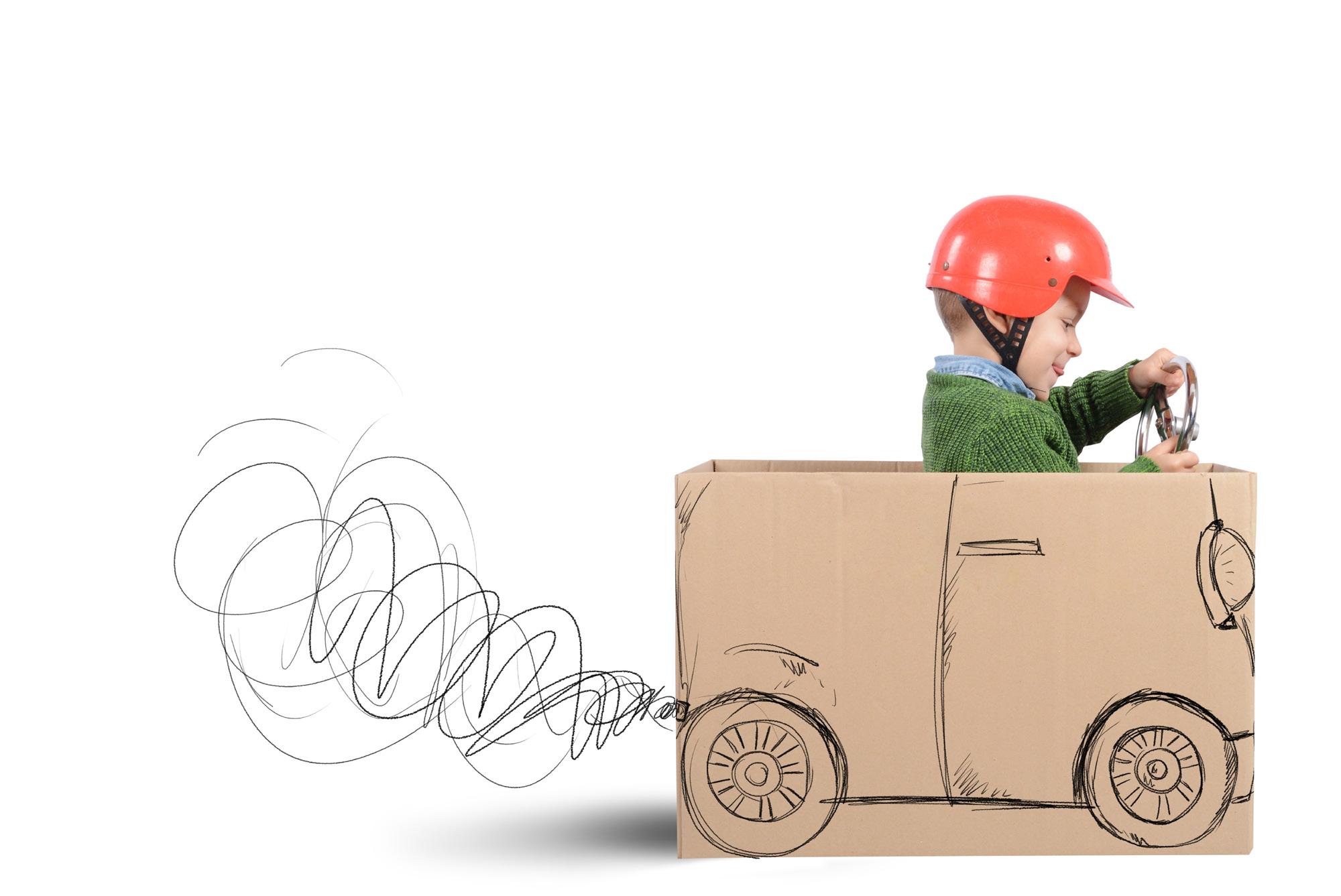
The good news is that there really is no need to bust your child’s precious NDIS budgets (or even your own home-grown funds!) on expensive therapy items and equipment; there are plenty of low-cost ideas that can stimulate creativity, enhance cognitive skills, and foster overall growth & development. Take a look at the following and also have a chat with your child’s therapists for a list of targeted activities you can try at home.
Making a fine mess is great for the development of fine motor skills (including grasp, manipulation, and muscle strength), hand eye coordination, spatial awareness, body awareness and much more. Activity ideas include: playdough (making your own with your child provides even more opportunities for skill development); rice play (fill a tray or container with rice and hide objects in it for your child to find, get out cups
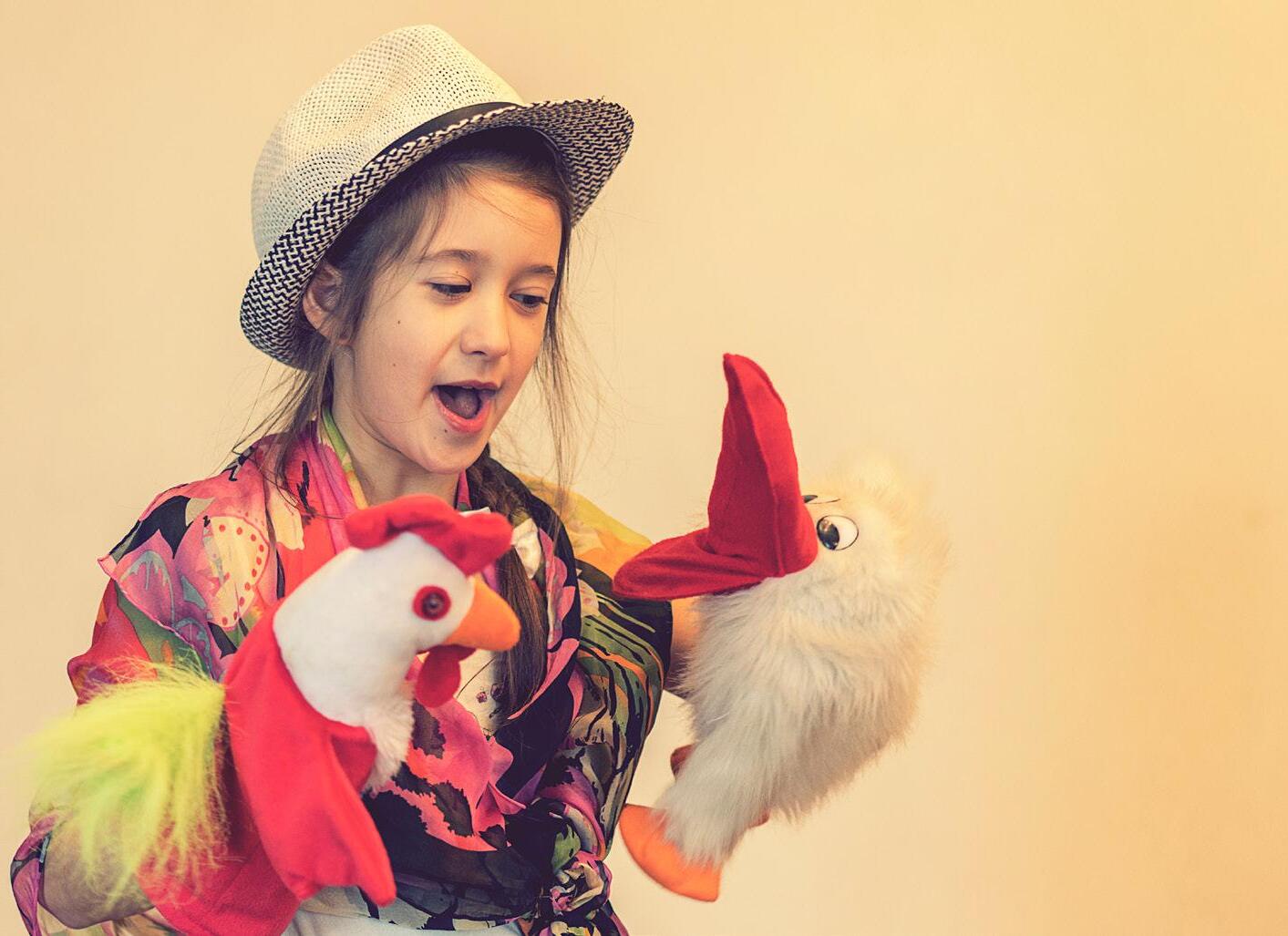

and spoons and bowls so they can tip and pour); playing with slime and shaving cream (hide things in it, draw pictures, letters, or numbers in it).
Building and stacking with blocks or plastic cups; building towers, buildings and cars out of old cardboard boxes; Lego or Duplo; Jenga; building a blanket cubby house, or putting together a train set –the list is endless. All these activities will develop fine motor skills, planning skills, patience, perseverance, problem solving and hand-eye coordination.
The only limits are your own imagination! Play farms, doctors, vets, schools, shops, or zoos; pretending to go on camping trips, safaris, underwater explorations, or outer space adventures. Your child can use the resources you have at home to create costumes, buildings, maps, food, storylines and more to fit the theme they have chosen. Storytelling can be made interactive and engaging by using picture cards, tactile props, and
communication tools such as boardmaker or AAC devices to help everyone stories. This activity promotes language development, imagination, and collaboration, while also respecting unique communication styles.
Using puppets, dolls, stuffed animals, imitate functional actions such as eating, brushing hair, playing, jumping and other actions to build an understanding of these concepts and encourage functional play.
Drawing and painting on different surfaces (such as table, floor, wall or easel) will strengthen different muscles. Use scissors to cut through different materials (e.g. paper, cardboard, playdough). Painting with different objects (e.g. cotton balls, cotton buds, fork, bubble wrap), or make creatures, people or places out of recycled materials such as egg cartons, cardboard boxes, milk bottles or magazines. Fine motor skills, planning skills, hand-eye coordination, muscle strength in fingers, hands, arms and shoulders; attention and concentration are all in play during creative sessions
Work on rule following, patience and social skills. Choose puzzles and games that can be adapted for different skill levels and abilities. Collaborative puzzles with larger pieces are great for fine motor challenges, while board games can be modified to encourage teamwork and social interaction.

The great outdoors is FREE and nature is a playground rich with sensory experiences. Take children on sensory nature walks where they can feel different textures, listen to bird songs, and experience the wind on their skin. Collect leaves, rocks, and flowers to create tactile art that engages their senses and encourages creativity.
Simple science experiments can be adapted to accommodate various abilities. Create colourful lava lamps using oil, water, and food colouring, or explore the reaction between baking soda and vinegar. These experiments offer tactile and visual stimulation, making learning a multisensory experience. A search on good old YouTube will provide heaps of ideas to adapt.
Music is a universal language that transcends abilities. Create simple percussion instruments using household

Busy Books Australia provide durable, interactive learning resources meaning you don’t have to think of new activities daily to connect with your child, they are there giving you the headspace you need.
Busy Books Australia help you connect, bond and grow with your child.
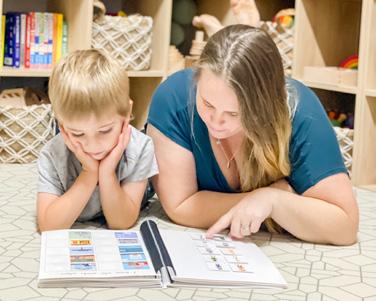

items like rice-filled containers or bells attached to strings. Children can explore rhythm and sound, fostering their sensory integration and motor skills.
Teach children about empathy, kindness, and inclusion through projects that benefit the community. Create accessible care packages, make sensory-friendly sensory bottles, or craft cards for local hospitals. These projects emphasise the importance of giving back and fostering a sense of belonging.
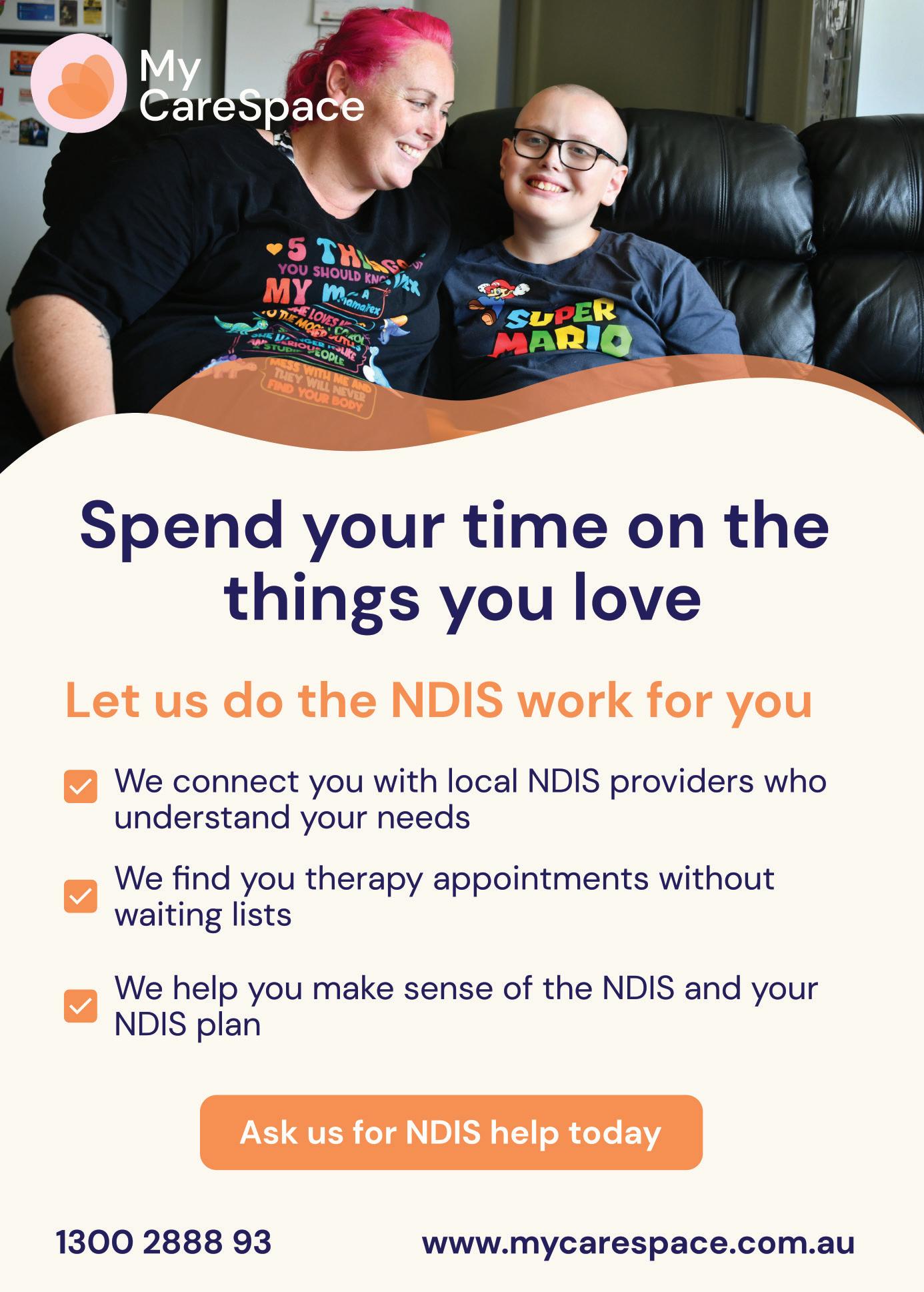
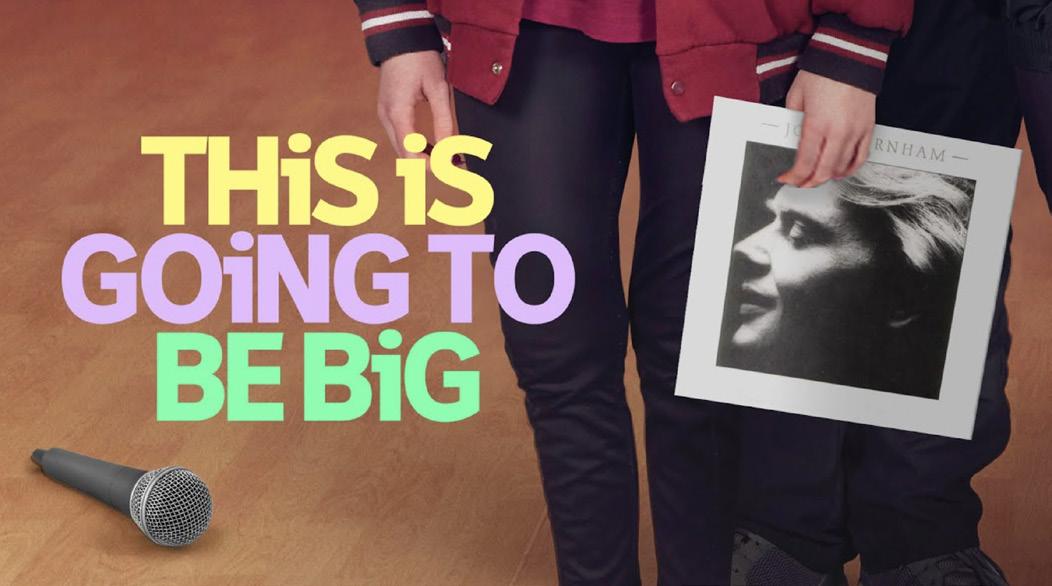

We first flagged this joyous production a few issues ago when it won the audience award at the Melbourne International Film Festival, so we’re overjoyed to find out that it’s now available to watch on ABC iView! This two-part documentary series is a humorous and heartwarming coming-of-age story which unfolds as teenagers living with disabilities: Chelsea, Elyse, Halle and Josh, share their dreams and desires while confronting their challenges as they prepare for their high school musical about John Farnham. iview.abc.net.au

Currently only showing on the BBC in the UK but there are lots of clips on YouTube that are well-worth seeking out. Actor, Michael Sheen, faces the interview of a lifetime from The Assembly, a group of autistic, neurodivergent and learning disabled people. Described by The Guardian newspaper as funny, endearing and novel, this is celebrity interviewing with a difference. Let’s hope it gets a full airing here in Australia soon.

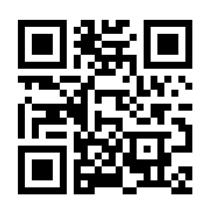



Dureece, Thanh and Britt talk about discrimination in recruitment, how they prepare for job interviews, and advocating for their rights in the workplace.
With 60+ definitions to help improve emotional literacy. This HUGE hardcover book with over 140 pages, is all about our children learning to recognise and label emotions and feelings. Join Aroha and her friends as they share how different emotions might feel in the body and how each emotion might be helpful.


What autism can teach us about difference, connection and belonging
The Disabled Employee is a podcast produced and presented by young people with disability. It is produced as part of the DREAM Employment Network, a project by Children and Young People with Disability Australia (CYDA). cyda.org.au/disabled-employee-podcast-ep1-jobseeking
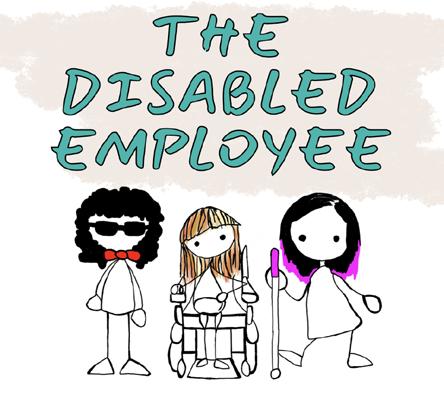
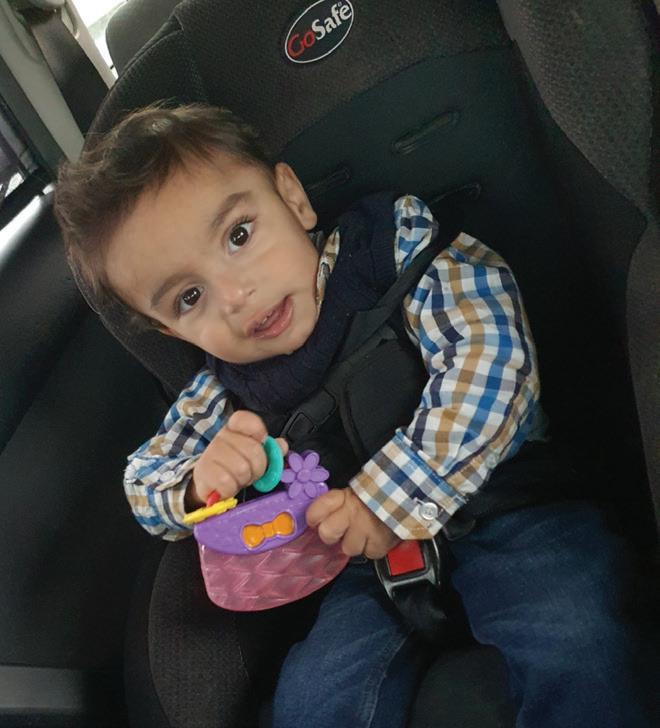
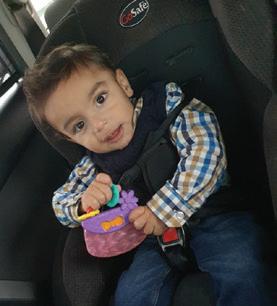
Beloved star of ABC TV’s award-winning Love on the Spectrum and disability rights advocate Jodi Rodgers shares stories from her three-decade career working with the autistic community and calls for a more inclusive and accepting society where we are more empathetic and curious about all the relationships in our lives.

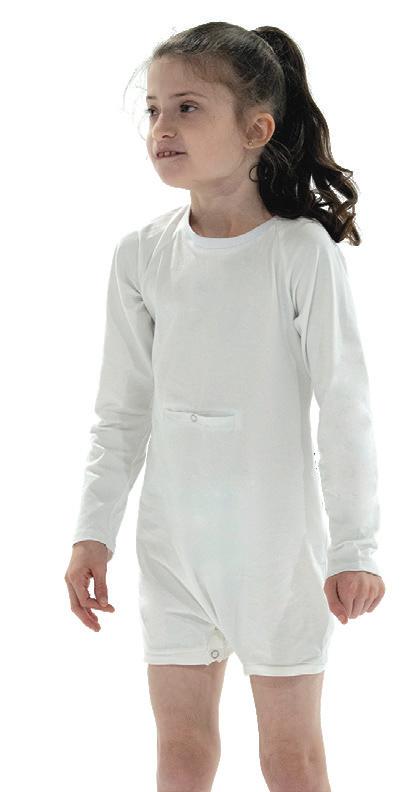
• unisex onesies to help keep wandering hands out of nappies & pants
• deters
undressing & other challenging behaviour
• range includes back-zips & tummy access styles for tube feeding
• available in sizes for kids & adults (great for aged care)
• soft fabric & tag-free to minimise irritation
• swimwear, bibs, bandanas & bedding protection also available
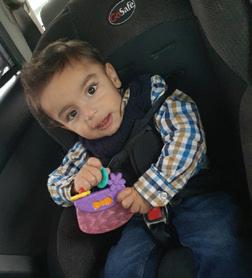


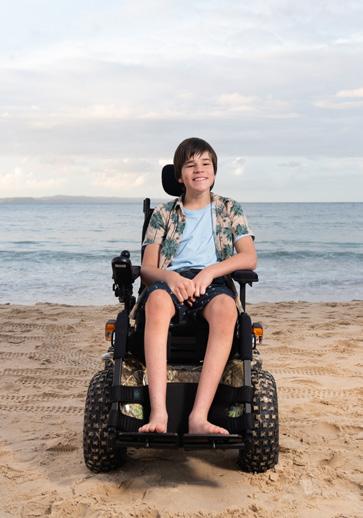

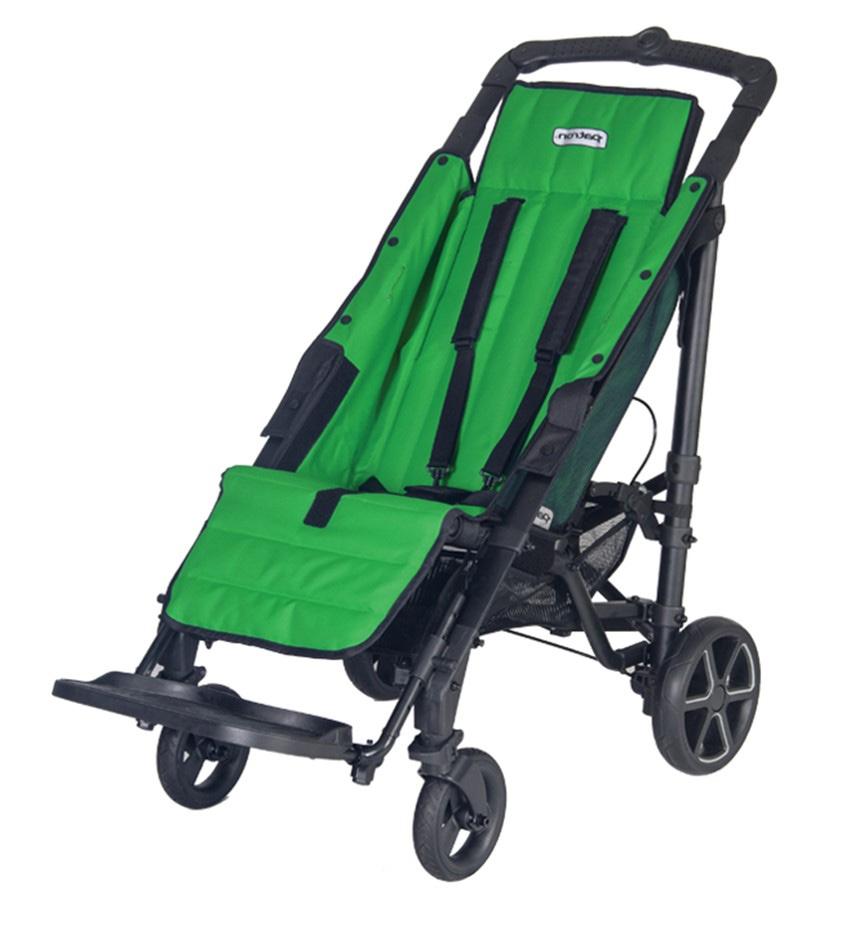
Manufacturer: Patron
Supplier: Mobility Plus
Weight: Up to 50kg | Height: Up to 290cm
• Semi adjustable and foldable rehab-buggy with backrest recline.
• One-piece foldable handle & range of accessories plus postural supports available.
• Detachable wheels & forks for compact storage and transport.
Manufacturer: Firefly
Supplier: Firefly
Weight: Up to 30kg | Height: 1-8 years
• Lightweight & portable push chair –weighs 11kg.
• Can recline to 140° for sleeping or changing.
• Compatible with Firefly GoTo Seat.
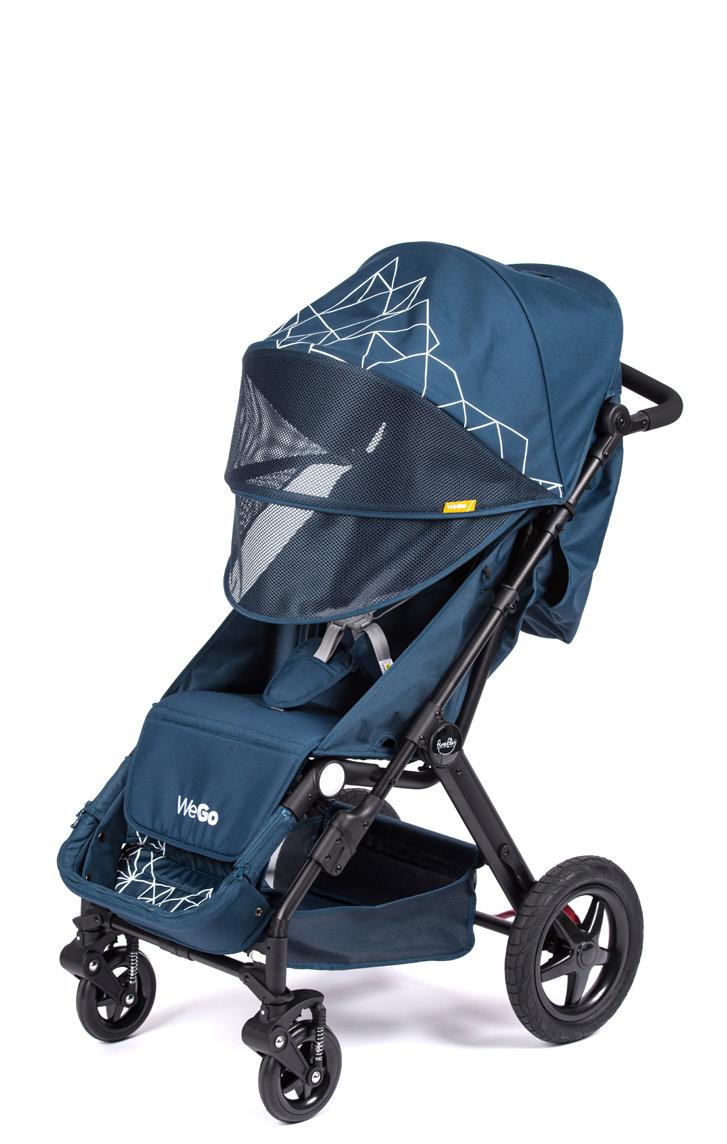
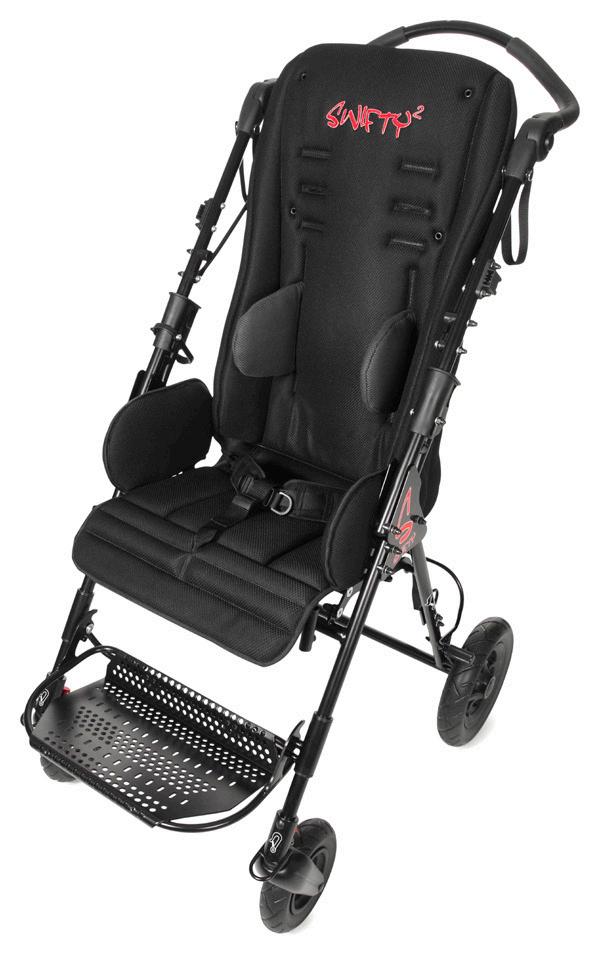
Manufacturer: Thomashilfen
Supplier: APEX Mobility
Weight: Up to 50kg
Height: Up to 150cm
• Growth adjustment.
• Simple to fold & folds flat.
• Washable covers.

Manufacturer: Convaid
Supplier: Etac
Weight: Up to 113kg
• The Convaid Cruiser is a 30° fixed-tilt buggy that improves postural control through upper body positioning.
• Self-Tensio is Convaid’s unique self-tensioning seating system which provides pelvic positioning; back straps allow for individual adjustment to the lumbar and thoracic regions of the back.
• One-piece, height-adjustable push handle – ergonomically comfortable and adjustable in height and angle for different heights of caregivers.

Manufacturer: Ormesa
Supplier: APEX Mobility
Weight: 35 to 45kg
Height: 90 to 140cm
• Easy Tilt-In-Space system.
• Easy adjustments
• Compact & lightweight.
The BUG is adjustable, versatile, flexible and practical with four different bases to suit individual needs.
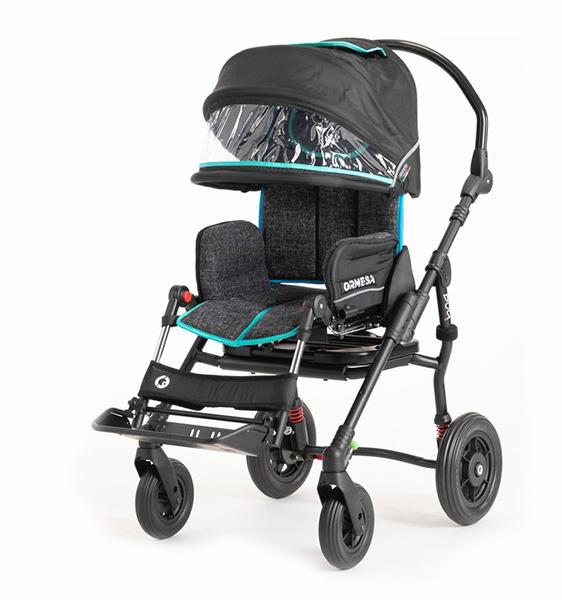
Manufacturer: Hoggi | Supplier: Medifab
• Weight: Up to 75kg
• Super compact folding makes the Duro easy to transport and stow in the boot of your car.
• 40° of reclining back support means you can relax in the Duro when being out and about gets tiring.
• The Duro is individually customisable to suit requirements, with proven accessories fromthe Bingo Evo stroller range.

Manufacturer: Convaid
Supplier: Etac
Weight: Up to 114kg
• EZ Rider is more suitable for individuals who have some degree of upper body control, as it has a more upright seat and back angle.
• A compact, lightweight, folding stroller with five years’ growth capabilities.
• 10° of fixed-tilt with four seat widths, allowing for growth adjustment.
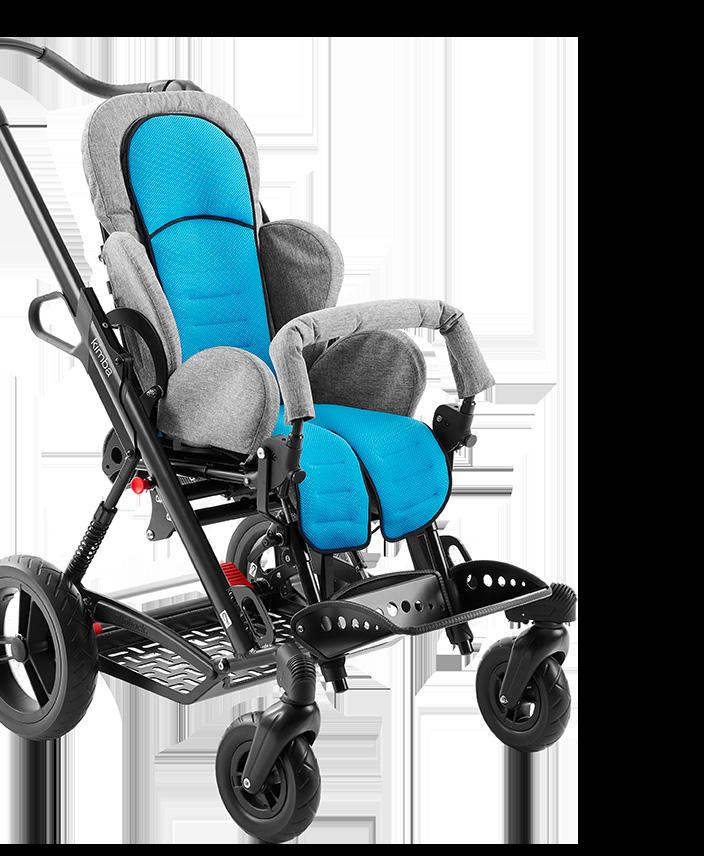
Manufacturer: Ottobock
Supplier: Ottobock
Weight: Up to 50kg
• Kimba provides postural and functional benefits that children require.
• Multifunctional seat unit (goes on stroller base or indoor seating base).
• Tilt mechanism and easy seat adjustment for active and rest positions.

Manufacturer: Convaid
|Supplier: Etac
Weight: Up to 77kg
Height: Up to 175cm
• 10-45° of adjustable tilt.
• 90-105° of seat-to-back angle adjustment.
• Height and angle adjustable push handle and elevating leg rest with one piece footplate.
The Convaid Rodeo is a popular paediatric tilt-inspace wheelchair that is convenient, lightweight and folds compactly. It is fully customisable to meet a user’s specific therapeutic needs and provides 5 years of growth capability through its seat depth feature.
5 YEARS OF GROWTH CAPABILITY
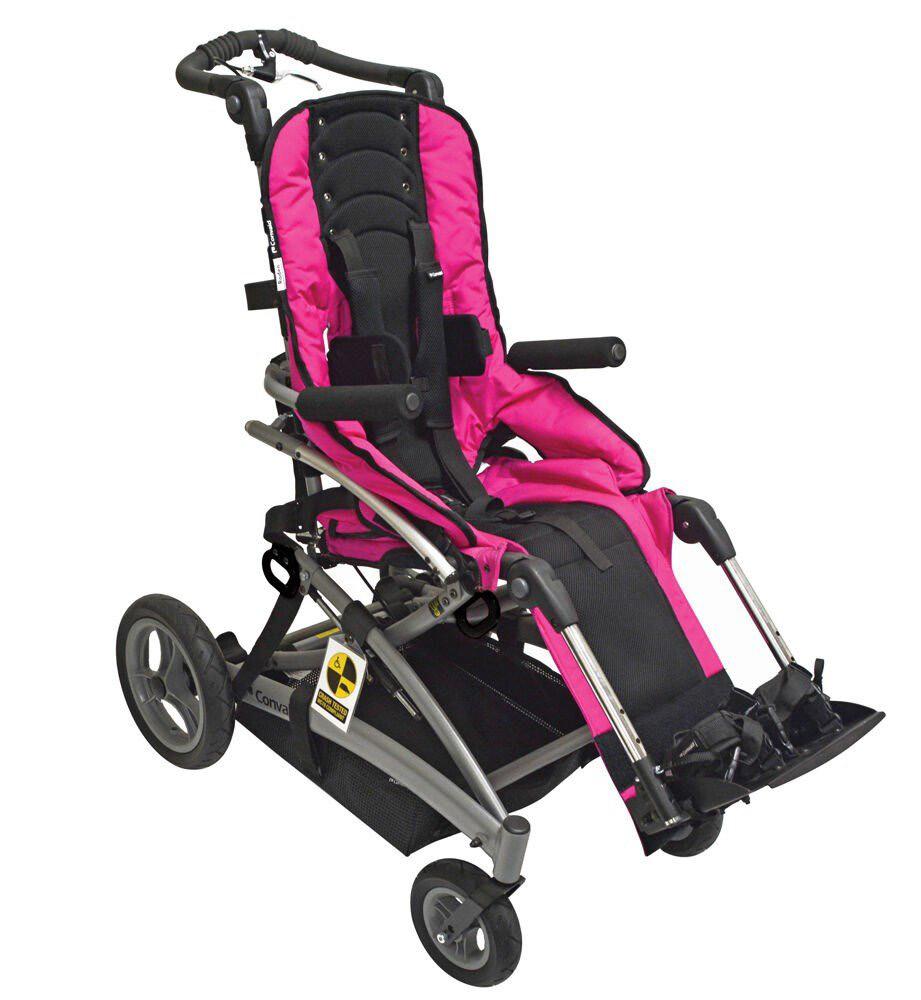

Manufacturer: xRover
Supplier: APEX Mobility
Weight: Up to 120kg | Height: N/A
• xRover is equipped with many features that make it ideal for most outdoor terrains, from city streets to the beach – even snow.
• Front and rear frame arches to protect the head and body, safety belts with five-point safety buckles.
Manufacturer: Hoggi
Supplier: Medifab

CAN ALSO BE ATTACHED TO THE BACK OF AN ADULT BICYCLE SO EVERYONE CAN ENJOY THE RIDE.
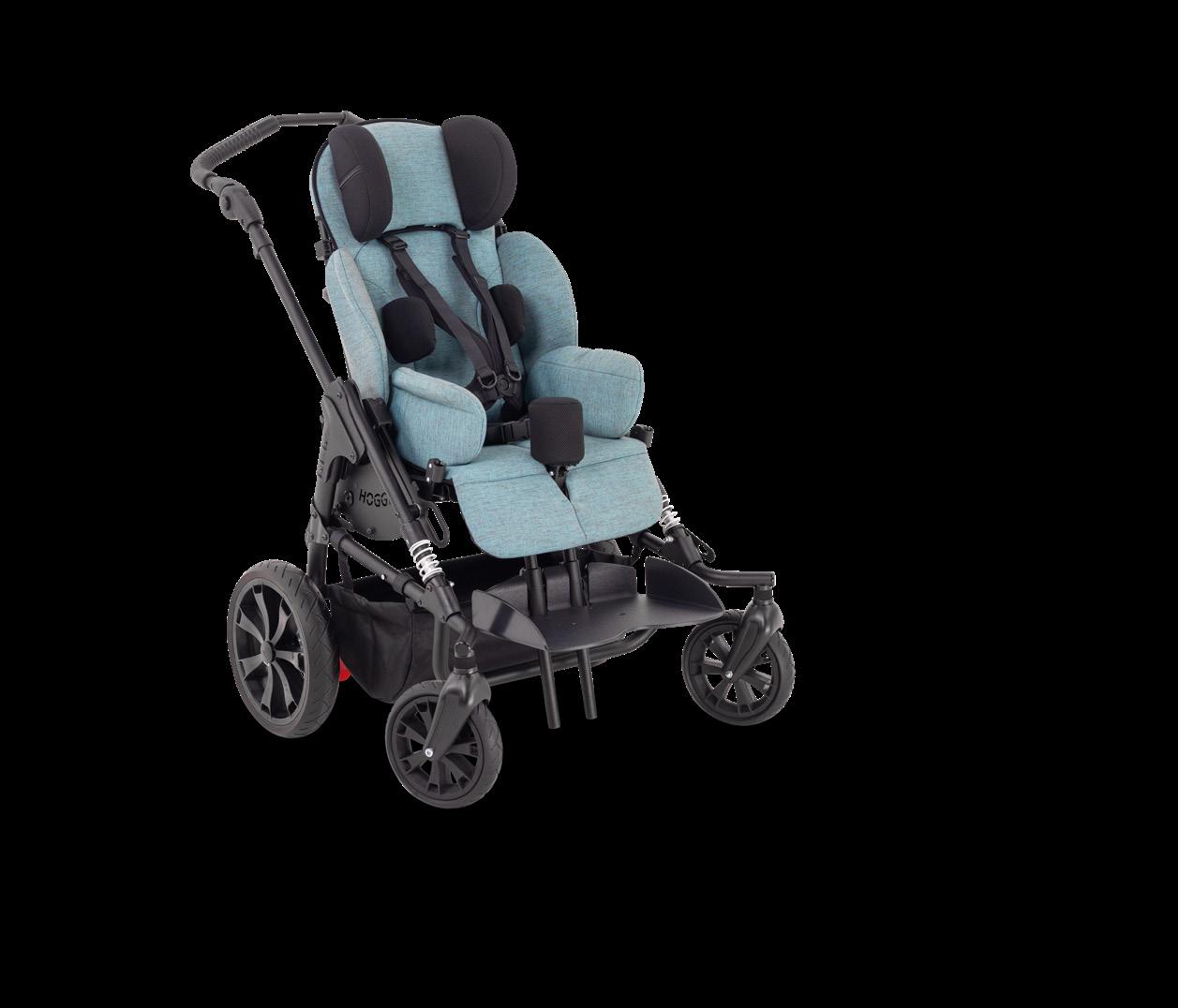
Manufacturer: Hoggi/Spex Seating
Supplier: Medifab
Weight: Up to 50kg | Height: N/A
• The Bingo Spex provides an optimum seating support designed to accommodate even the most challenging postures.
• Combines with the innovative rehab stroller – the Bingo OT. The adjustability of both systems provides maximum benefits for children with complex requirements.
• Offers a range of colours to suit any style. Stand out from the crowd with the Chilli Red or look pretty in pink with the Calypso.
Weight: Bingo Evo Mini - Up to 25kg, Bingo Evo - Up to 50kg
• The Bingo Evo and Bingo Evo Mini are robust stroller options with adjustable supports to suit a range of children, including those with high needs.
• Forward or rear facing: Easily remove and switch the seat unit around so your child can see you, or see the world.
• The Bingo stroller range features the Adaptive Suspension System, absorbs bumps from the ground, allowing the frame to be flexible in all directions, even diagonally which is effective on rough terrain.
Available with an indoor base! Simply
SUPPORTS A BABY THROUGH TO TODDLER YEARS.
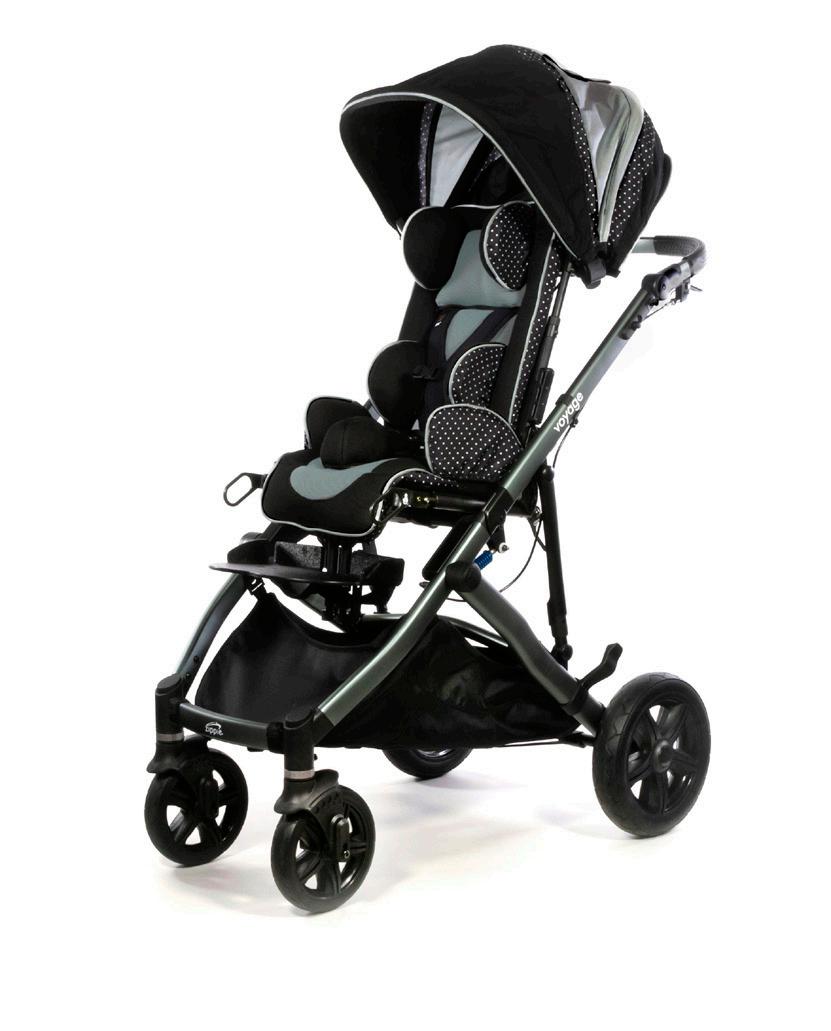

Manufacturer: Sunrise Medical Sunrise Medical
Weight: Up to 30kg
Height: N/A
Zippie Voyage is an early intervention stroller, complete with a quick-folding lightweight stroller frame, making transportation easy and practical. It features easy-to-use folding triggers, adjustable handles and foot operated locks.
Tilt and recline functionality to help improve a child’s positioning and assist with feeding, digestion, respiratory function and visual orientation: Tilt (with a range of 35°) or recline (of up to 180°).
The Voyage stroller positions your child for optimum growth and development by using positioning features including head supports, JAY chest straps, height adjustable backrest and lateral trunk support. Supports baby through to toddler years.
Bingo Evo Mini Bingo Evo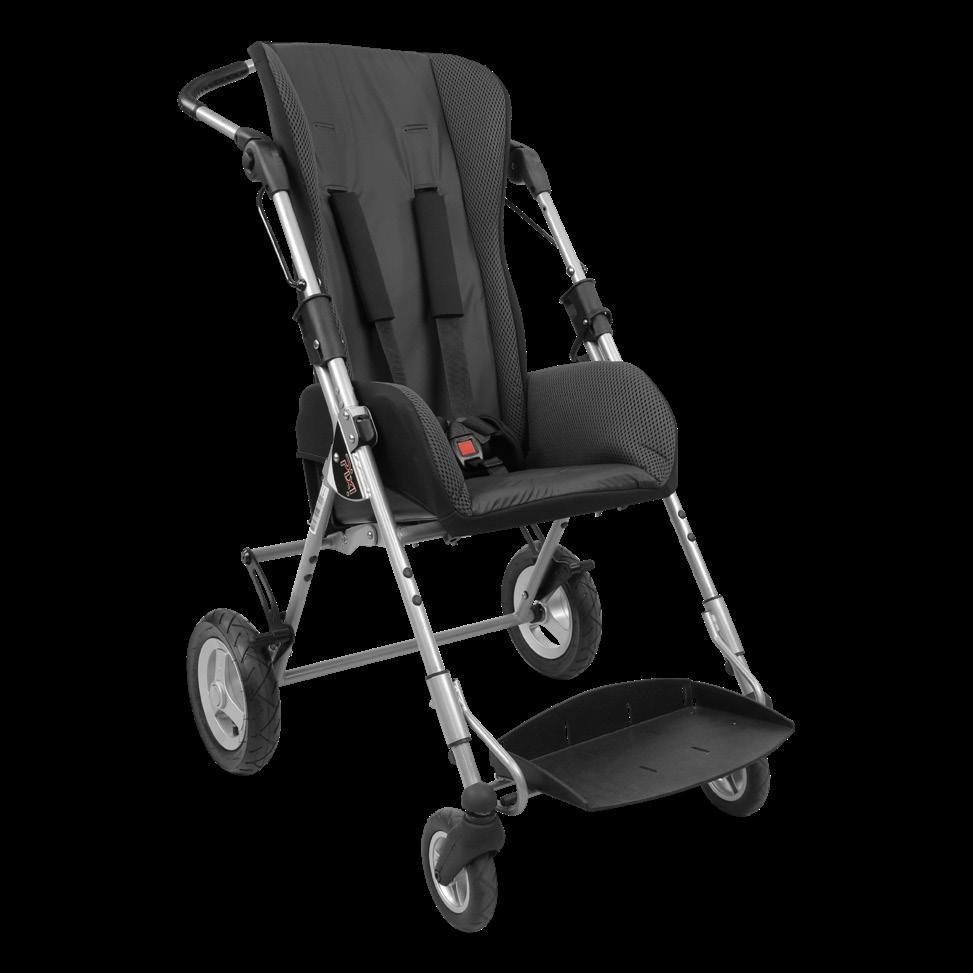
Manufacturer: Eurovema
Supplier: Medifab
Weight: Up to 50kg | Height: N/A
• The step-up footplate is a very robust design, allowing the child to self-transfer into the stroller without it tipping over whilst climbing in.
• A great stroller to push, with its ballbearing castors making it easy to move and highly manoeuvrable.
• The compact frame can be easily folded down to place in the boot of a vehicle.
Manufacturer: R82
Supplier: Etac
Weight: Up to 50kg
Height: N/A
• Cricket is a lightweight foldable buggy with a two-position back recline option for the user to change from a sitting position to a relaxed position.
• As the user grows, Cricket’s seat depth, seat width and height of footrests can be adjusted according to the child’s size.
• Easy fold and lightweight –extremely compact when folded; self-standing and requires minimum storage space.
Manufacturer: Leggero
Supplier: Healthcare Innovations
Australia
Weight: Up to 50kg
Height: N/A
Leggero Reach stroller is ideal for children with mild to moderate support needs. Its adjustability makes for a great fit, promoting good posture, which, in combination with a tray, helps with eating, playing and learning. Fully adjustable to allow for growth.
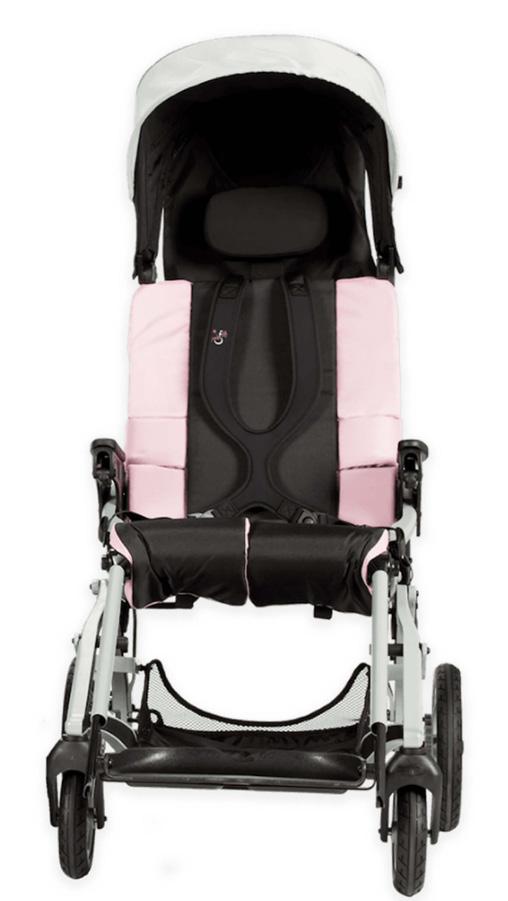
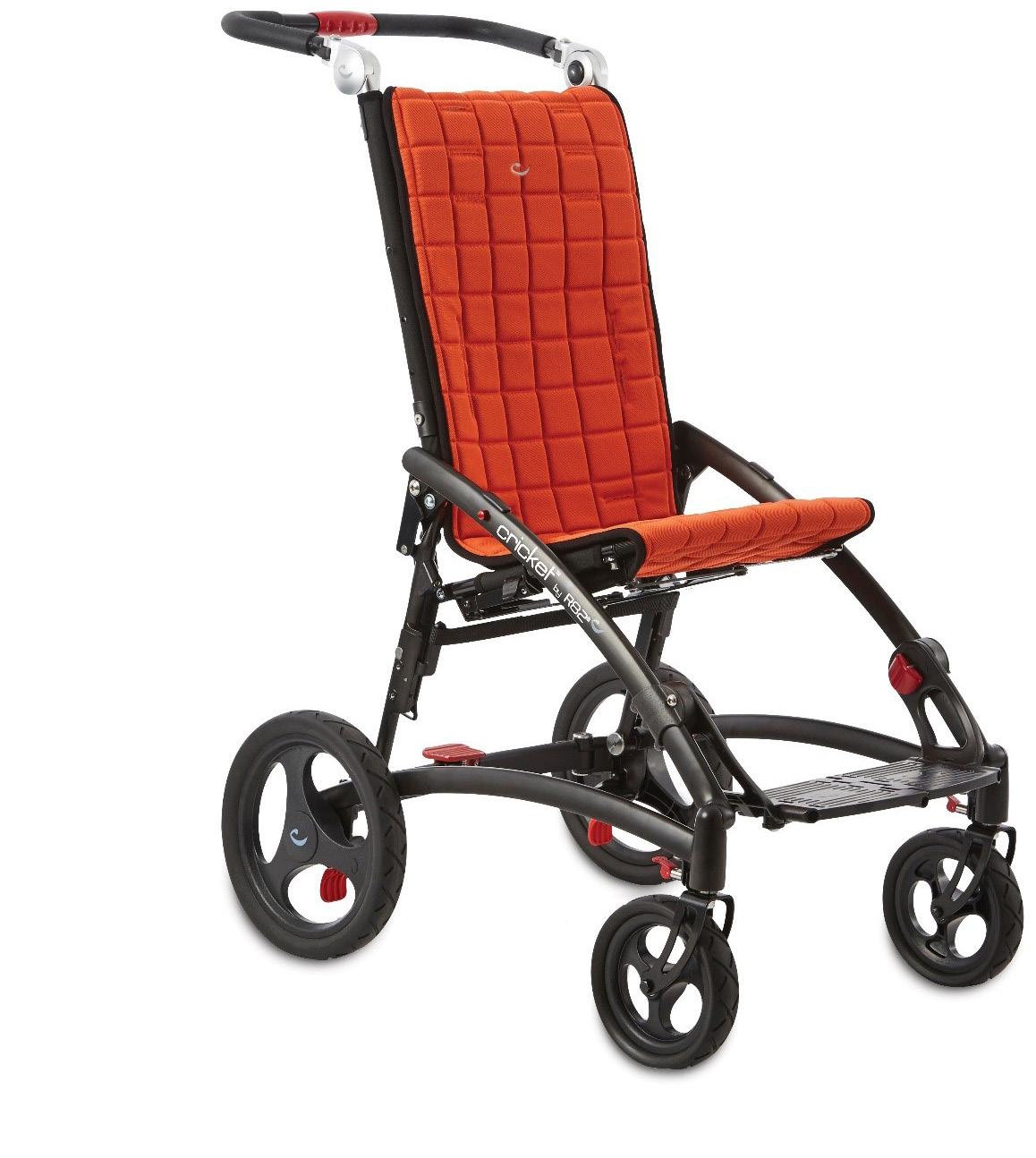
Manufacturer: Do Ability
Supplier: Do Ability
Weight: Up to 50kg
Height: N/A
• Able to carry children up to 50kg, the DoBuggy comes with a five-point adjustable harness and adjustable height footrest.
• Wrapover seat edges cover the metal framework, ensuring that your child keeps their hands and arms safe from getting trapped or bruised.
• It is available in one size and seat width and has in-built adjustability.
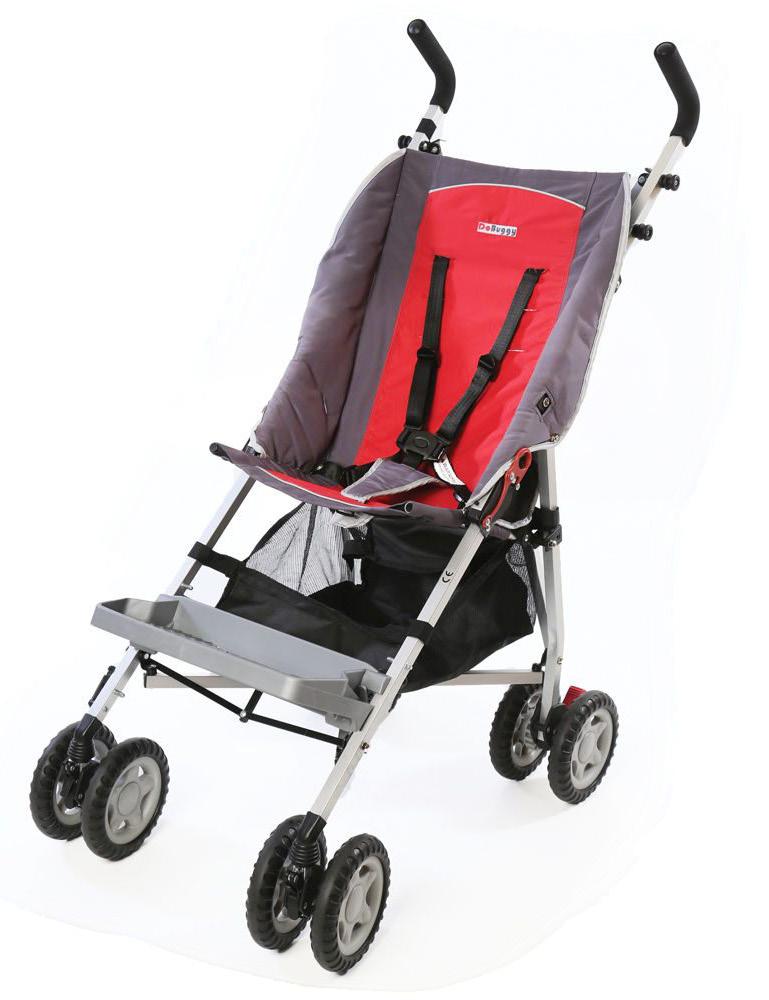
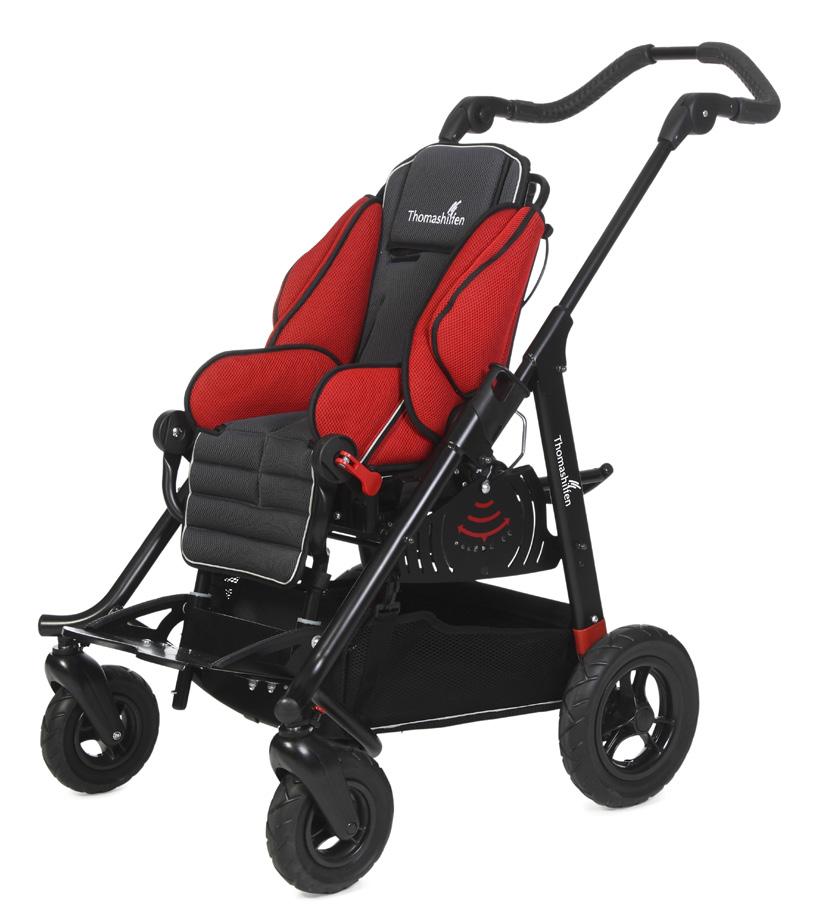
Manufacturer: Thomashilfen
Supplier: APEX Mobility
Weight: Up to 40kg | Height: N/A
• Tilt-In-Space and back rest recline with easy-adjust leg rest angle.
• Convenient foot-operated wheel lock.
• Sprung suspension absorbs vibrations and ensures optimum riding without compromising steering for the carer.
For a full list of suppliers, please scan QR code.


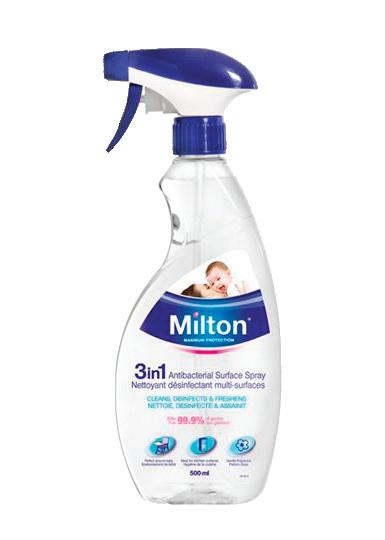




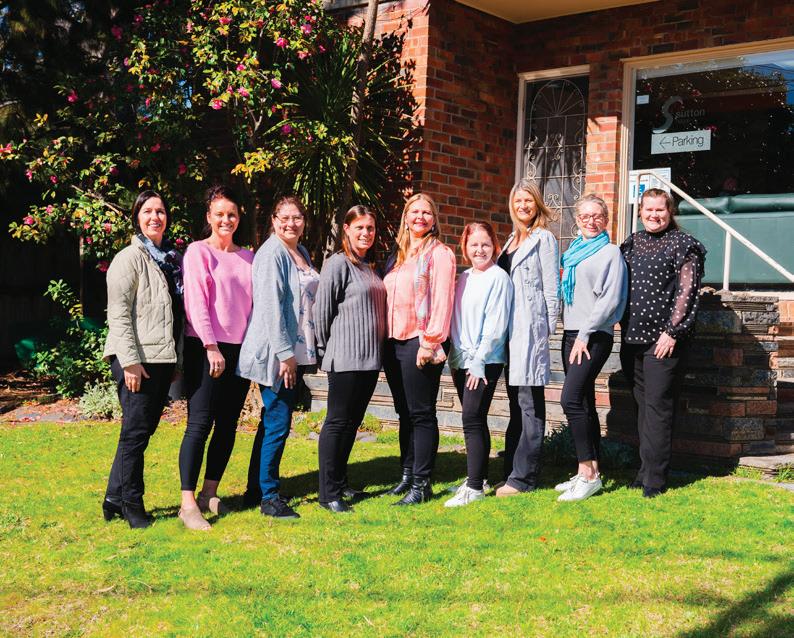

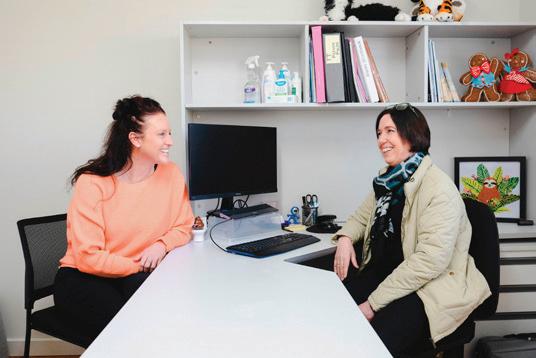
Your trusted NDIS Plan Manager takes the time to understand and get the most out of your plan.
Our Plan Management services give you:
Personalised Plan Manager – One person who is dedicated to you and your plan. Giving you the choice on how you wish to be supported.
Quick processing – We will respond to your queries same day wherever possible and promptly process all invoices and reimbursement within 2 business days.
Expertise and trust – We are NDIS registered, externally accredited and have delivered disability services for over 30 years.
Choice and Control – You have the right to choose your service provider, how and when you receive supports.
Breadth of NDIS services – we also provide a range of other services under the NDIS.
windermere.org.au
A school to belong, grow, discover and achieve.
St Paul’s College is a small, Catholic specialist school in Balwyn, Melbourne for children in Prep to Year 12.
Tailored classes for students with disability and sensory needs
Students (Year 6 and above) can be supported in dual enrolments at mainstream school settings
• Sensory rooms, assistive technology, allied health program and therapists.
We are currently taking enrolments for all age groups.
Contact us to book a tour 8595 2470 stpauls@vmch.com.au 3-13 Brenbeal Street, Balwyn.

Sign up online or find out more.
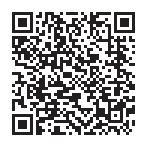



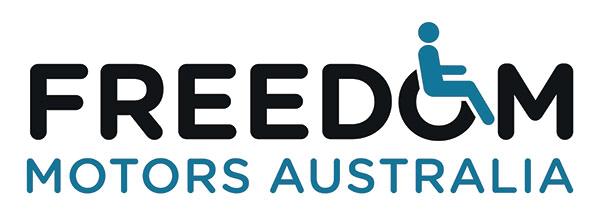


Xavier Place in Yeerongpilly is more than a short stay respite house. It’s a home-away-from-home for children and young people with physical disability and high support needs. And, an opportunity for families and full-time carers to take some time out to support their own mental health and wellbeing.
Our families have peace of mind that their child or young person’s routine is maintained, and their support needs are taken care of.
Staff trained by RNs and OTs
On-site nursing
Overnight wake and sleep shifts
Hi-lo beds and ceiling hoists
Health care needs supported
We tailor your child’s stay so that they have a lovely experience at Xavier Place. We take into consideration their interests and give them opportunities to try new activities and make friends.
Dedicated creative arts program with our Music Therapist and Art Therapist
Regular visits from our pet therapy friends
Cooking, gardening, movies, games and more
Sensory room
Weekly Teddy Bear Tea
Community activities and outings
Get in touch to book in Winter and Autumn stays at

“Seeing the children at Xavier Place connect with one another and our staff is wonderful. The house is full of positive vibes, it really is a special place.”
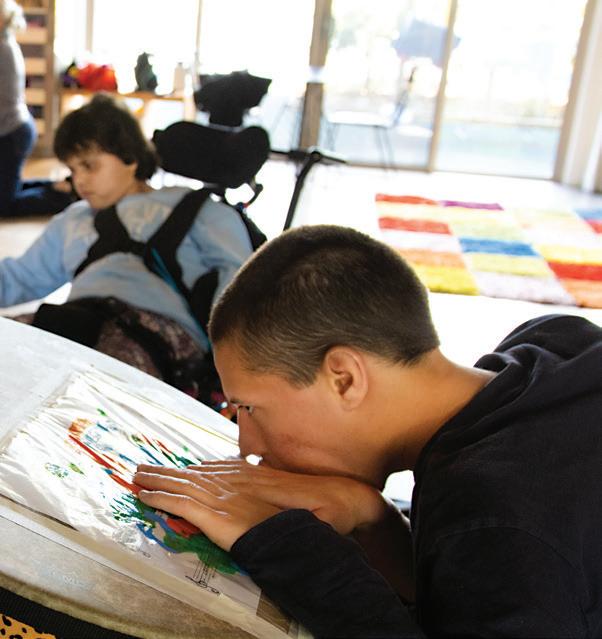
 Cheryl, Xavier Place Coordinator
Cheryl, Xavier Place Coordinator
